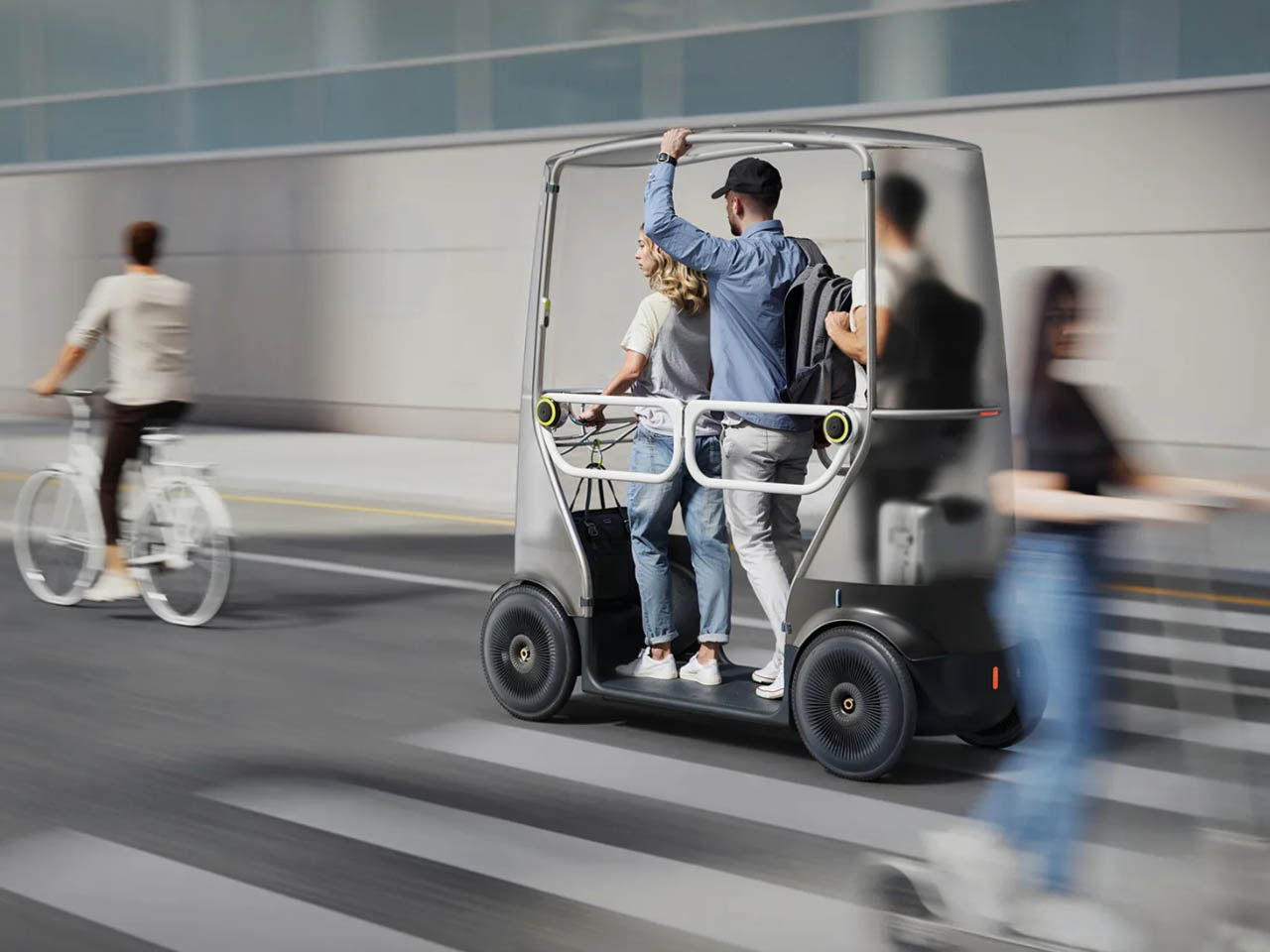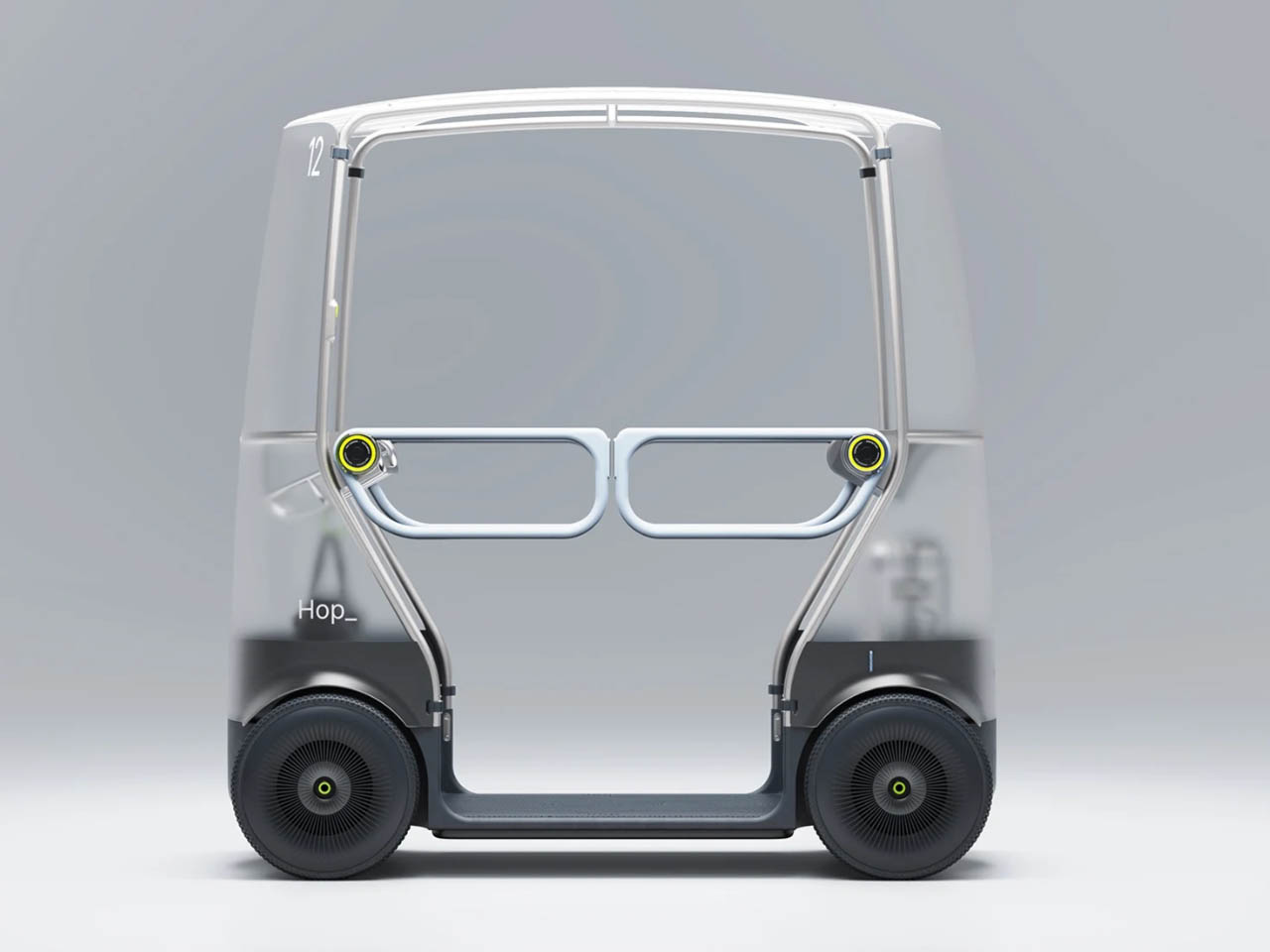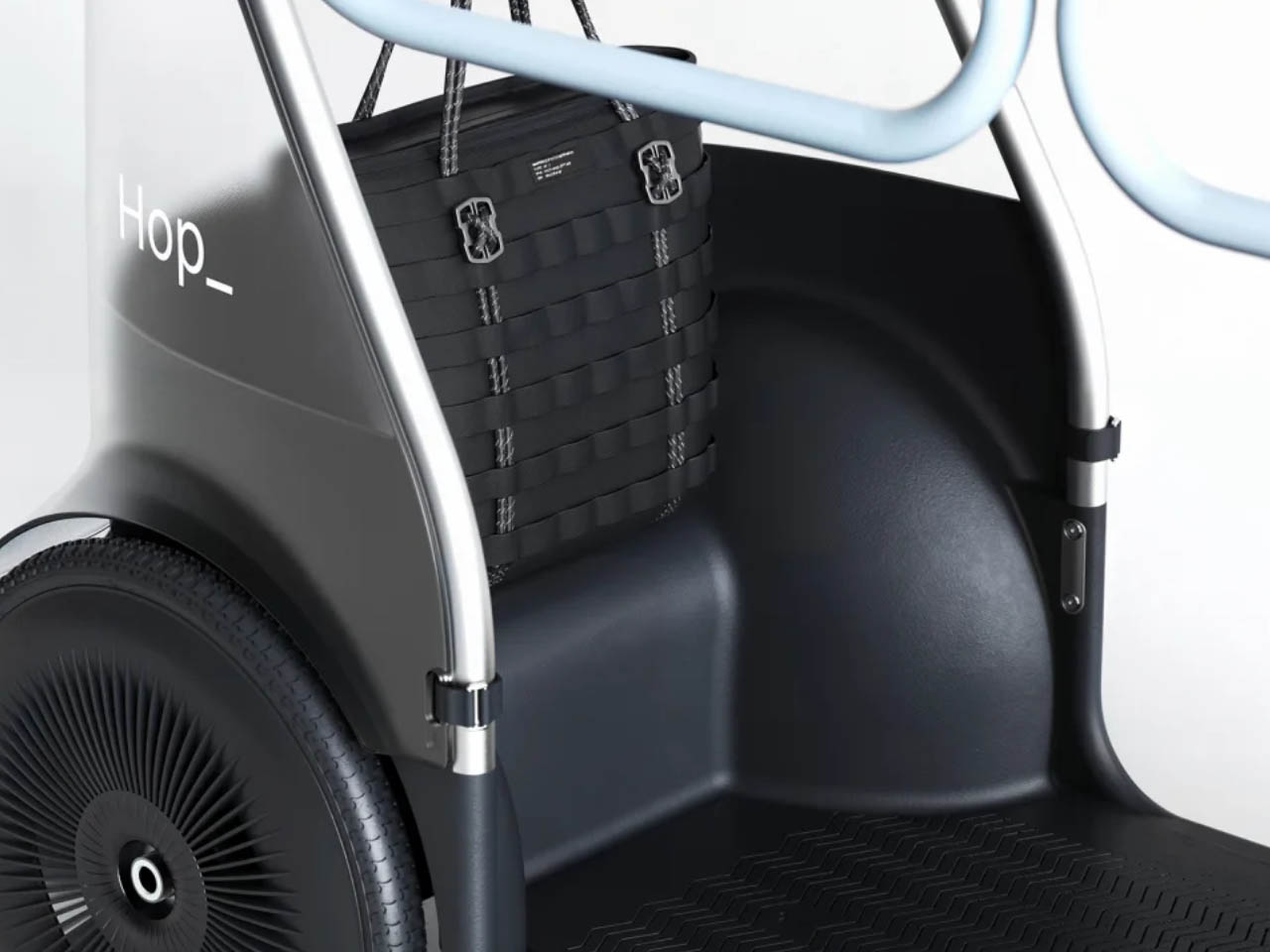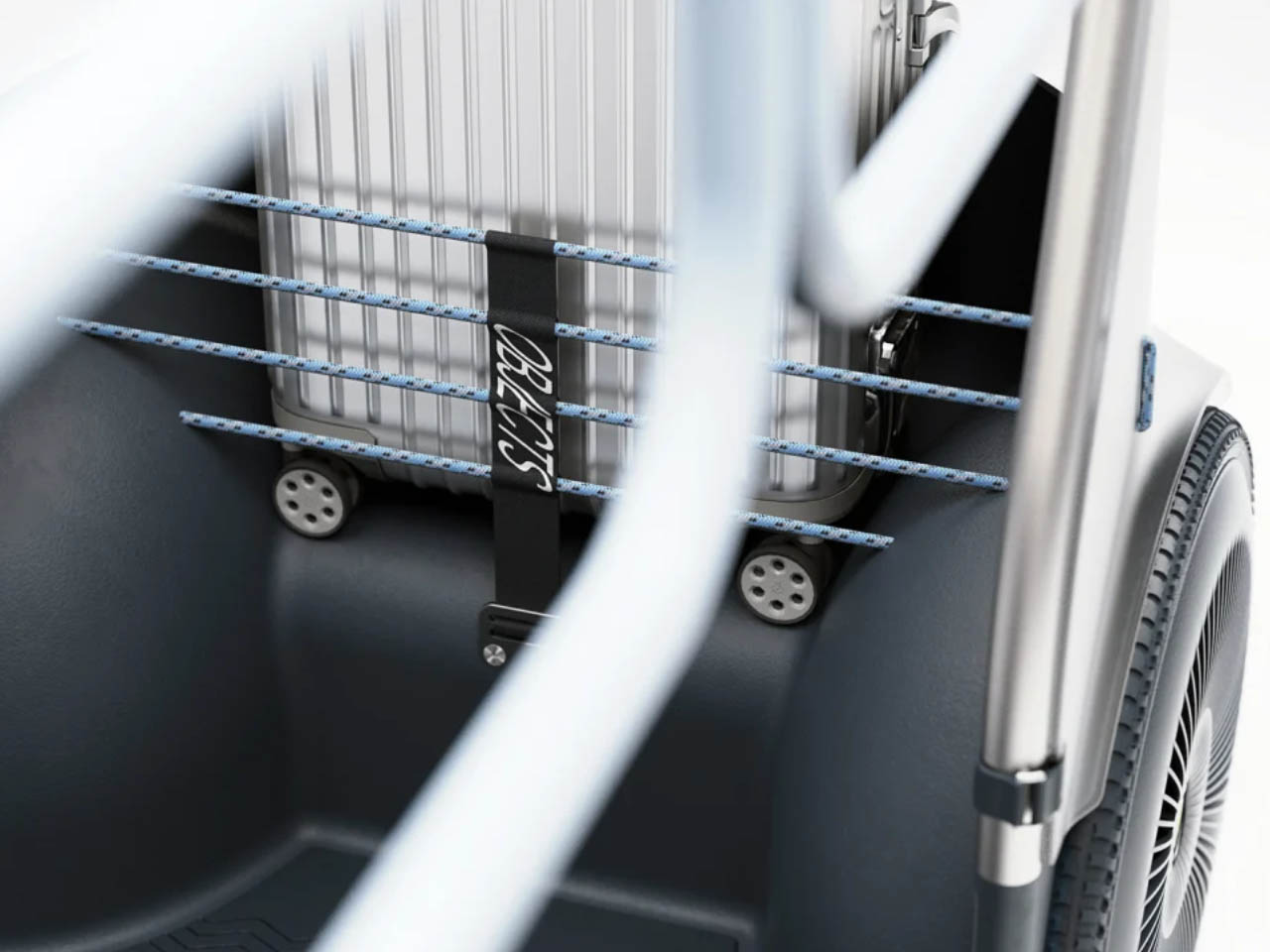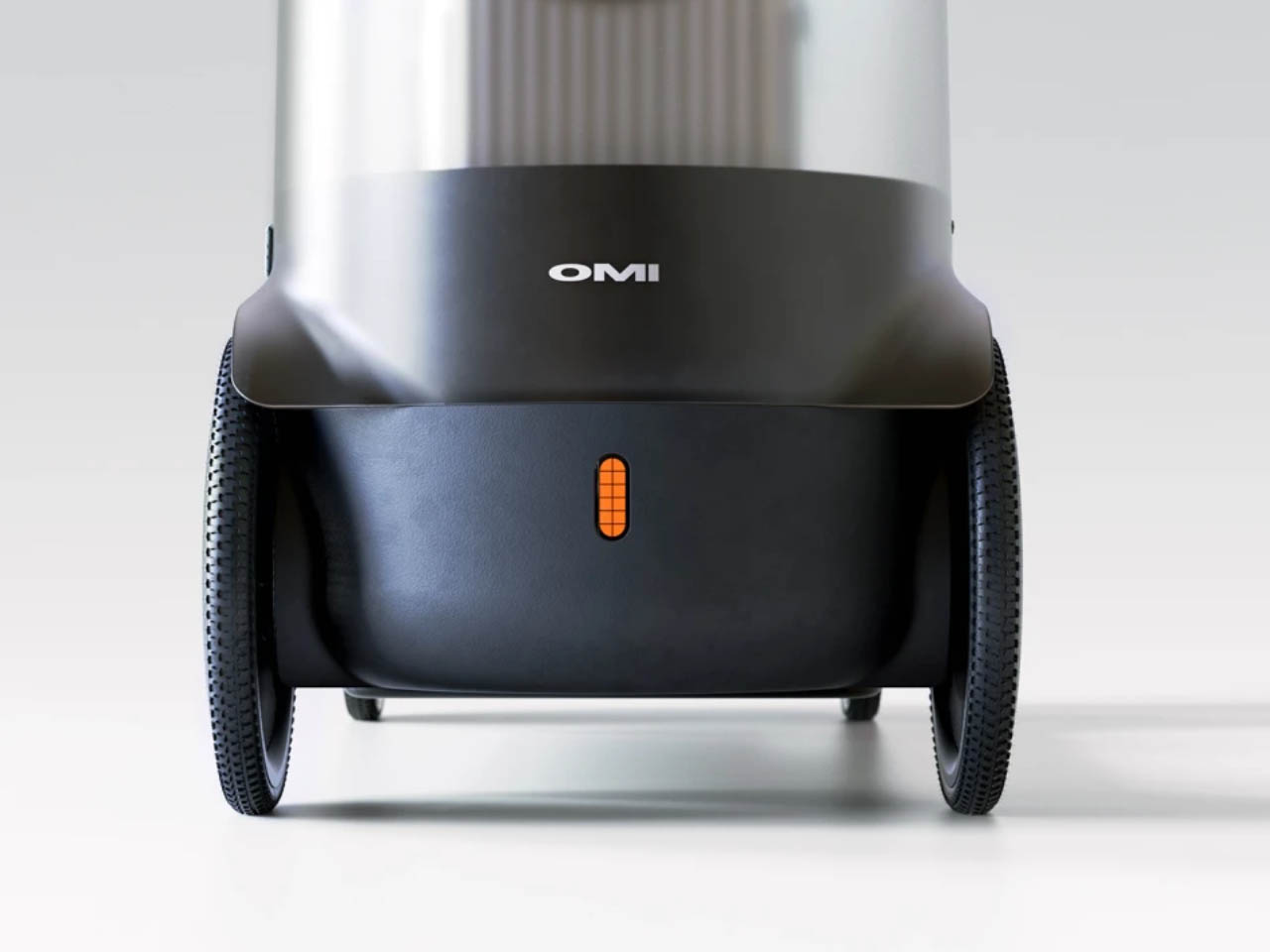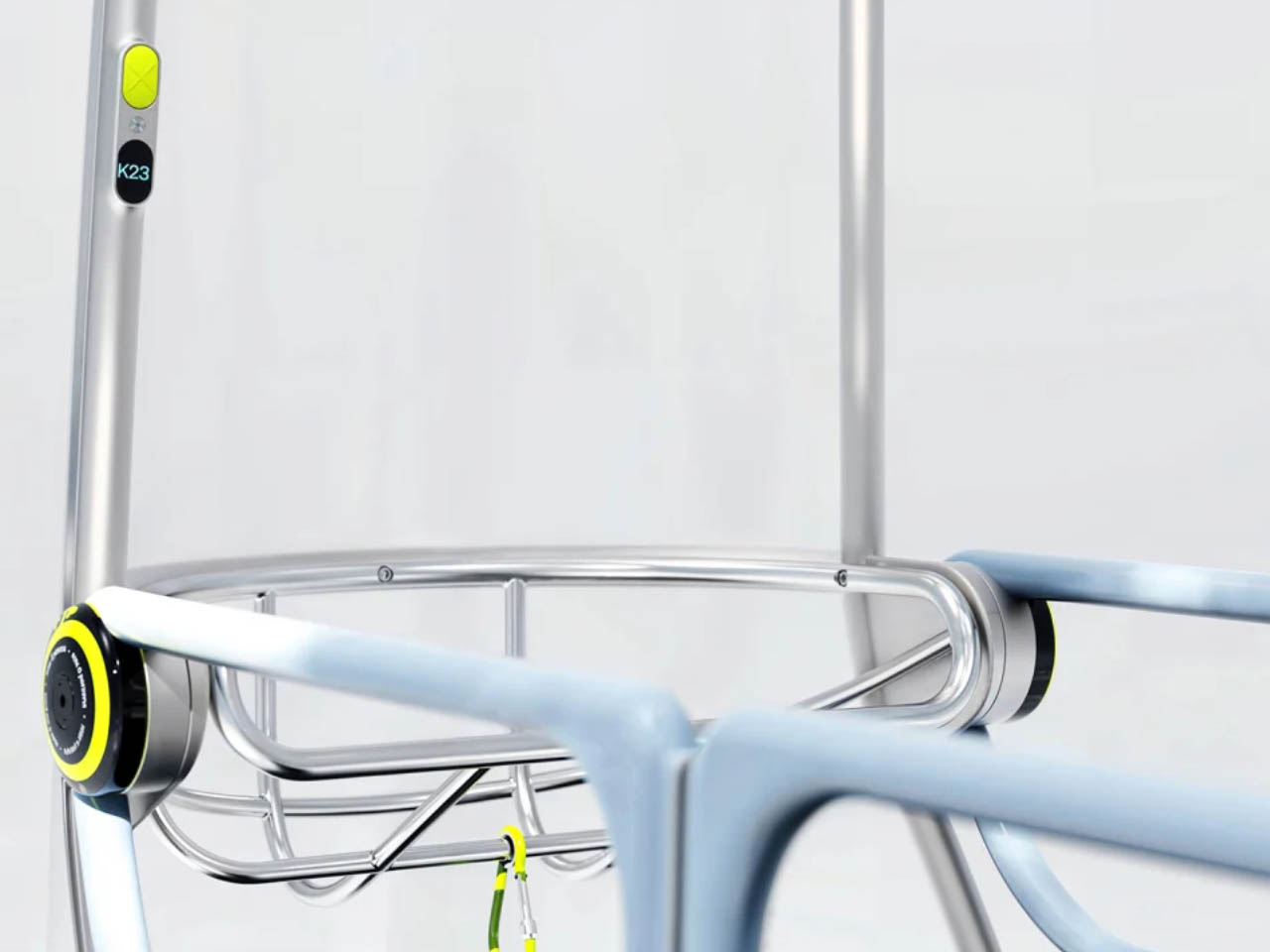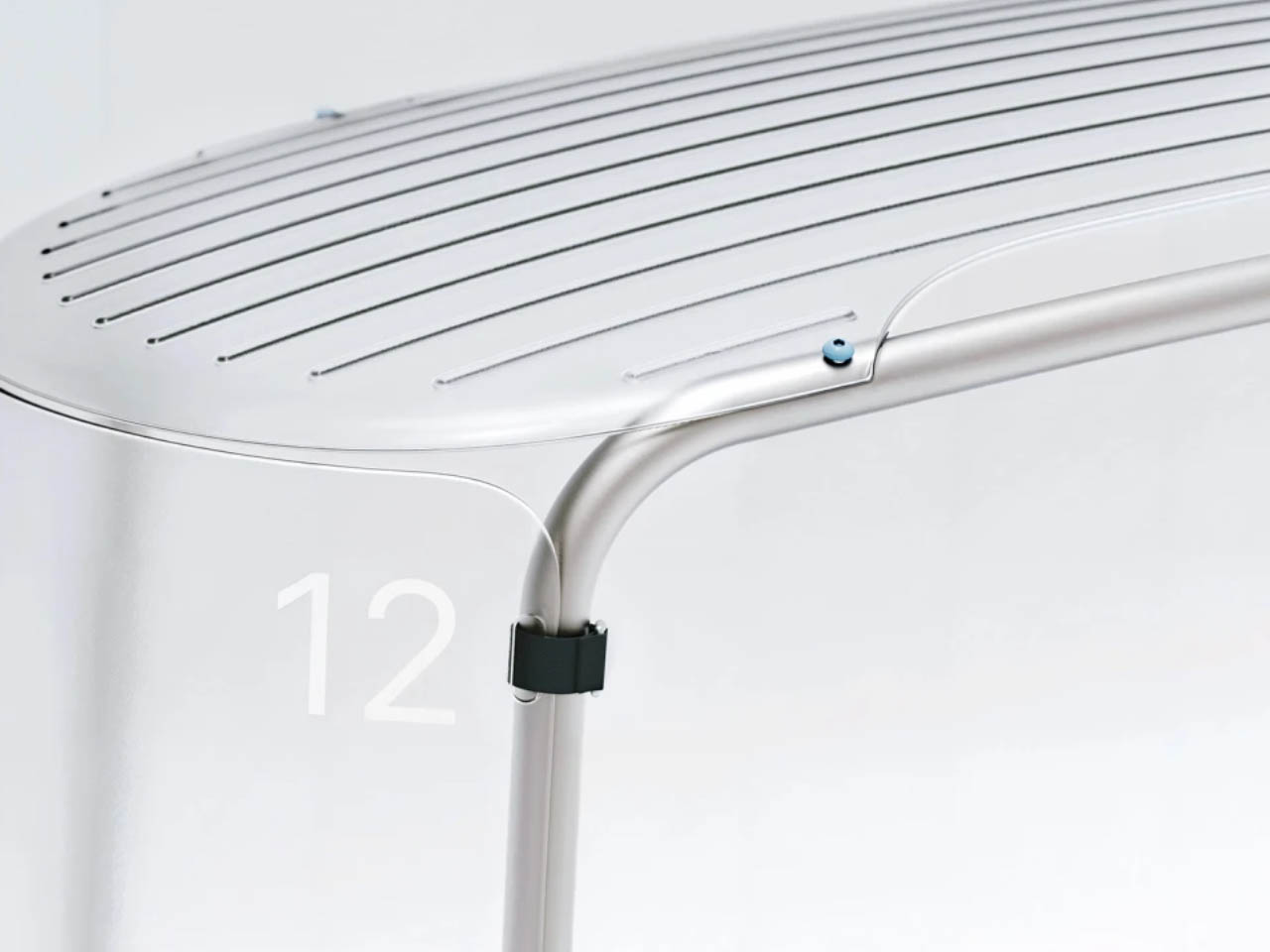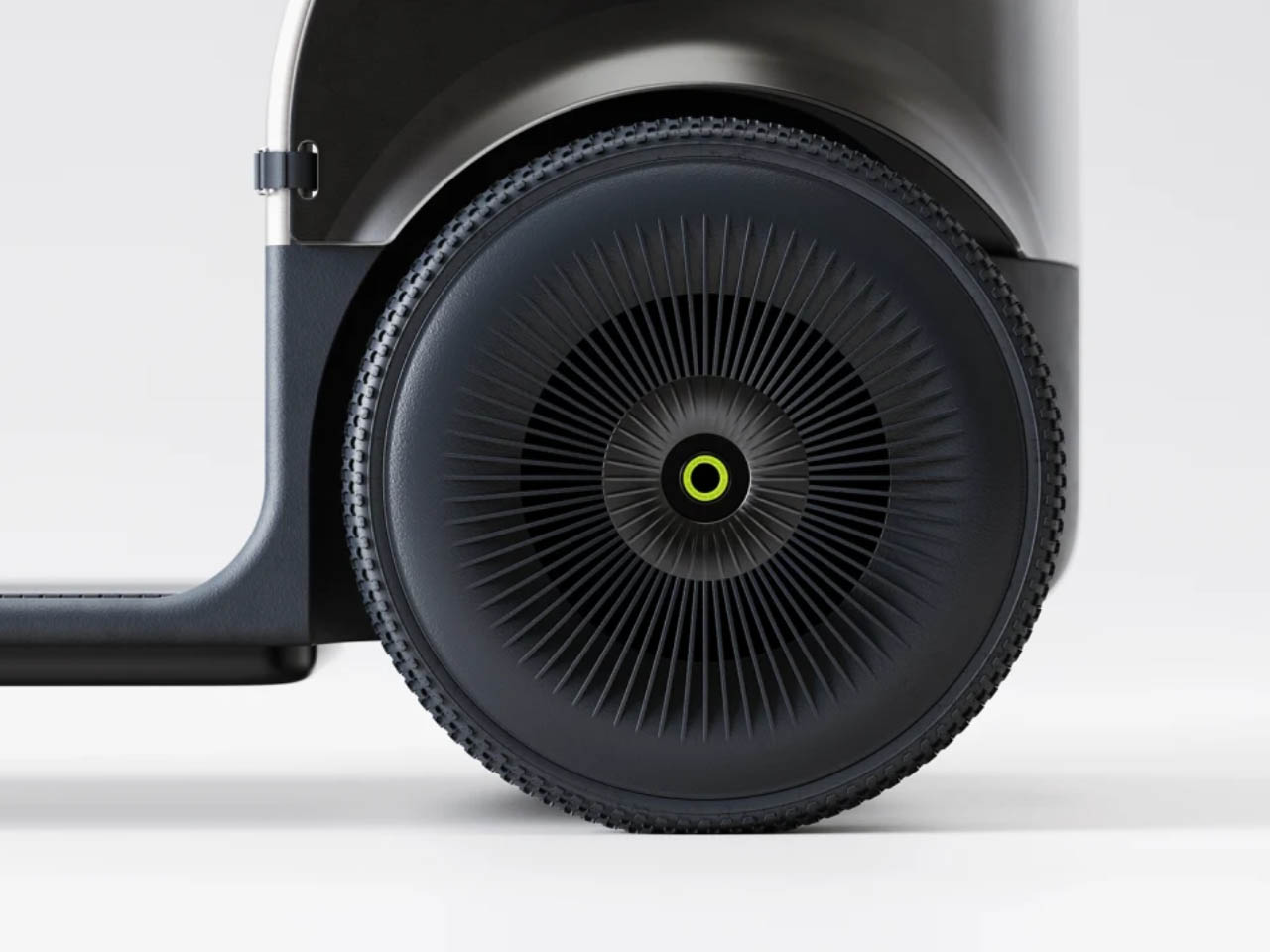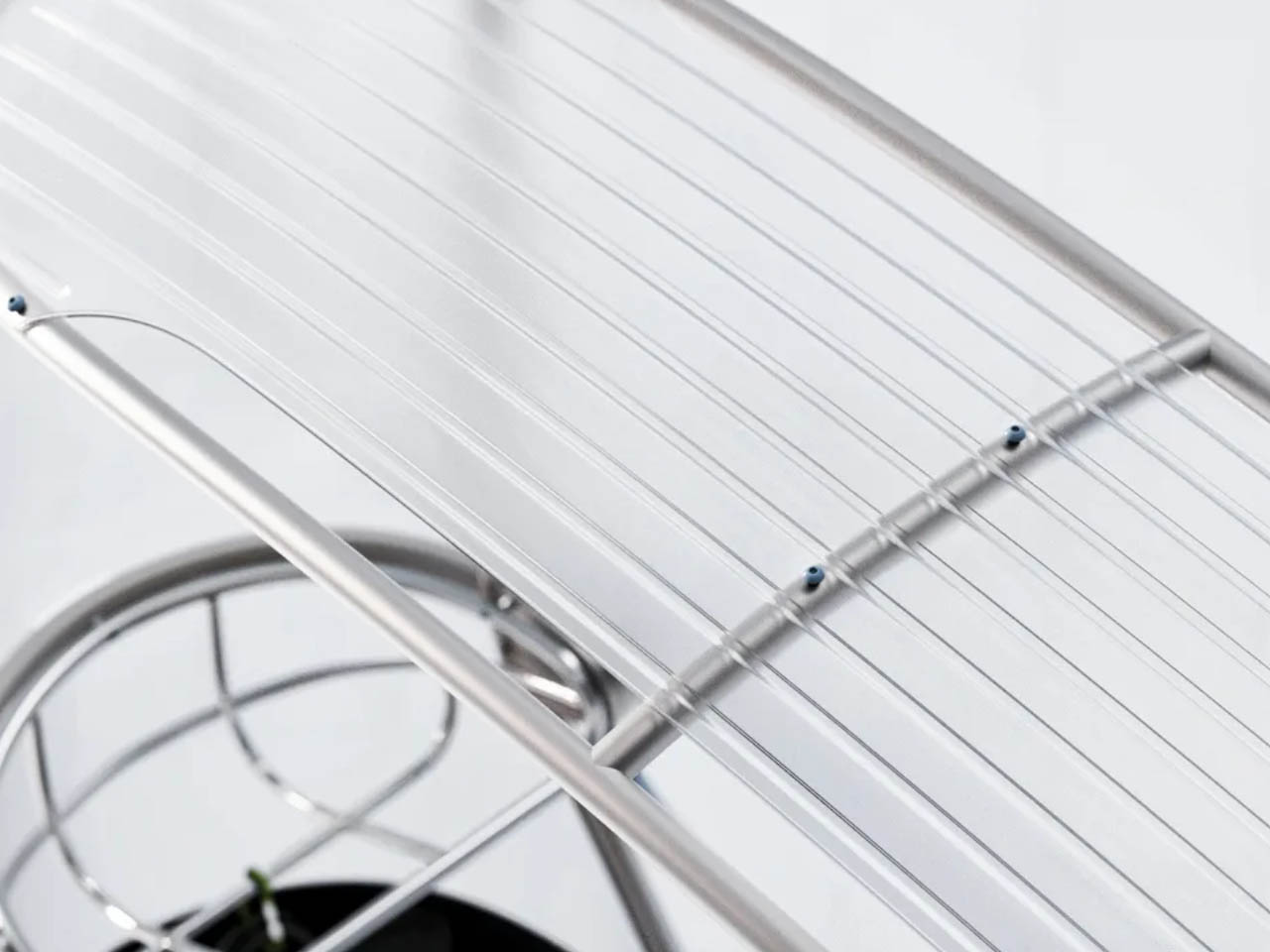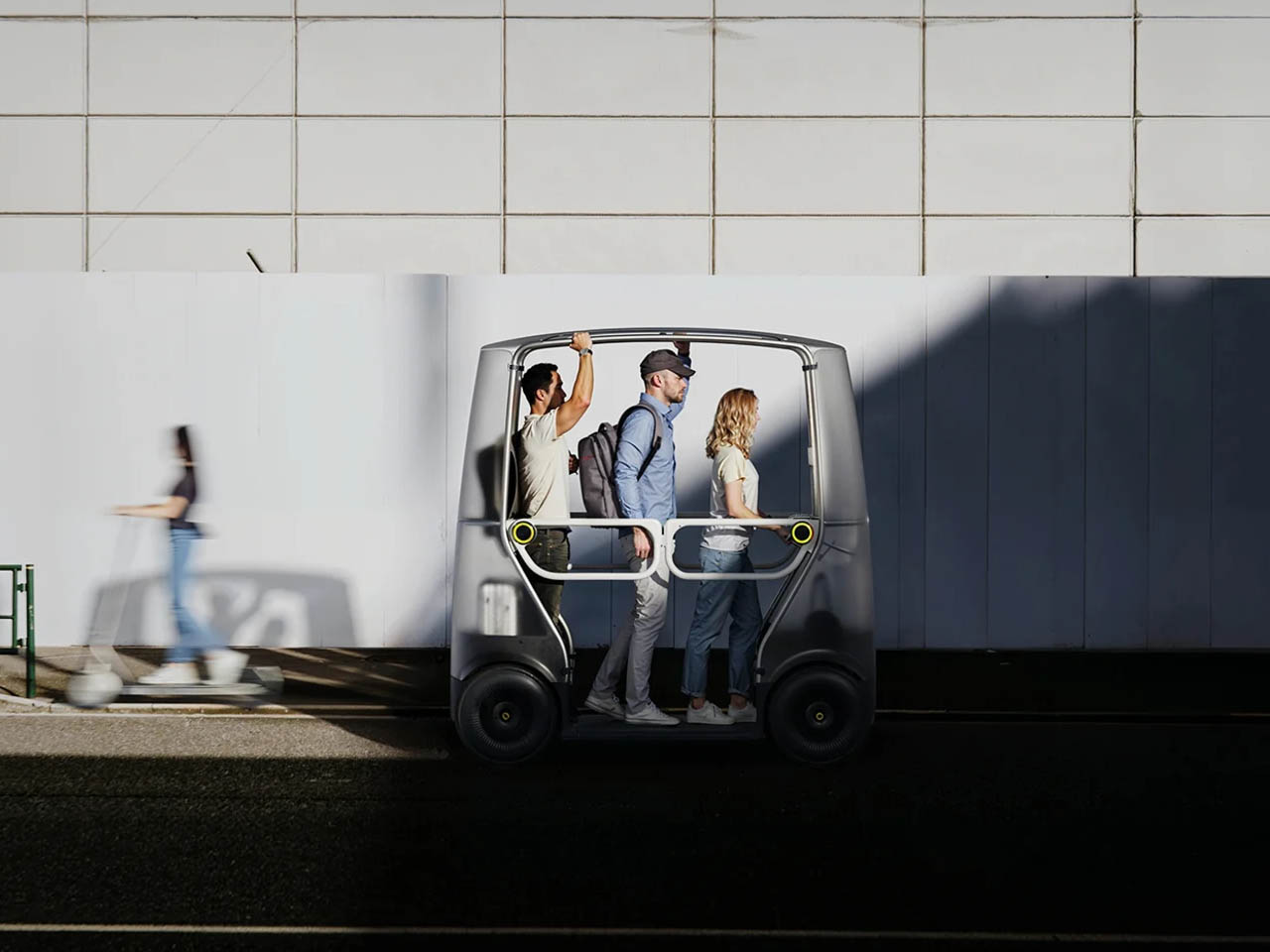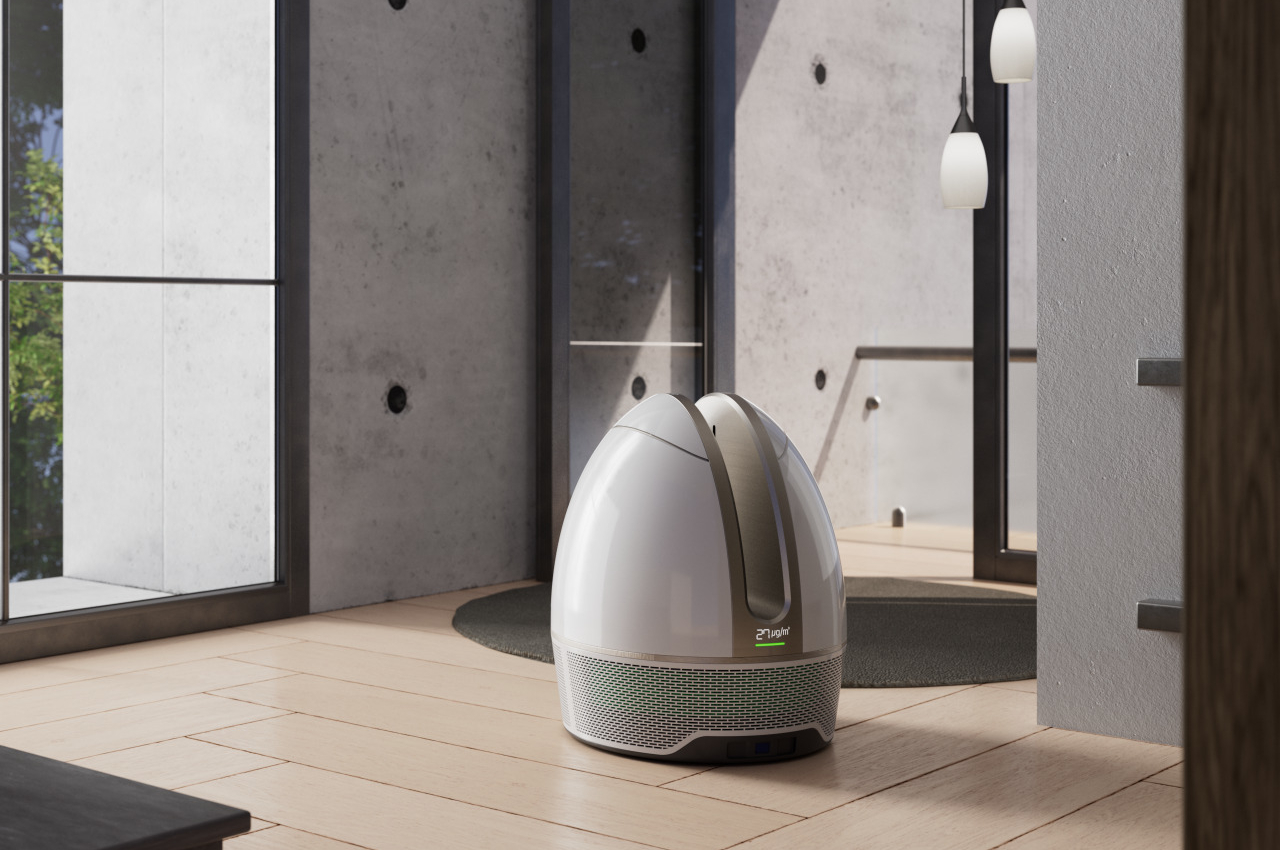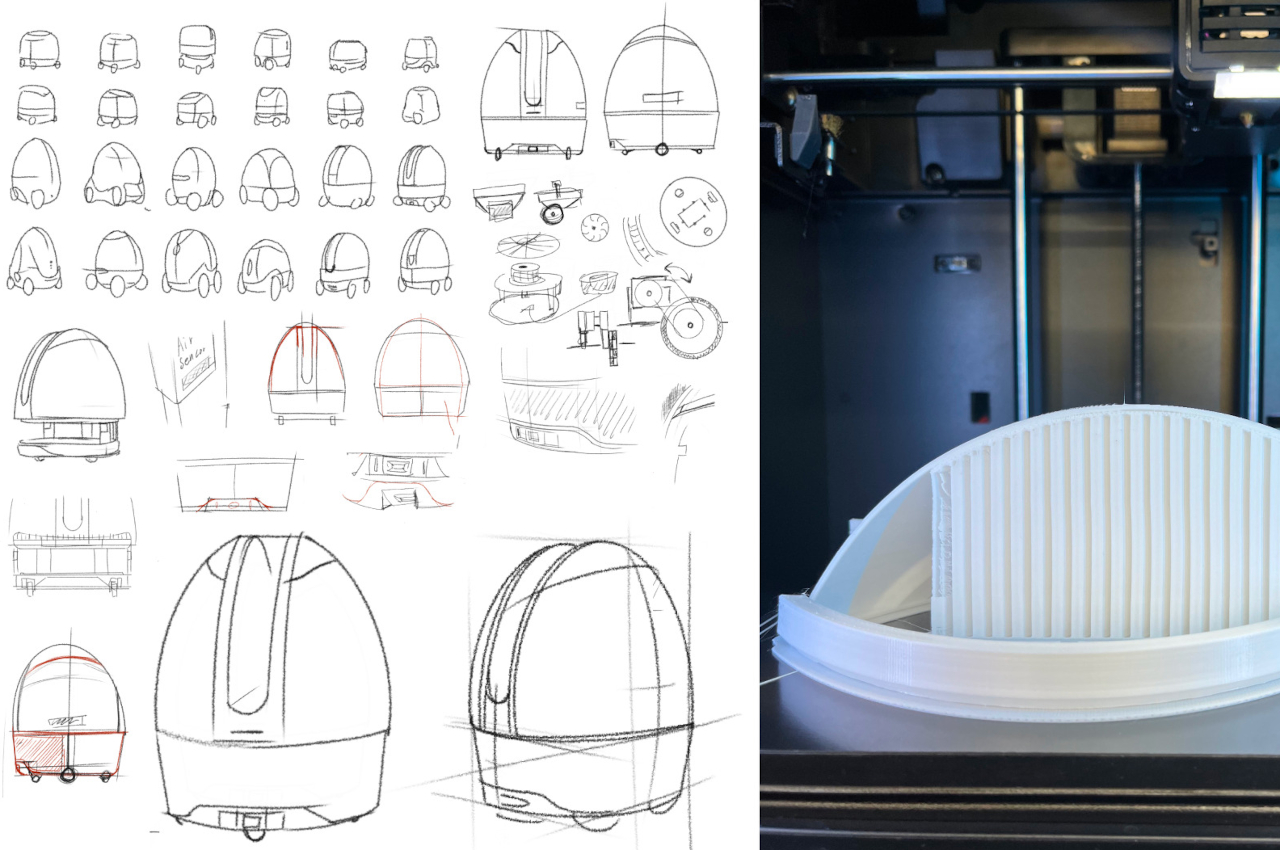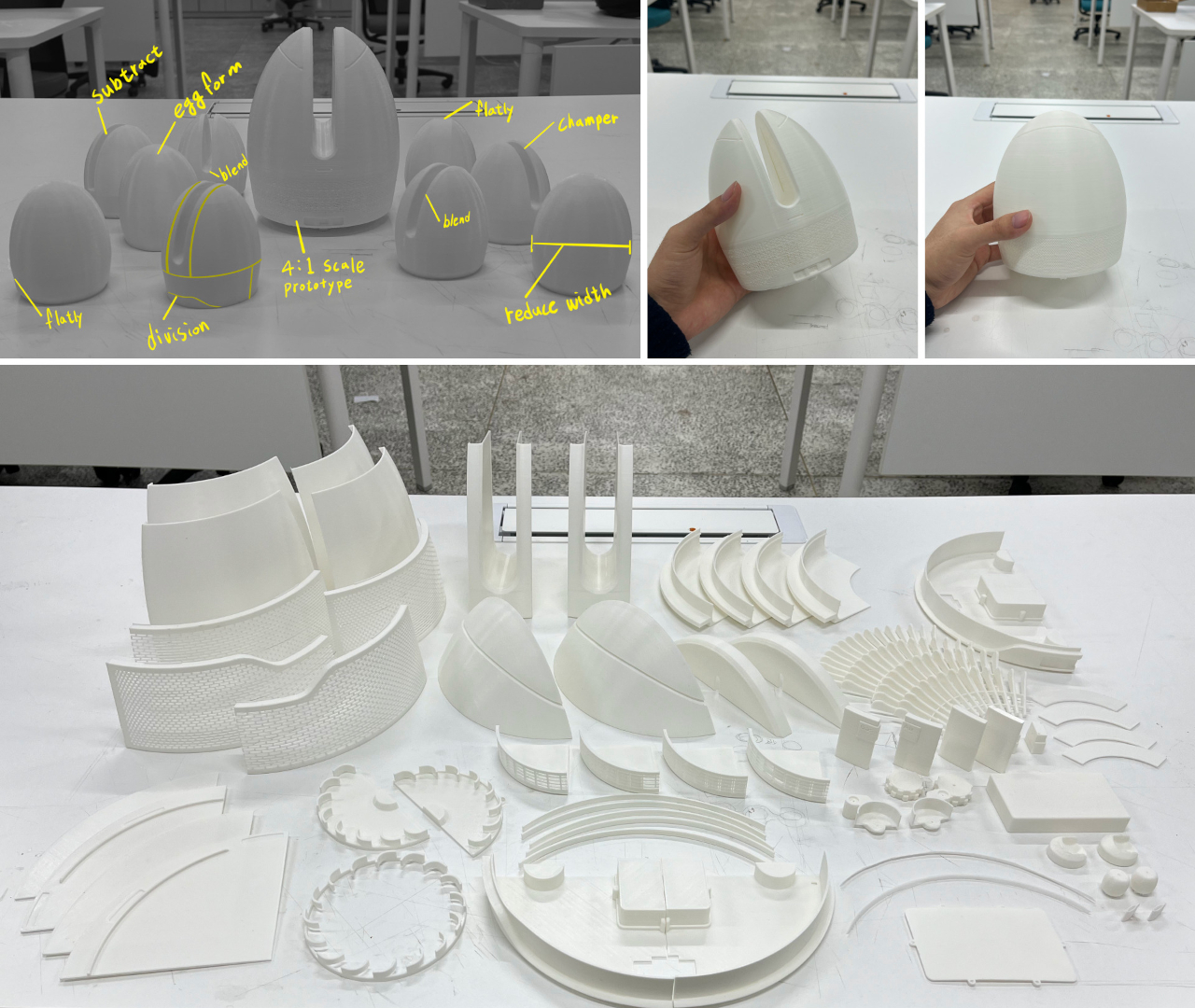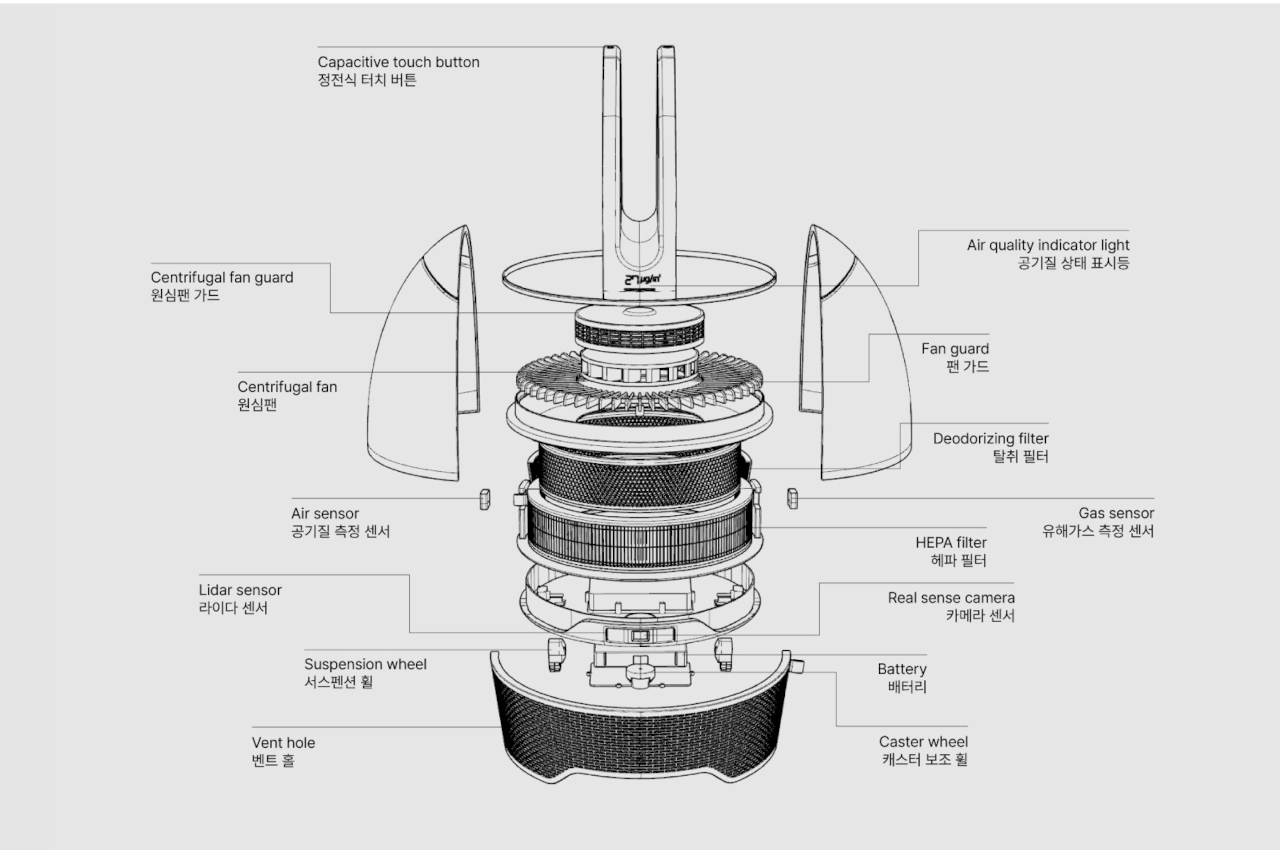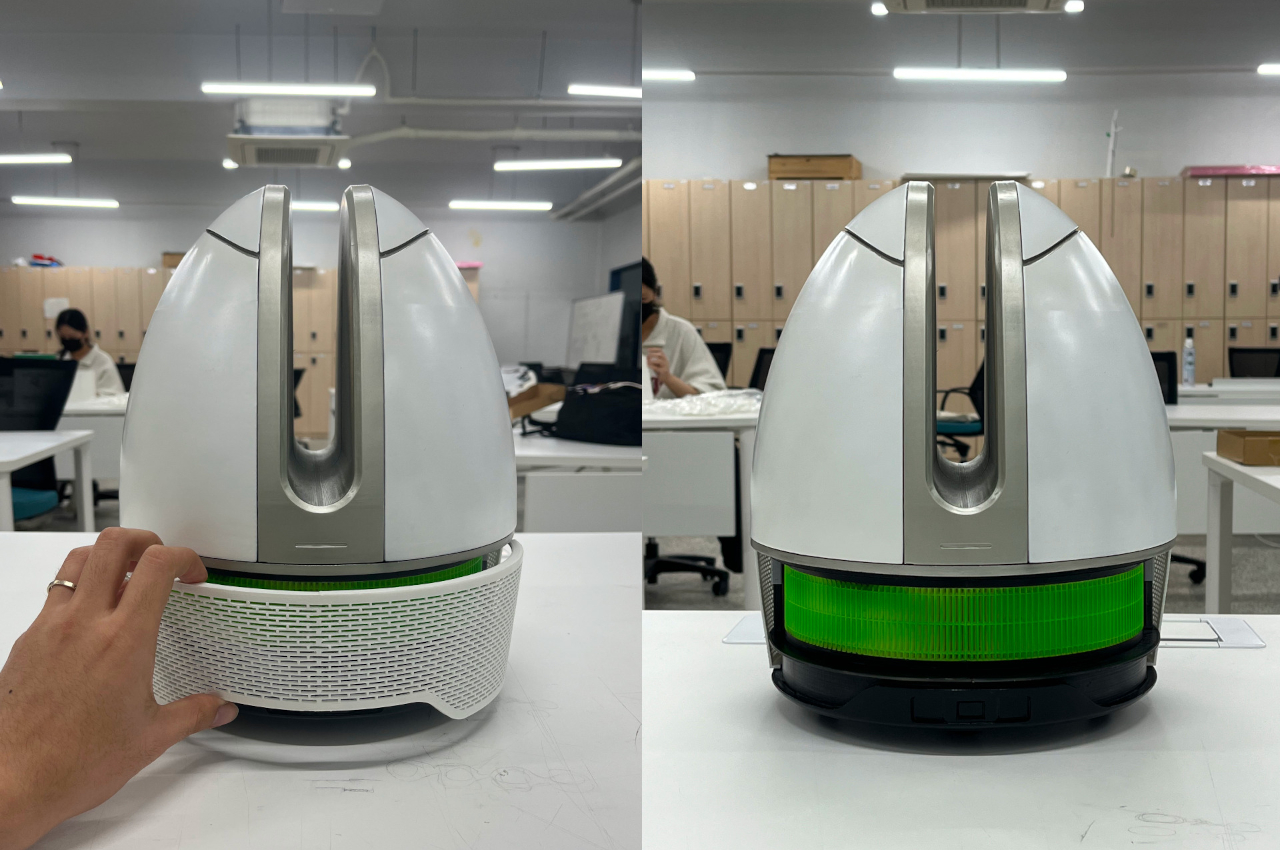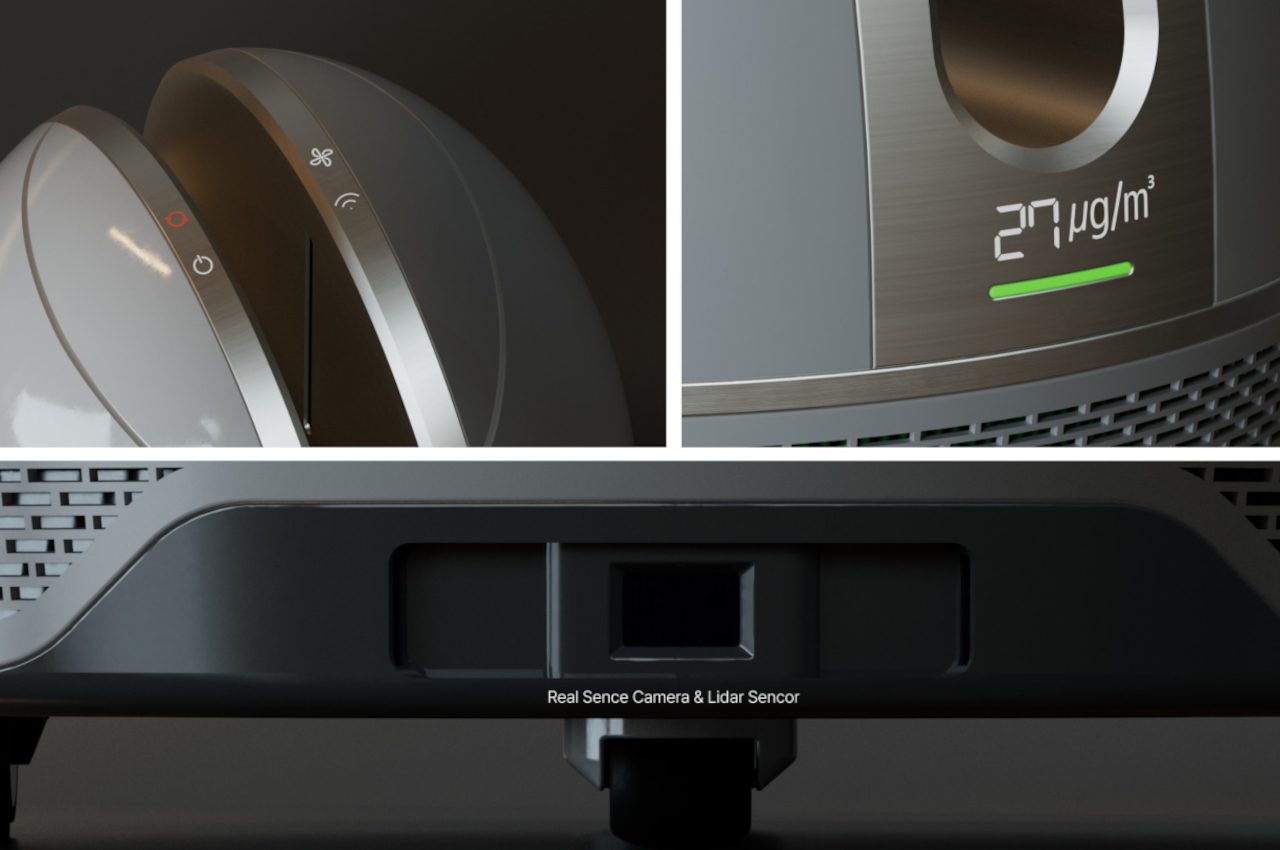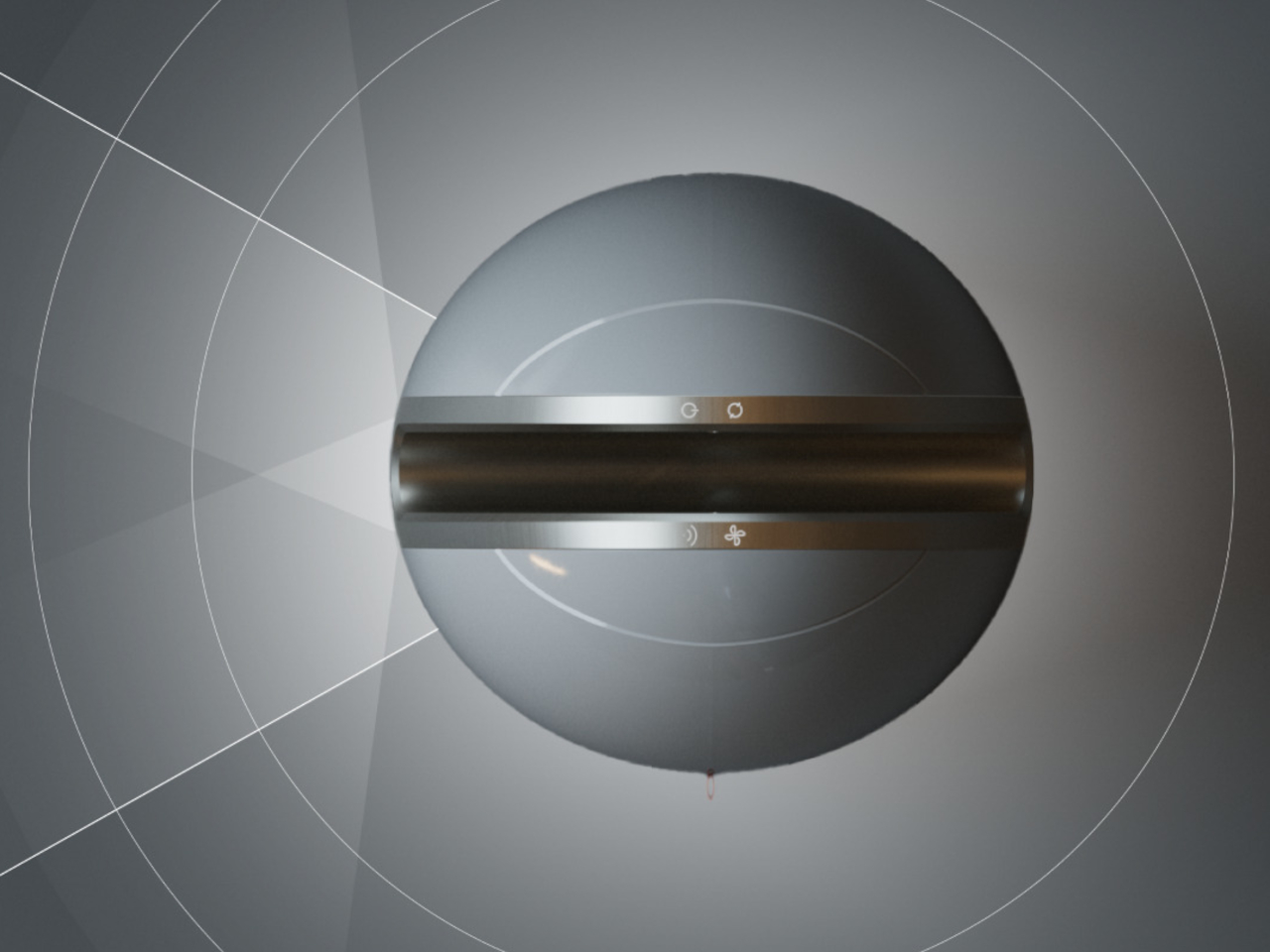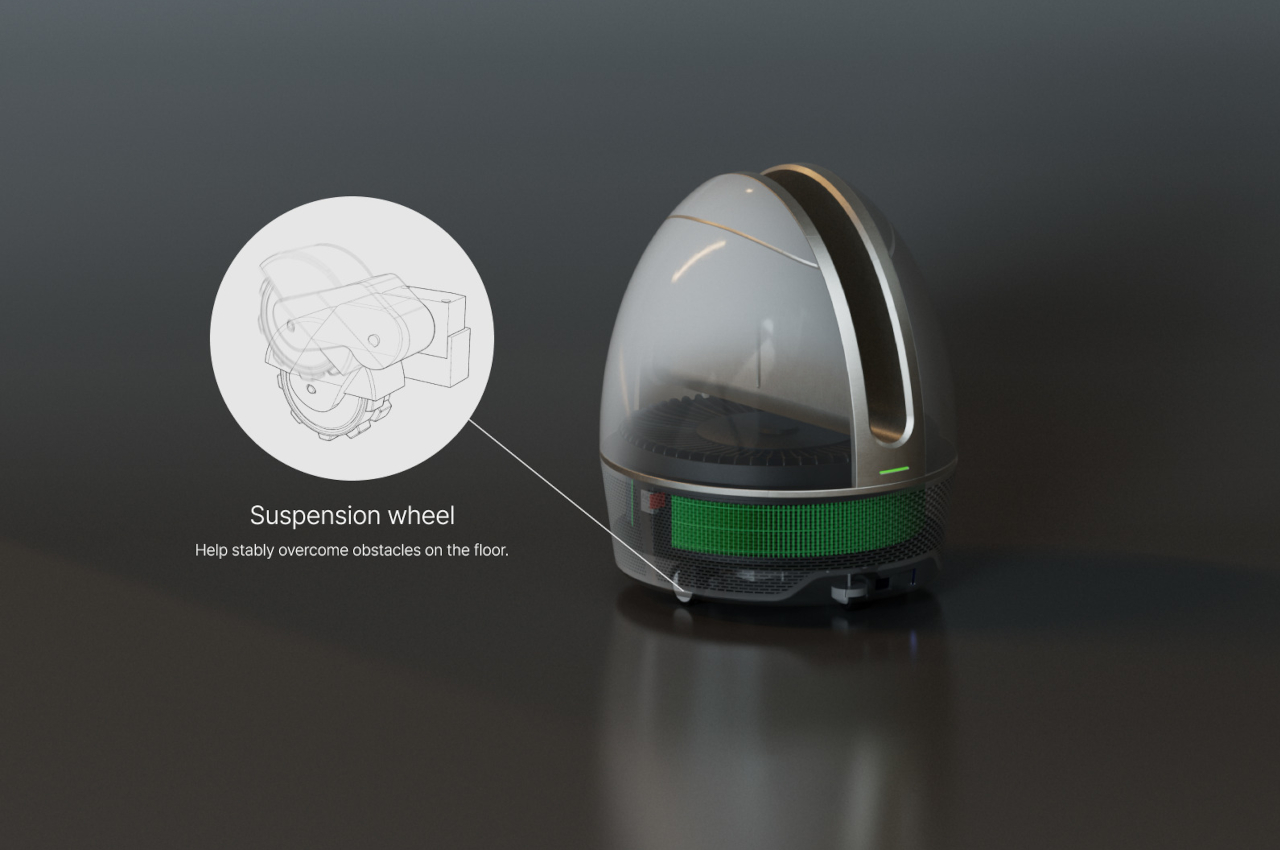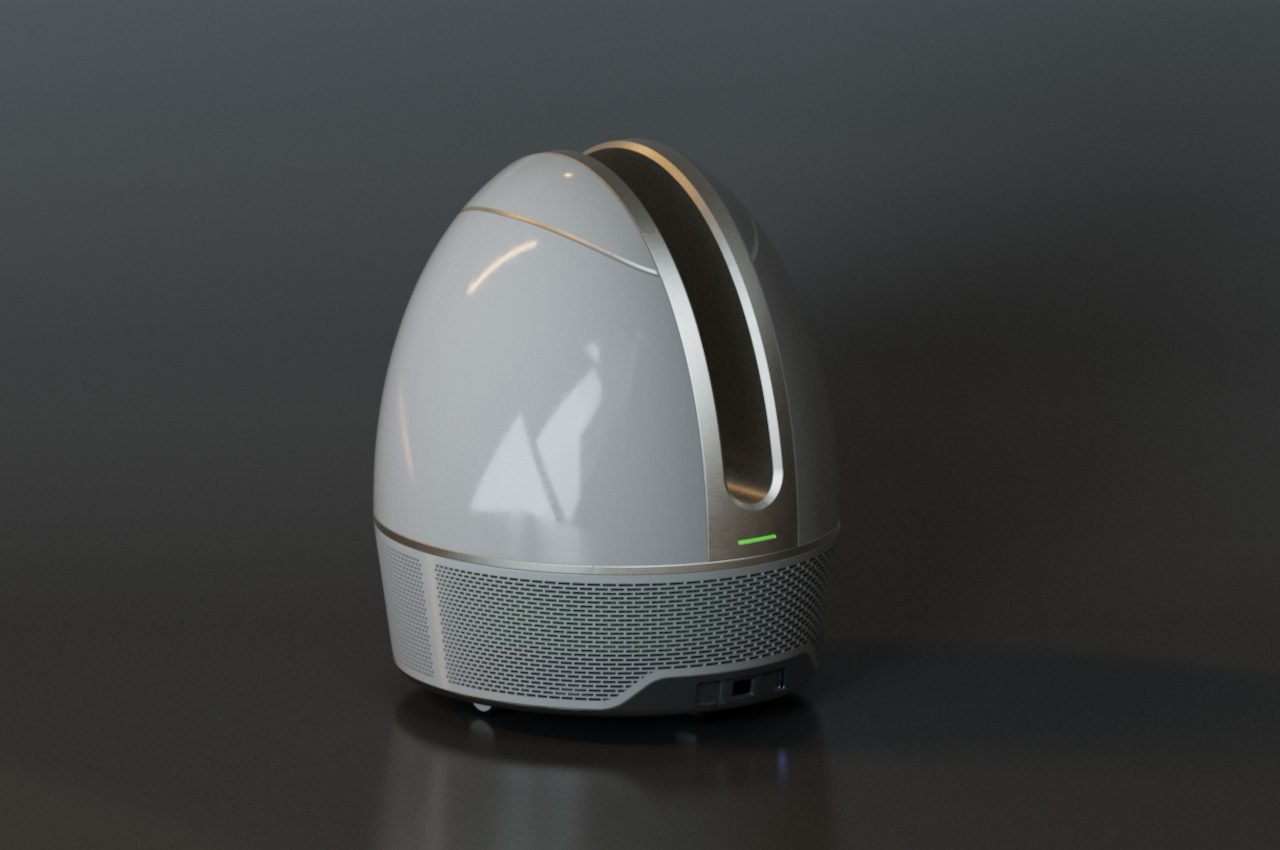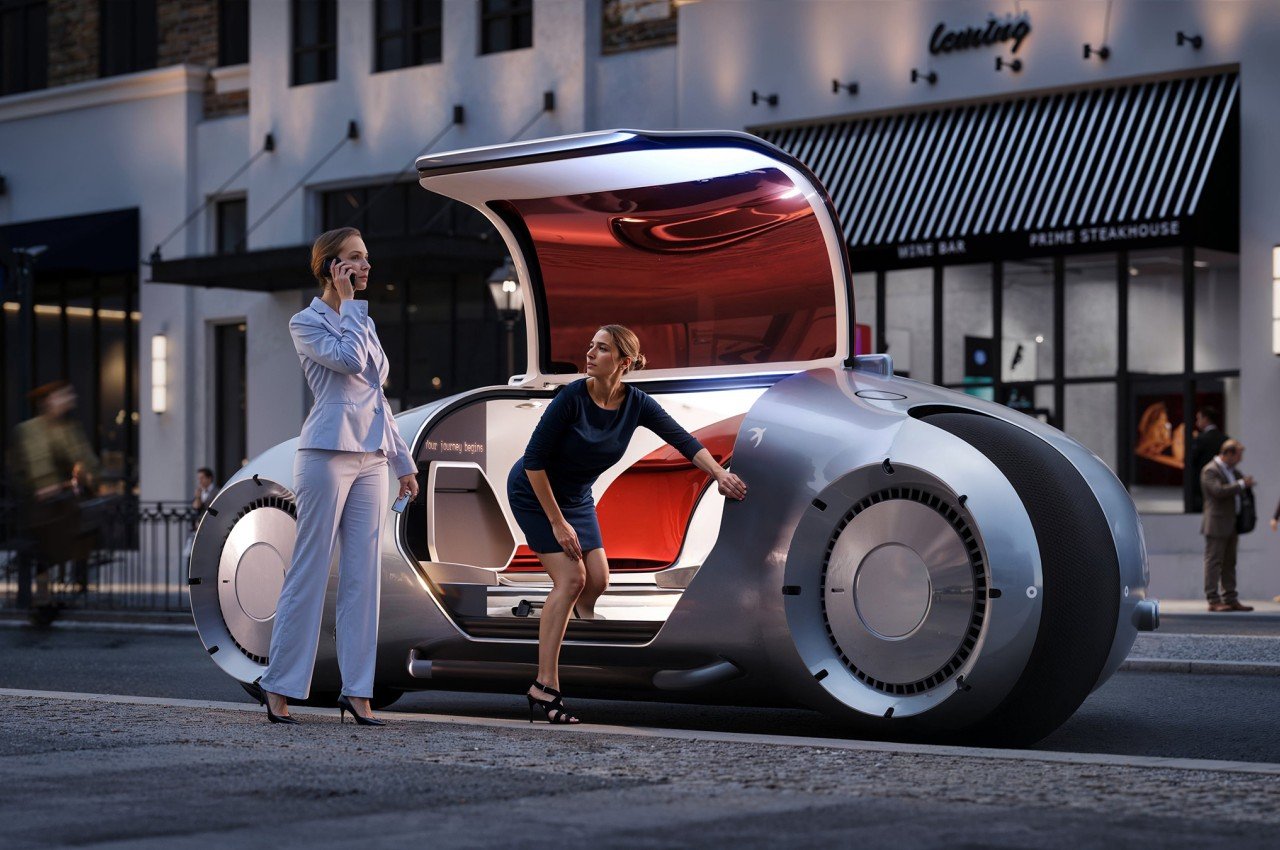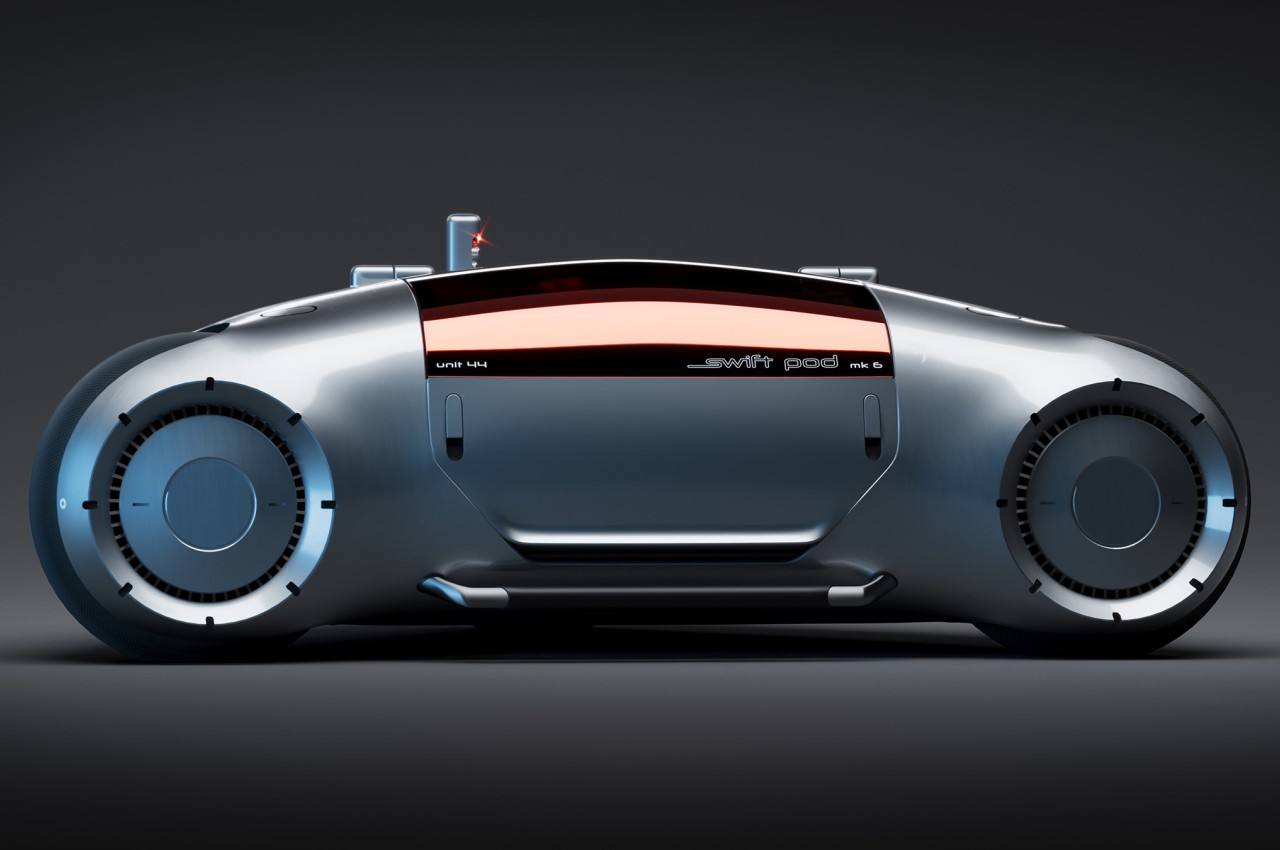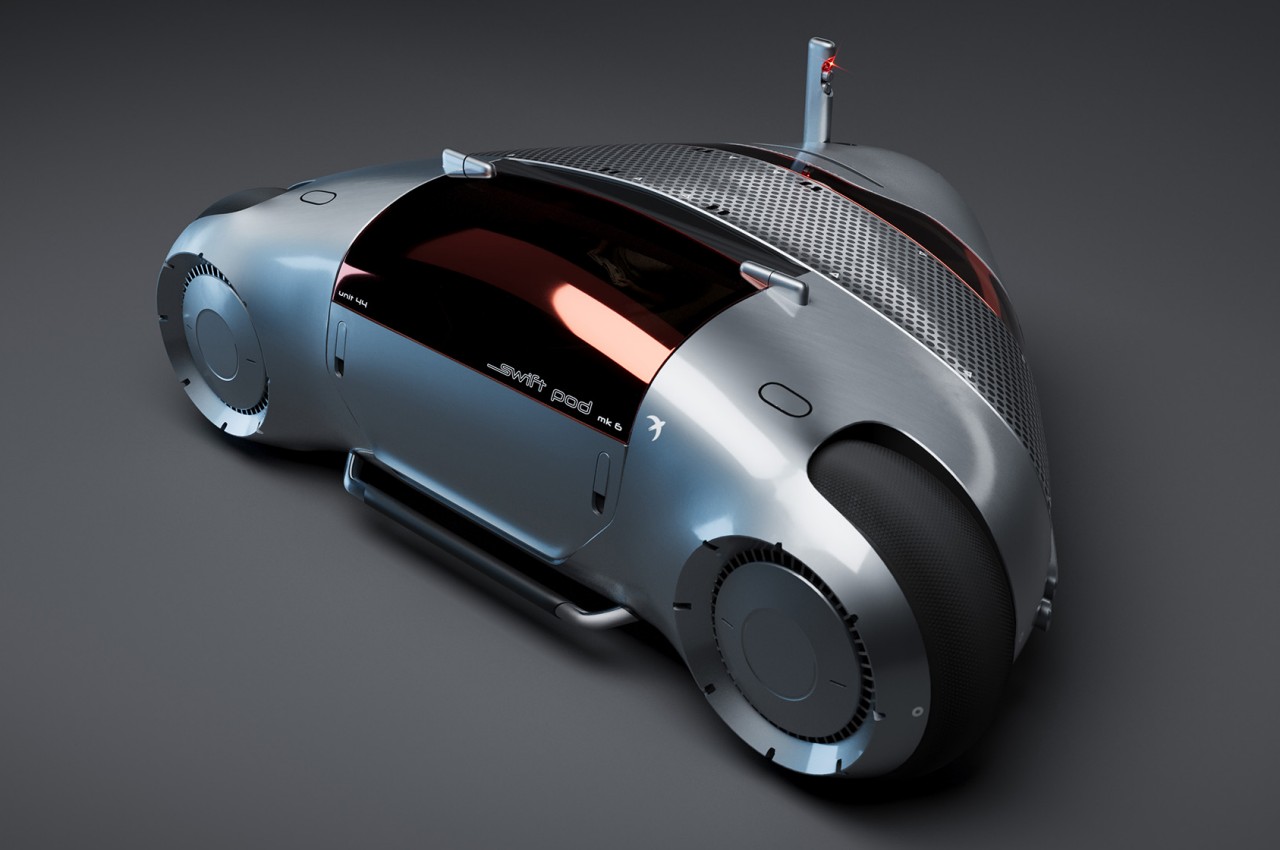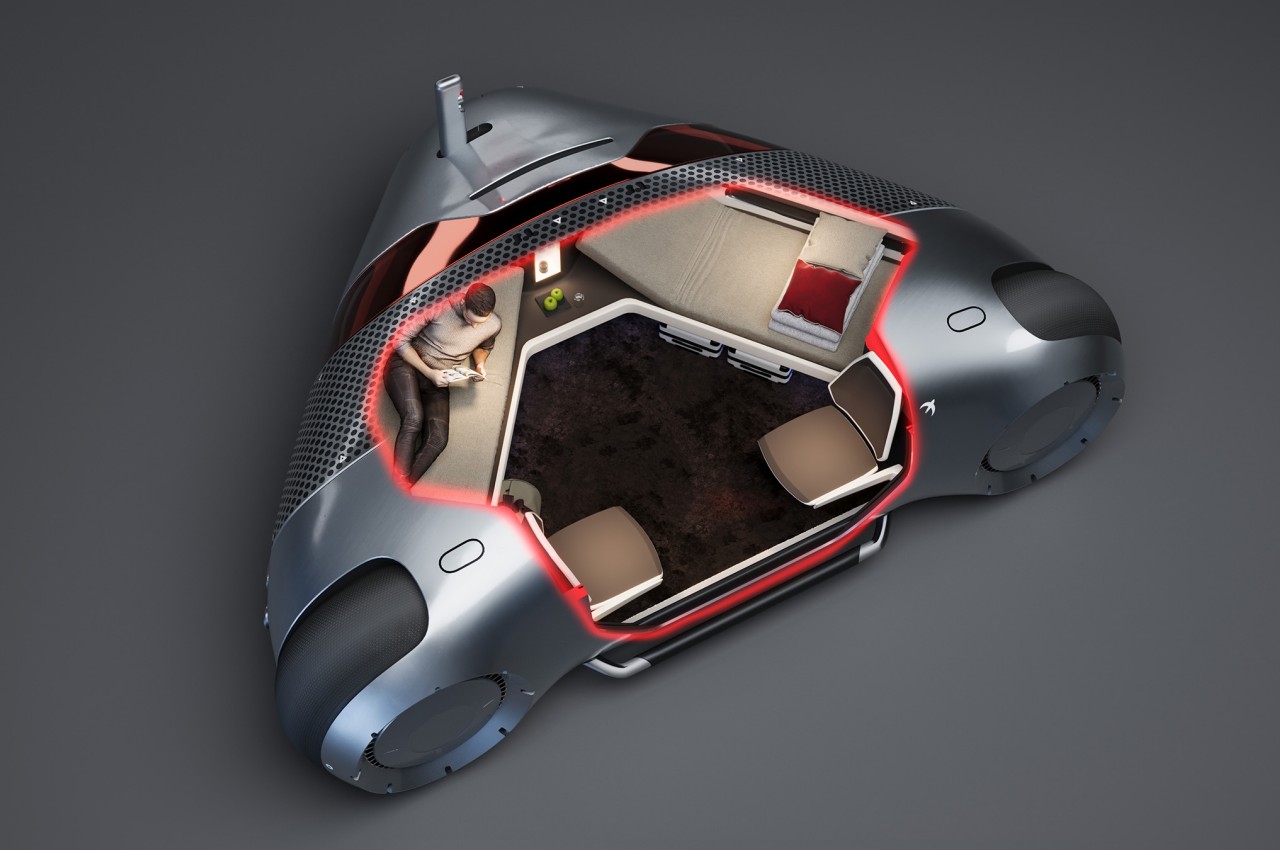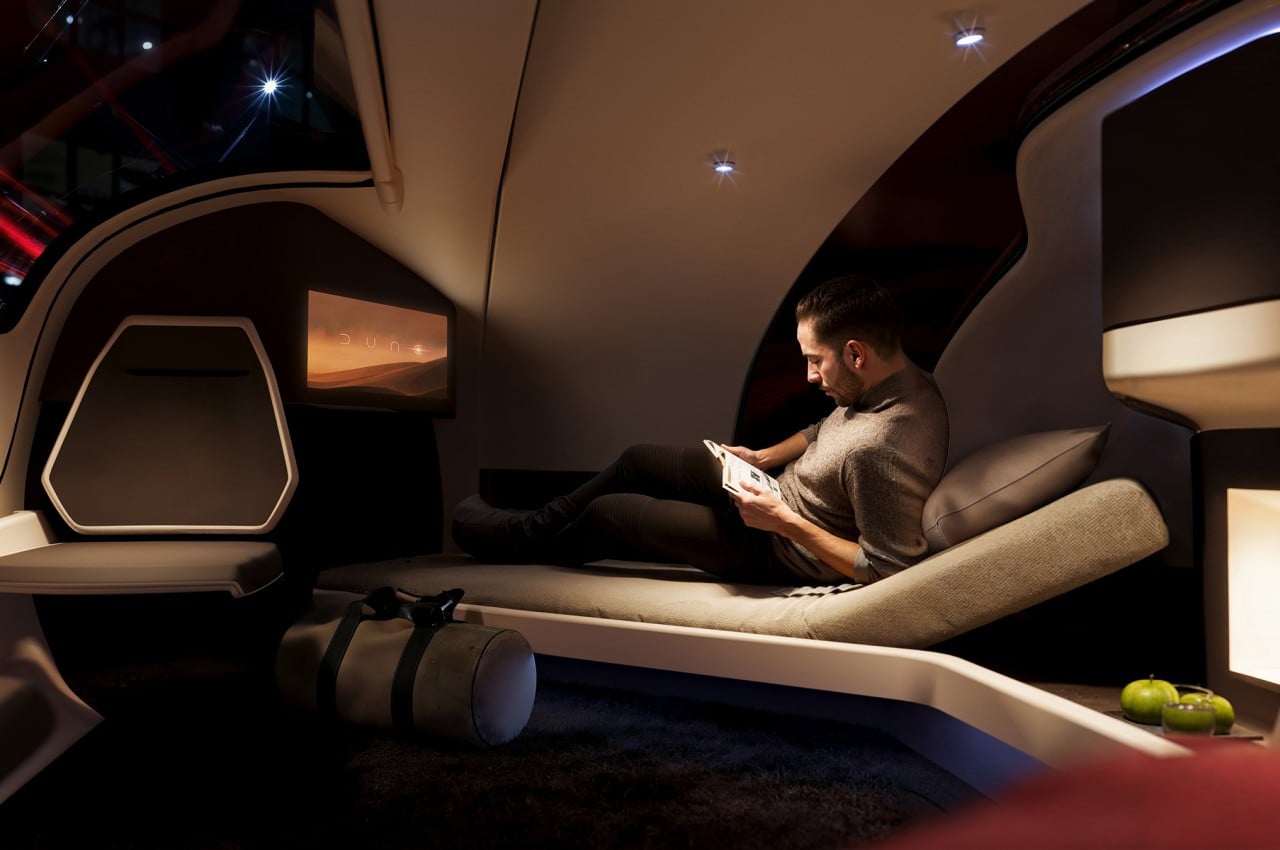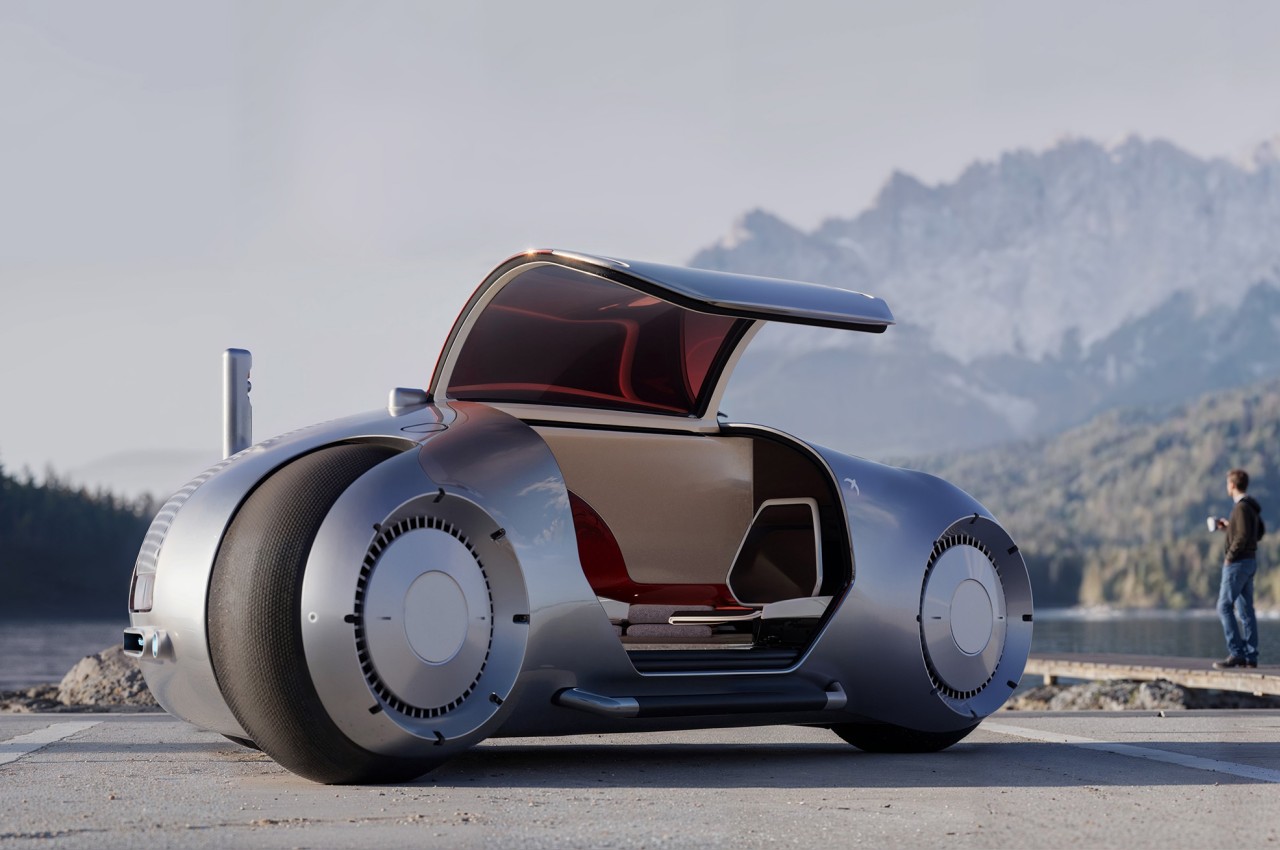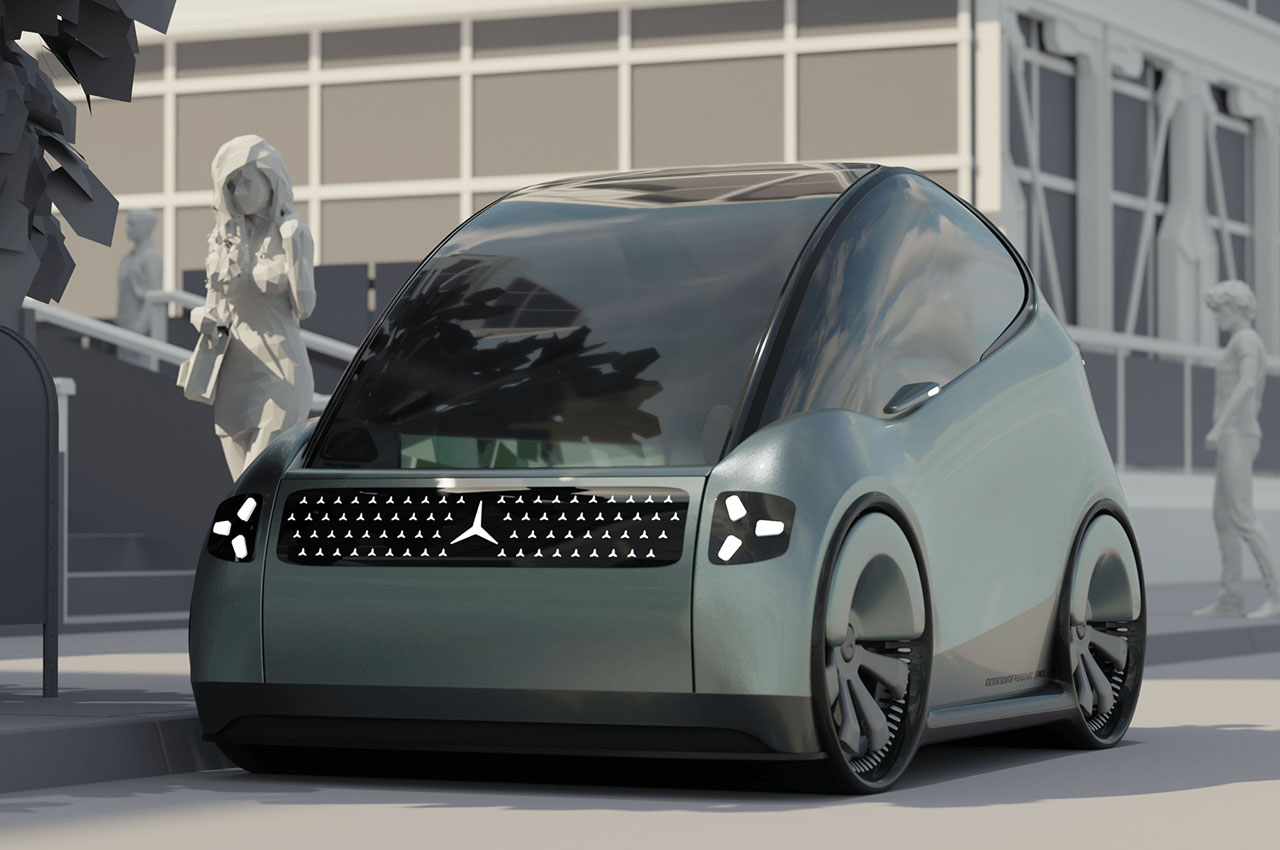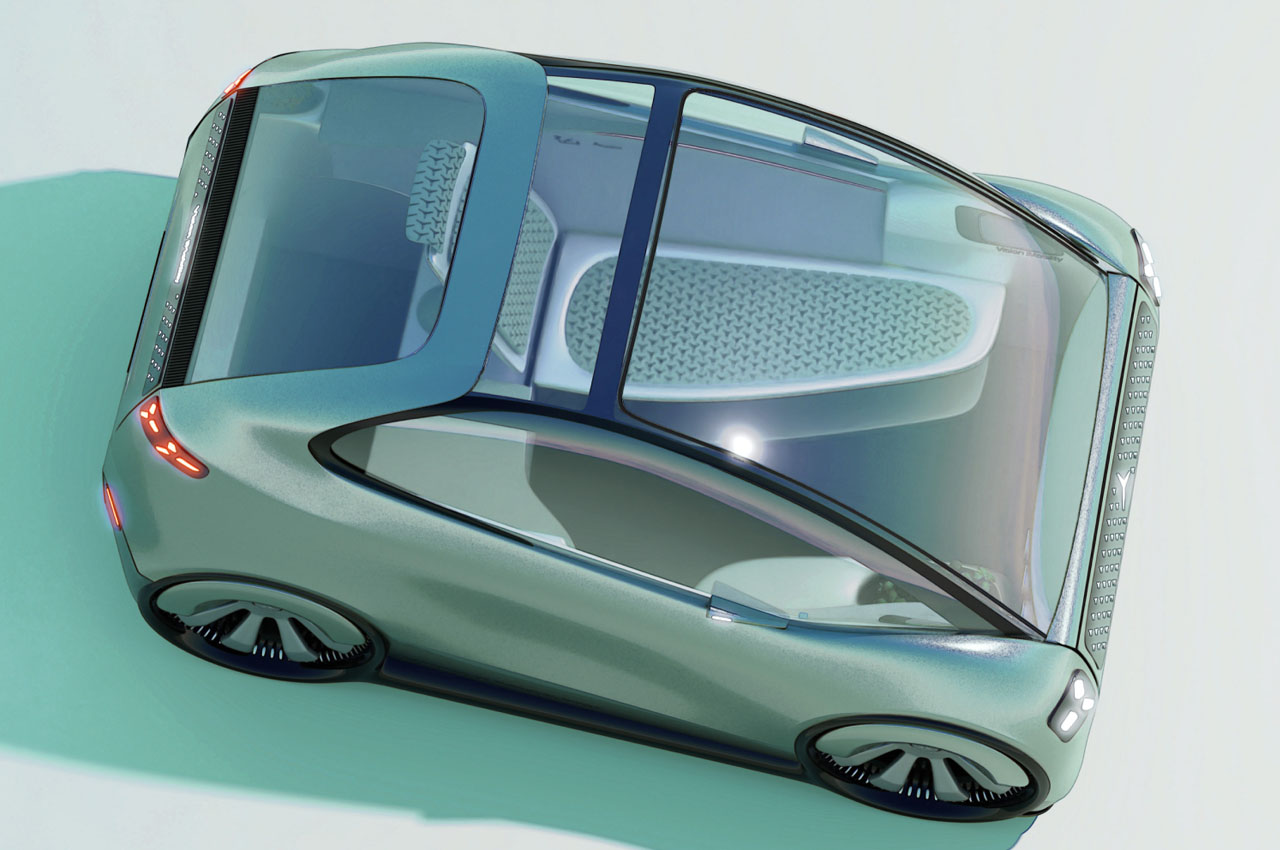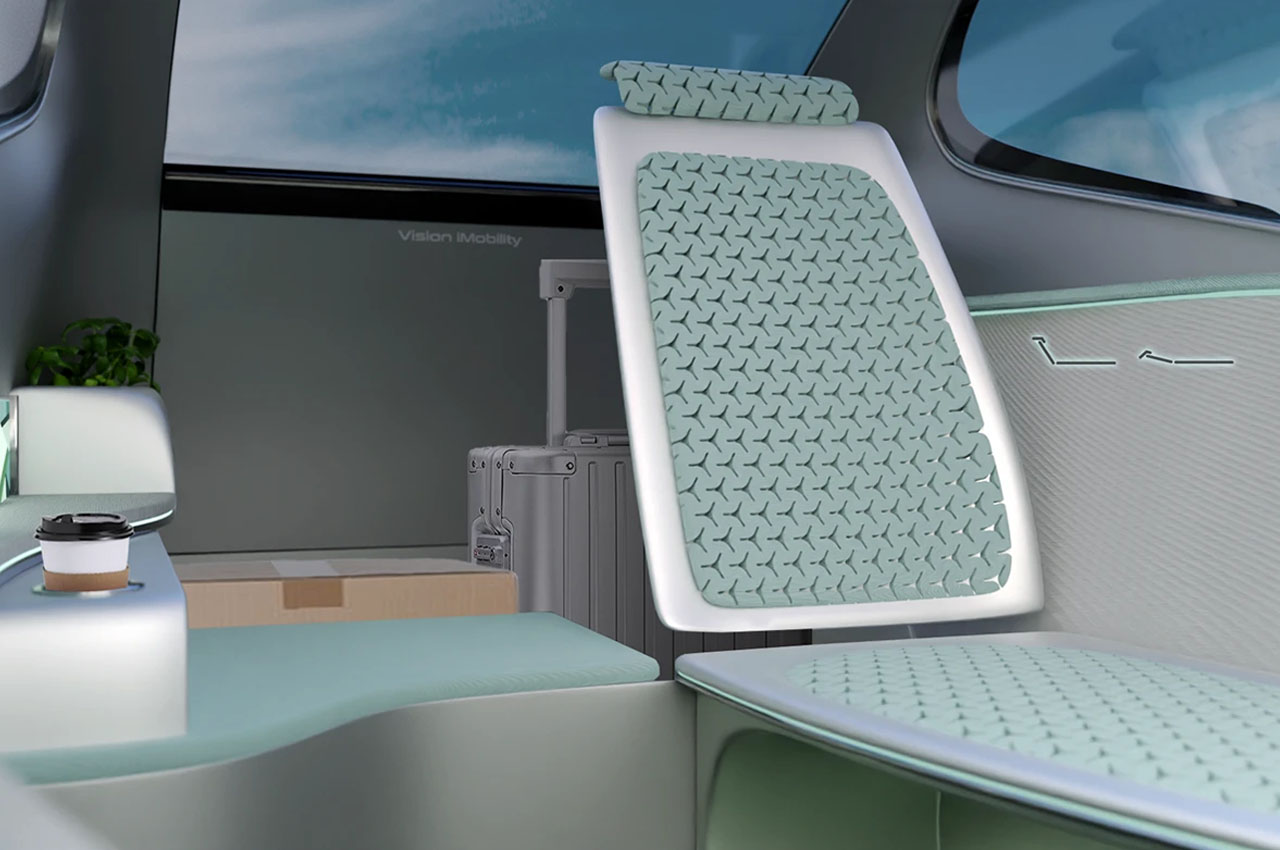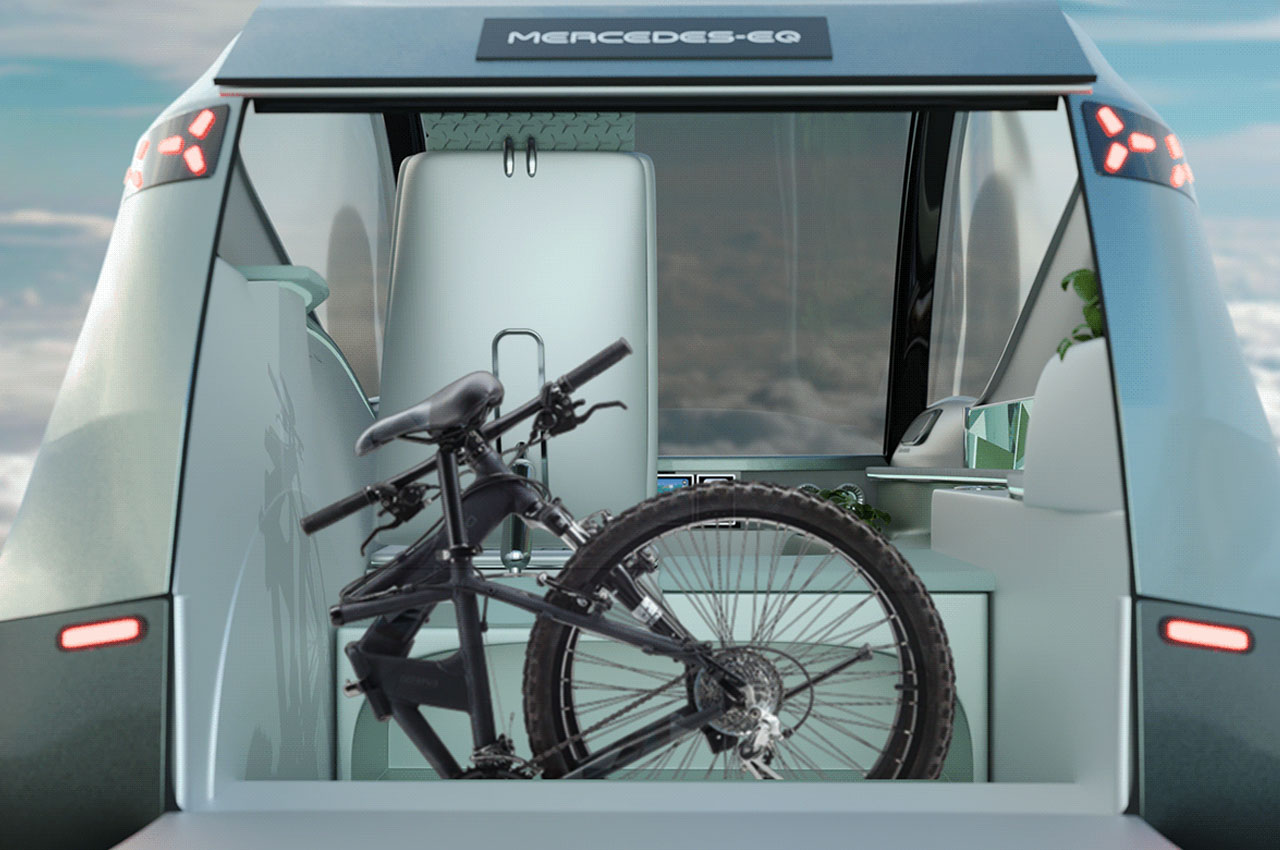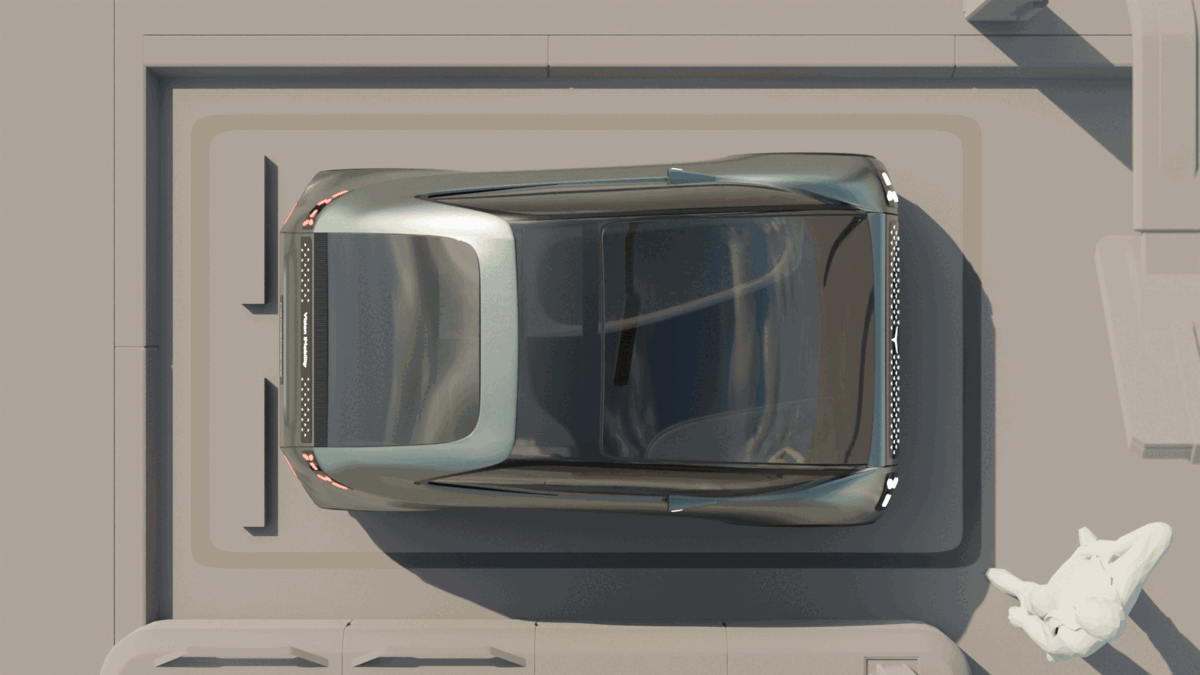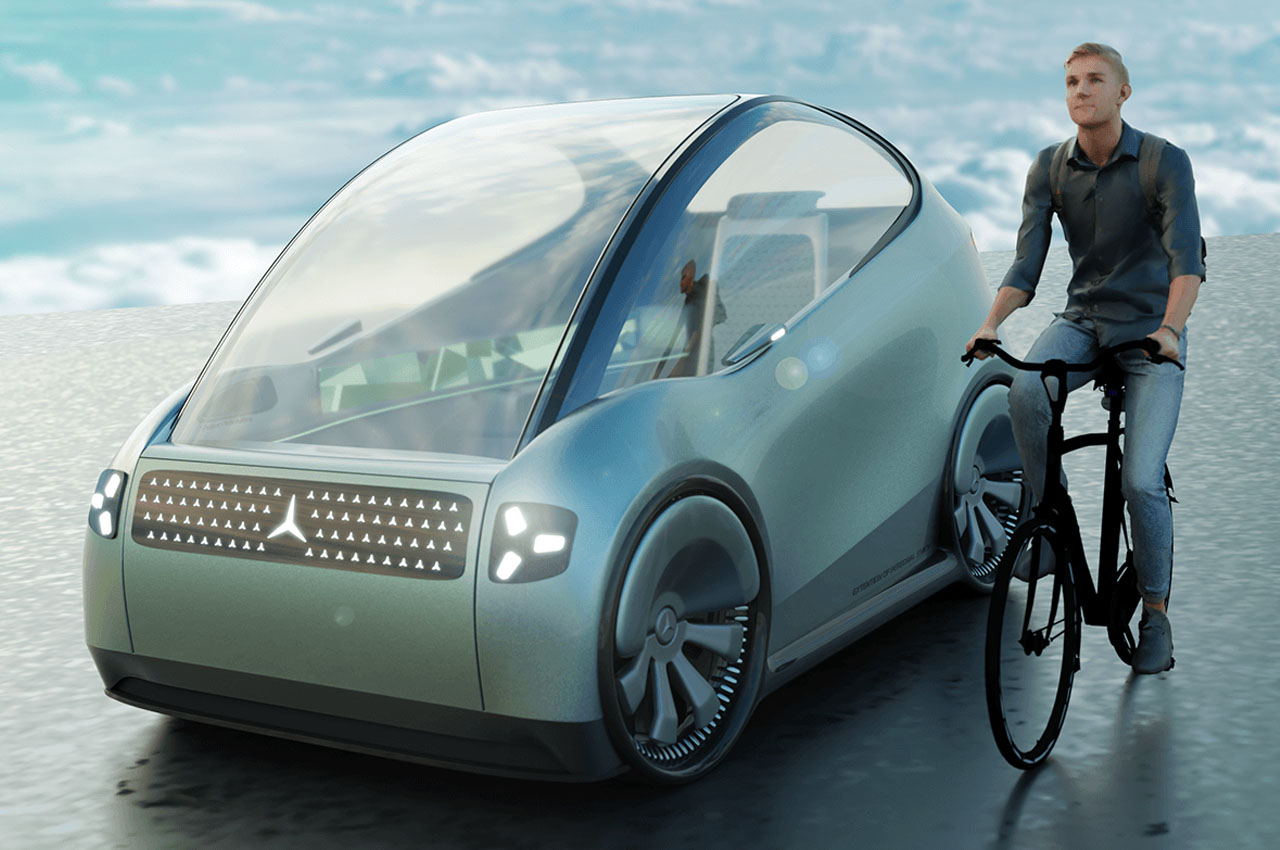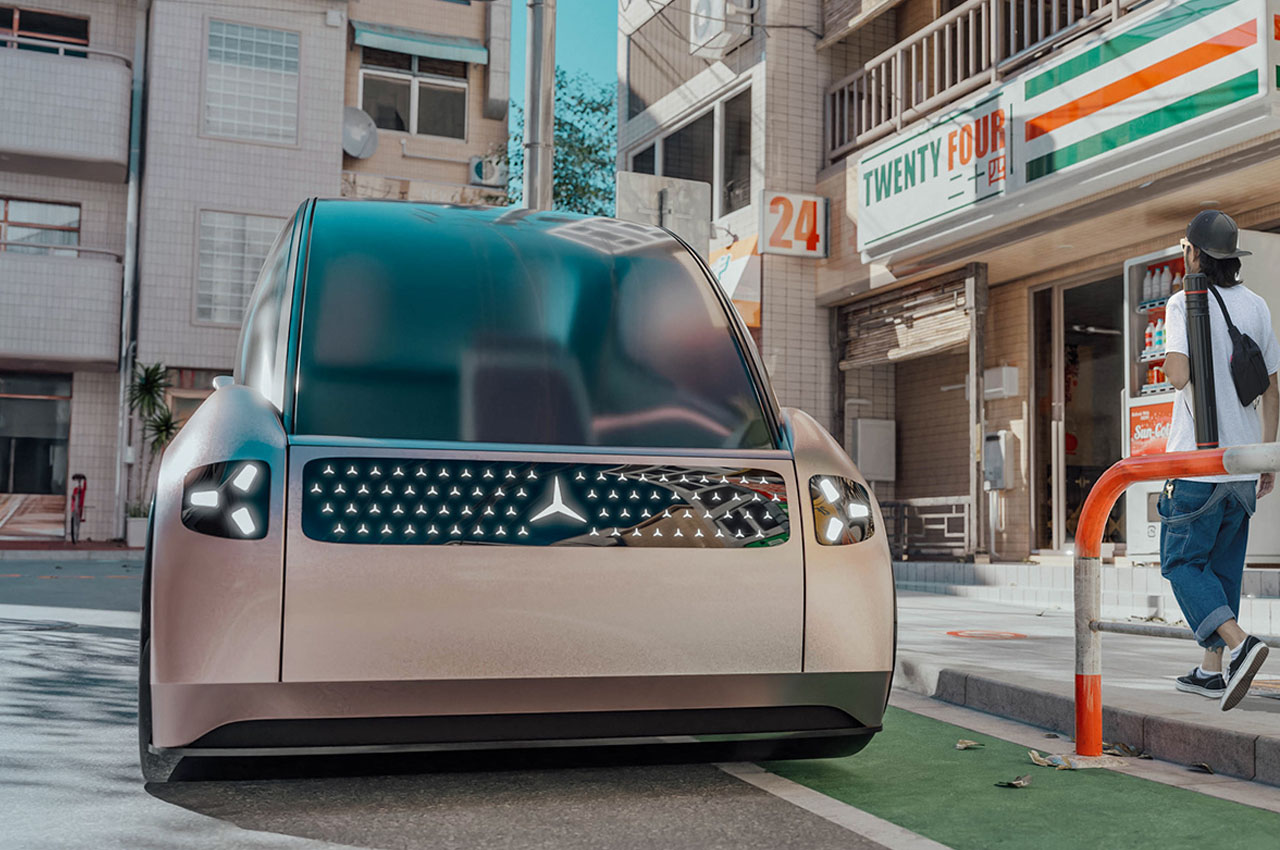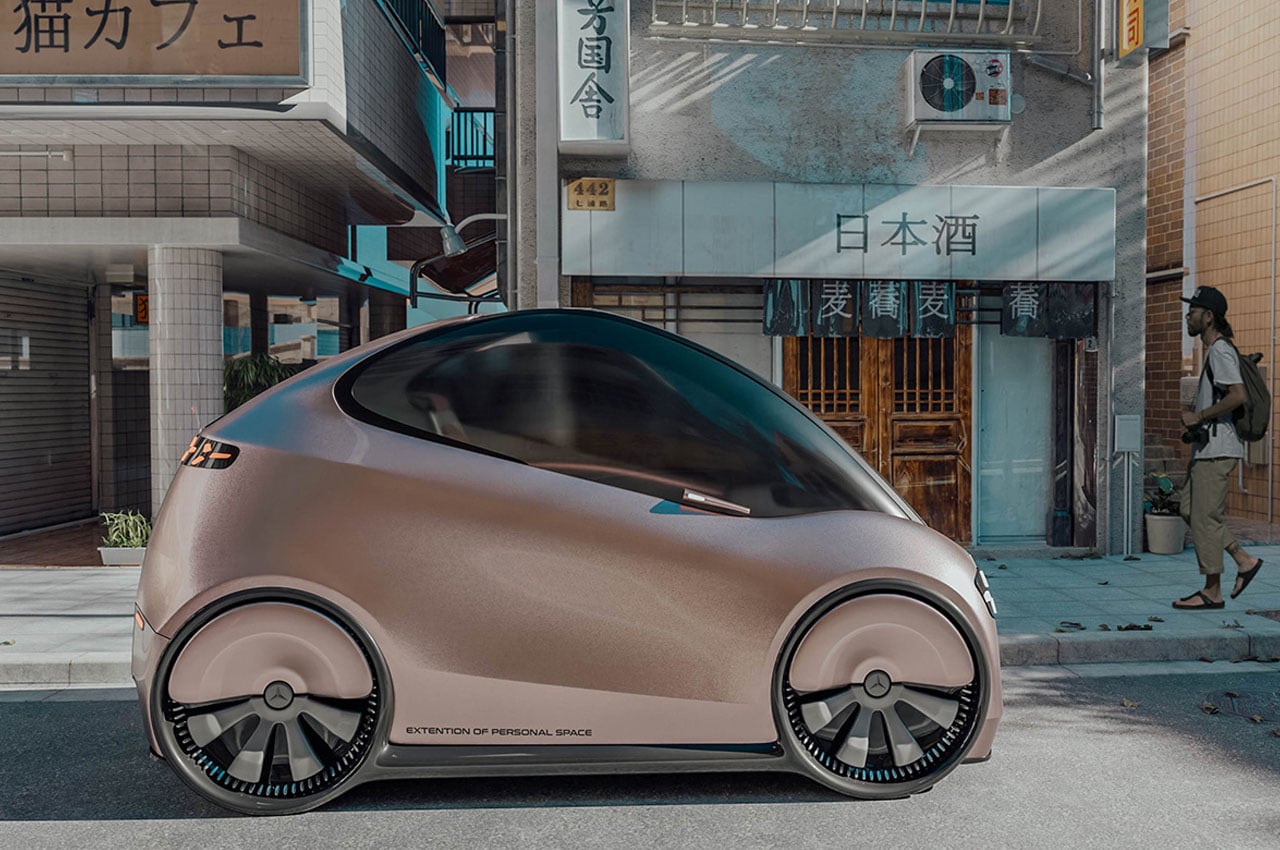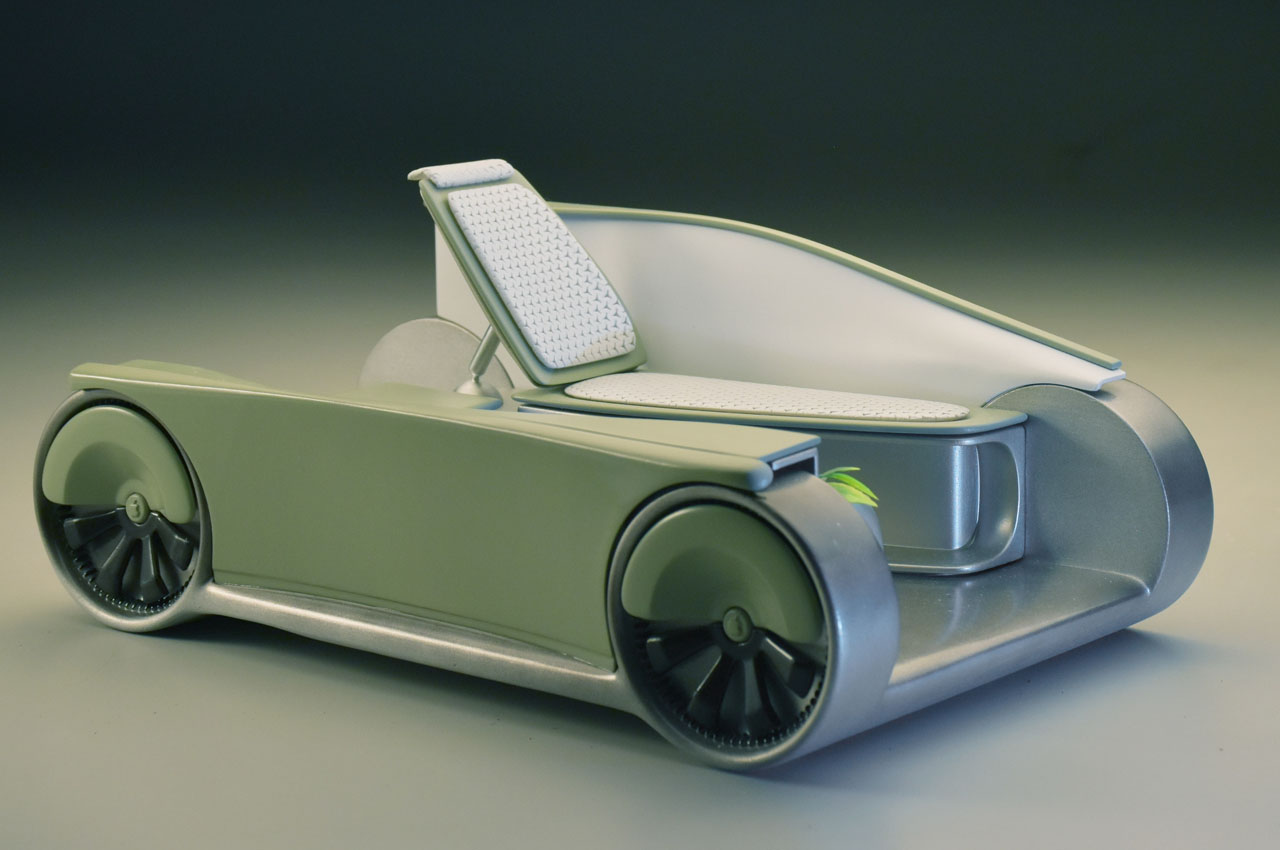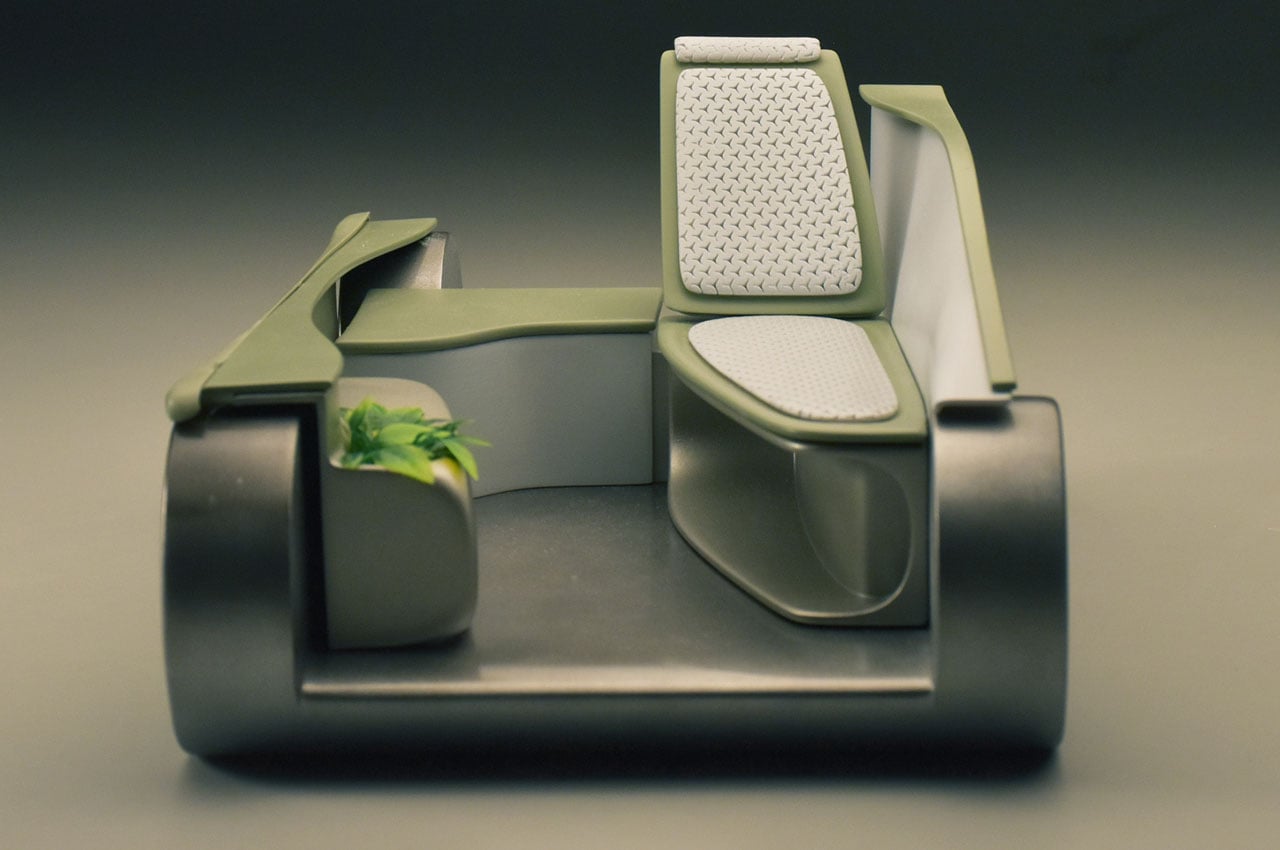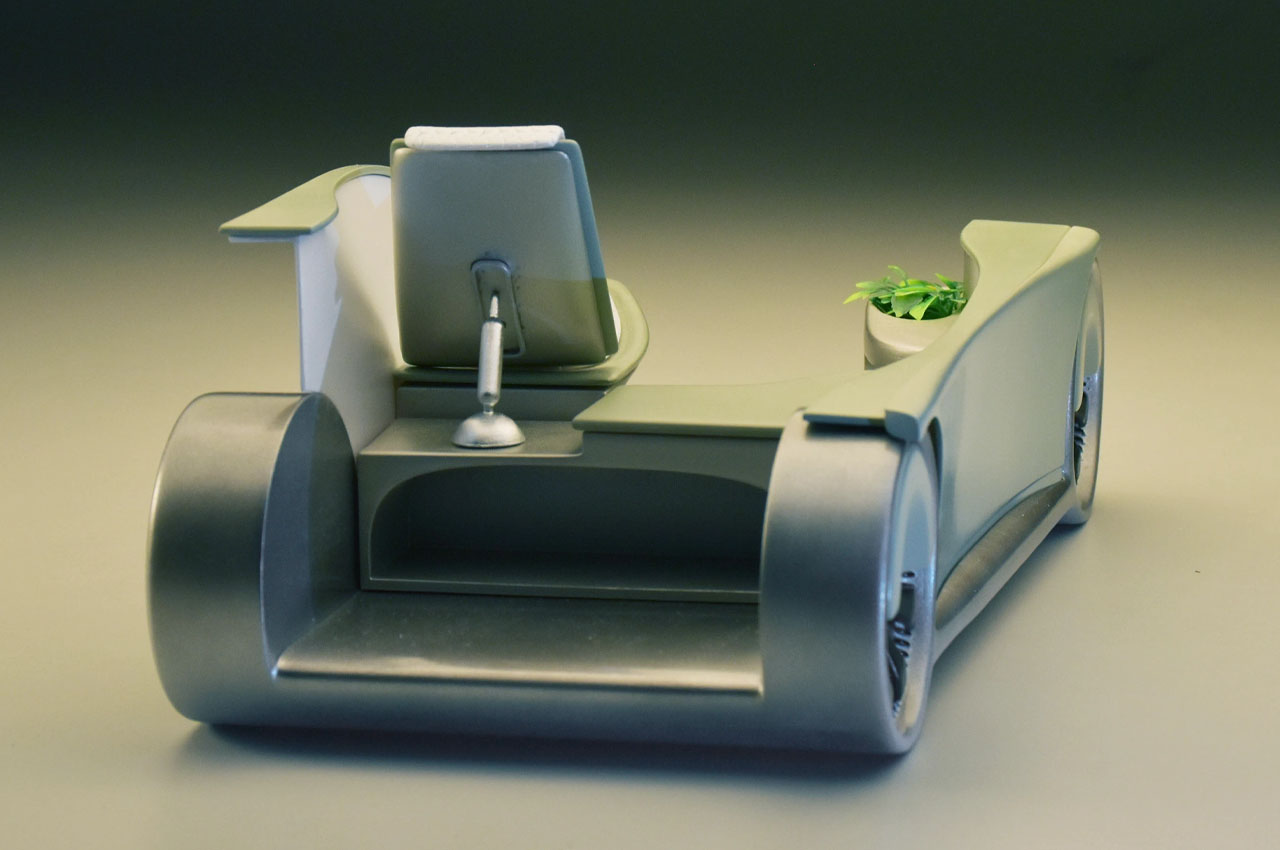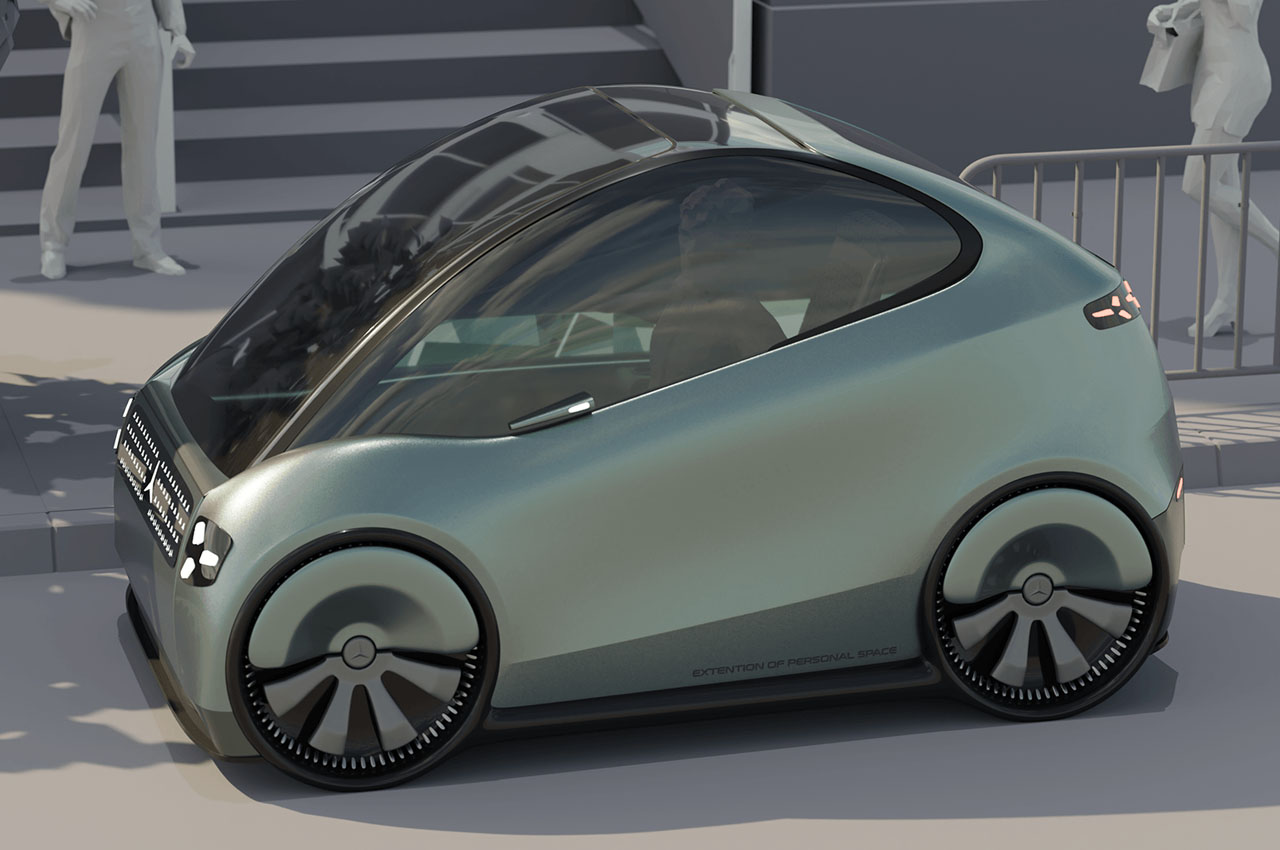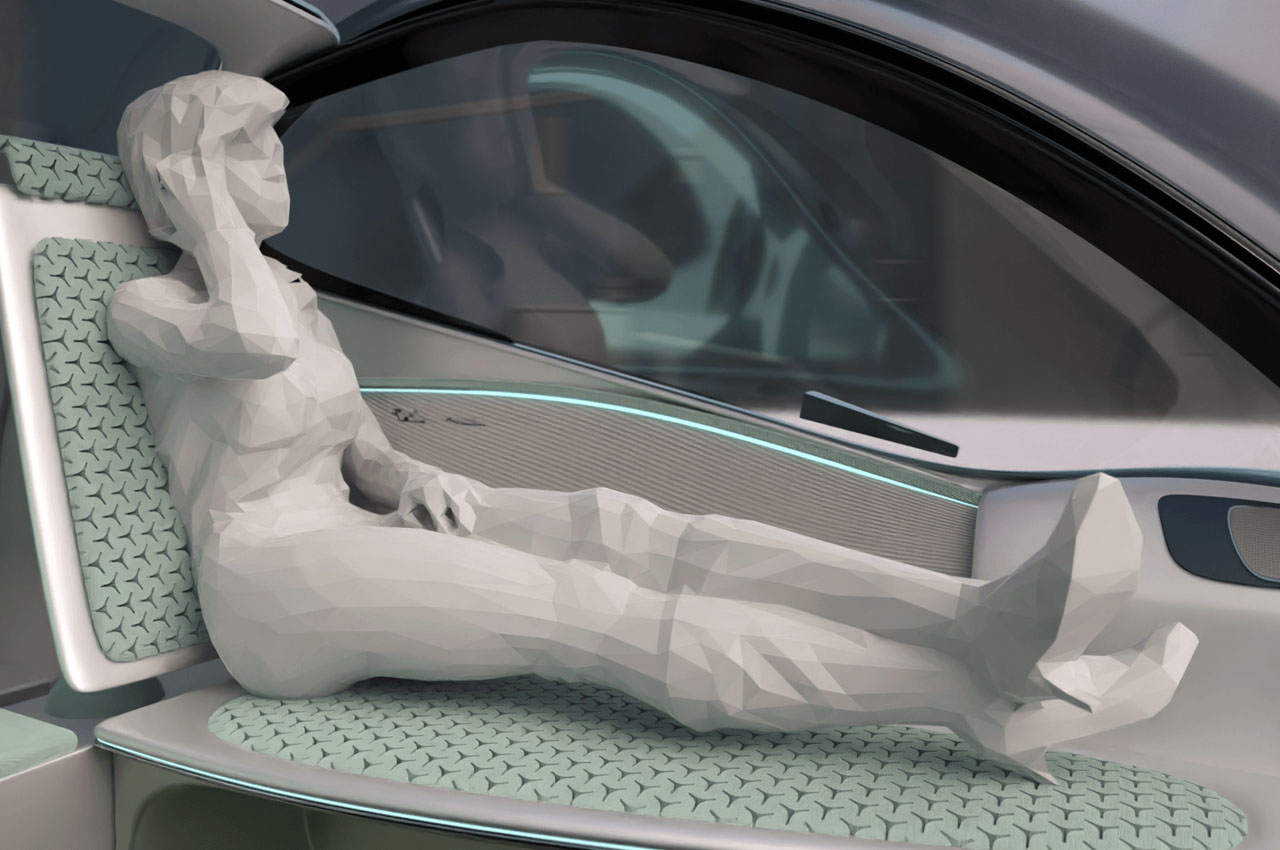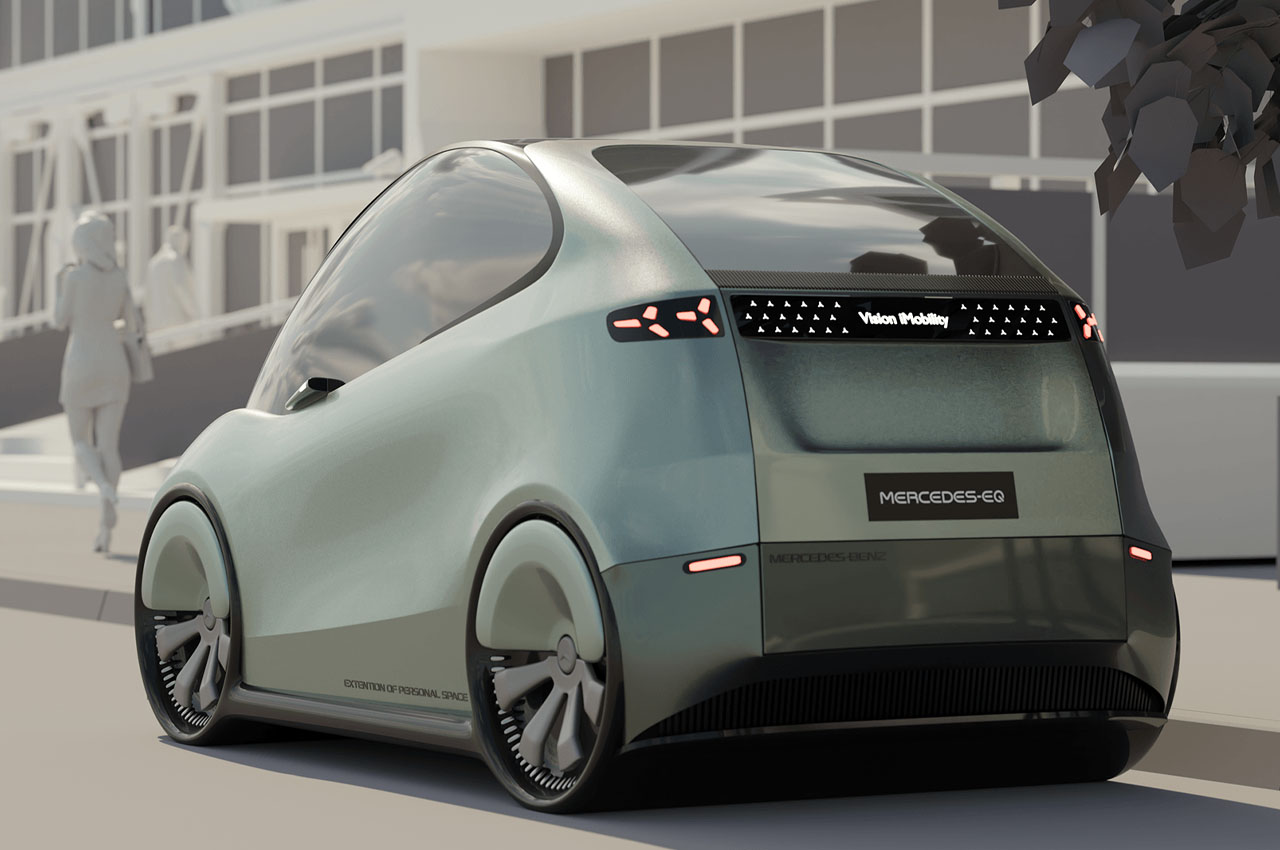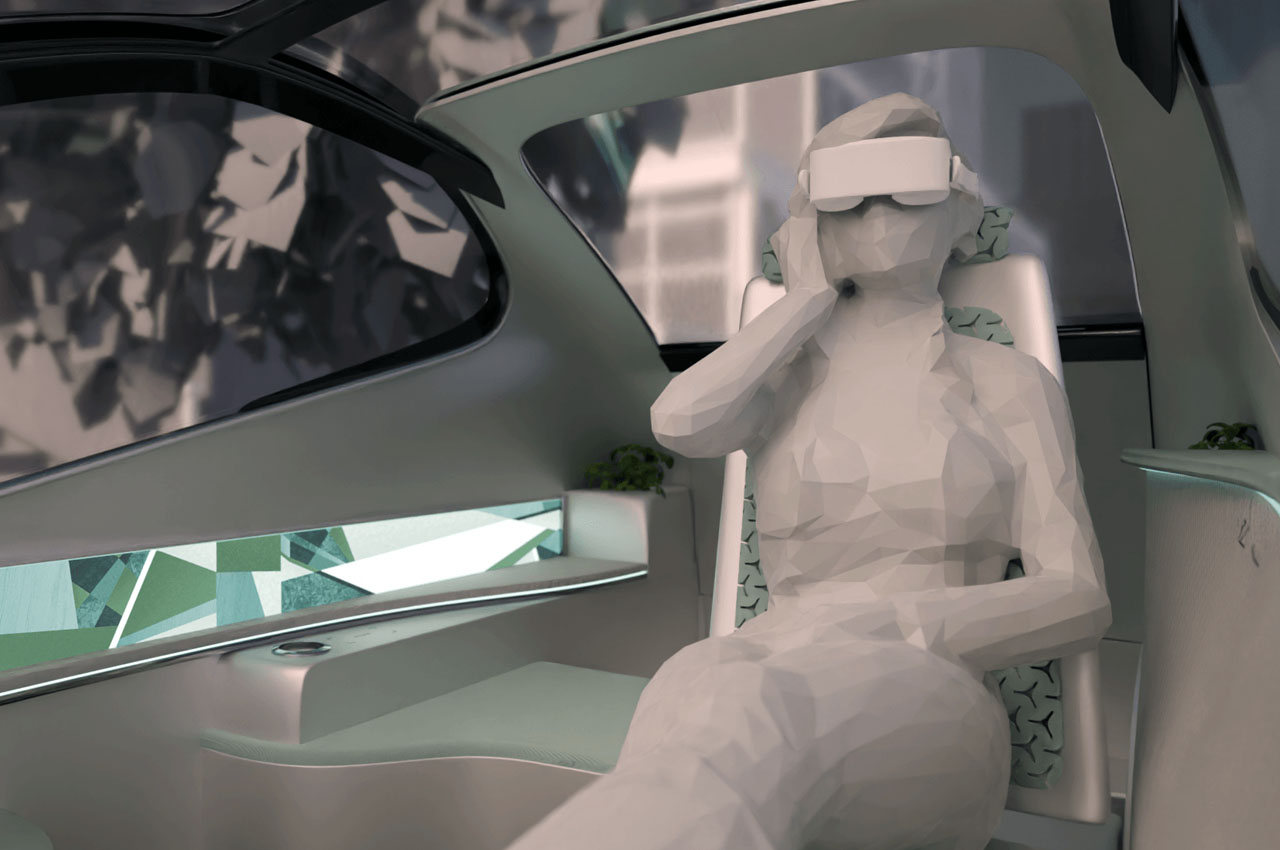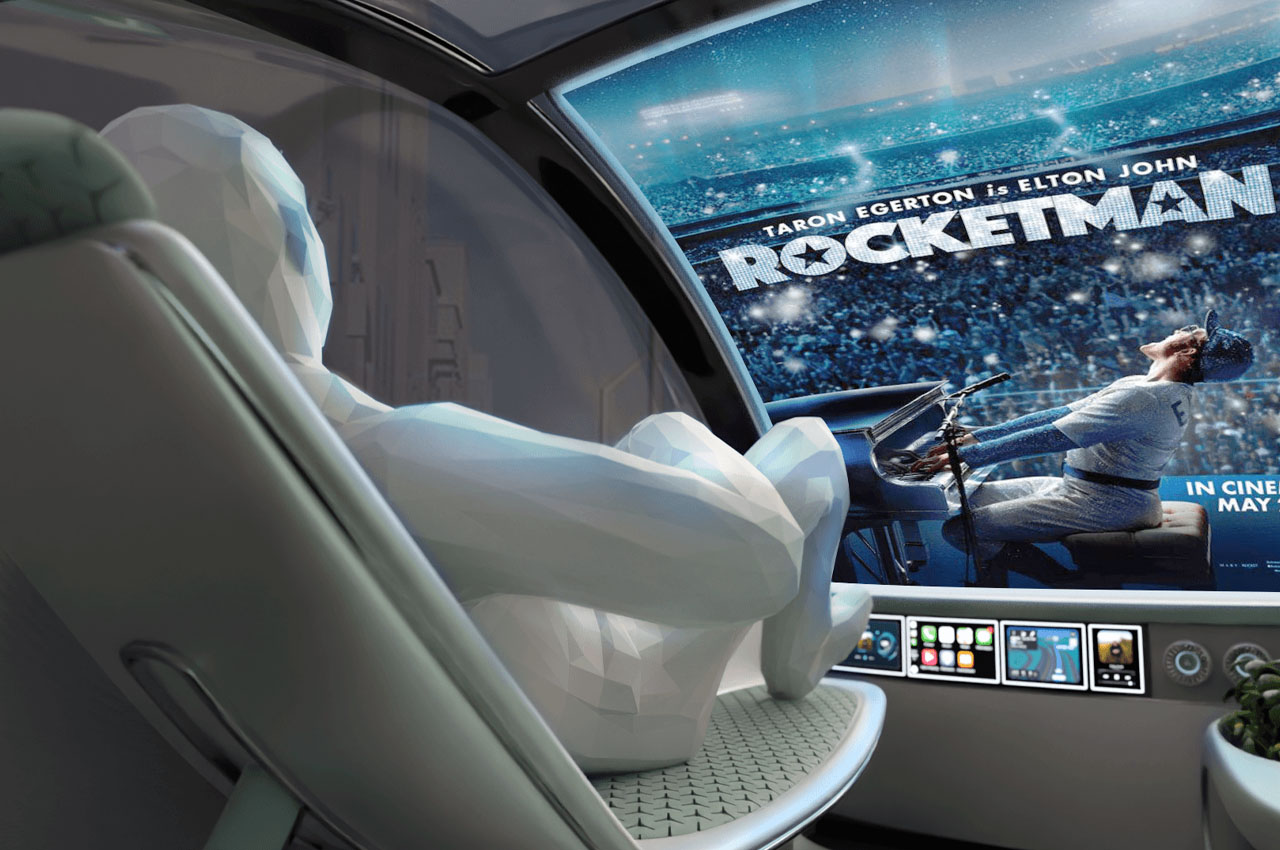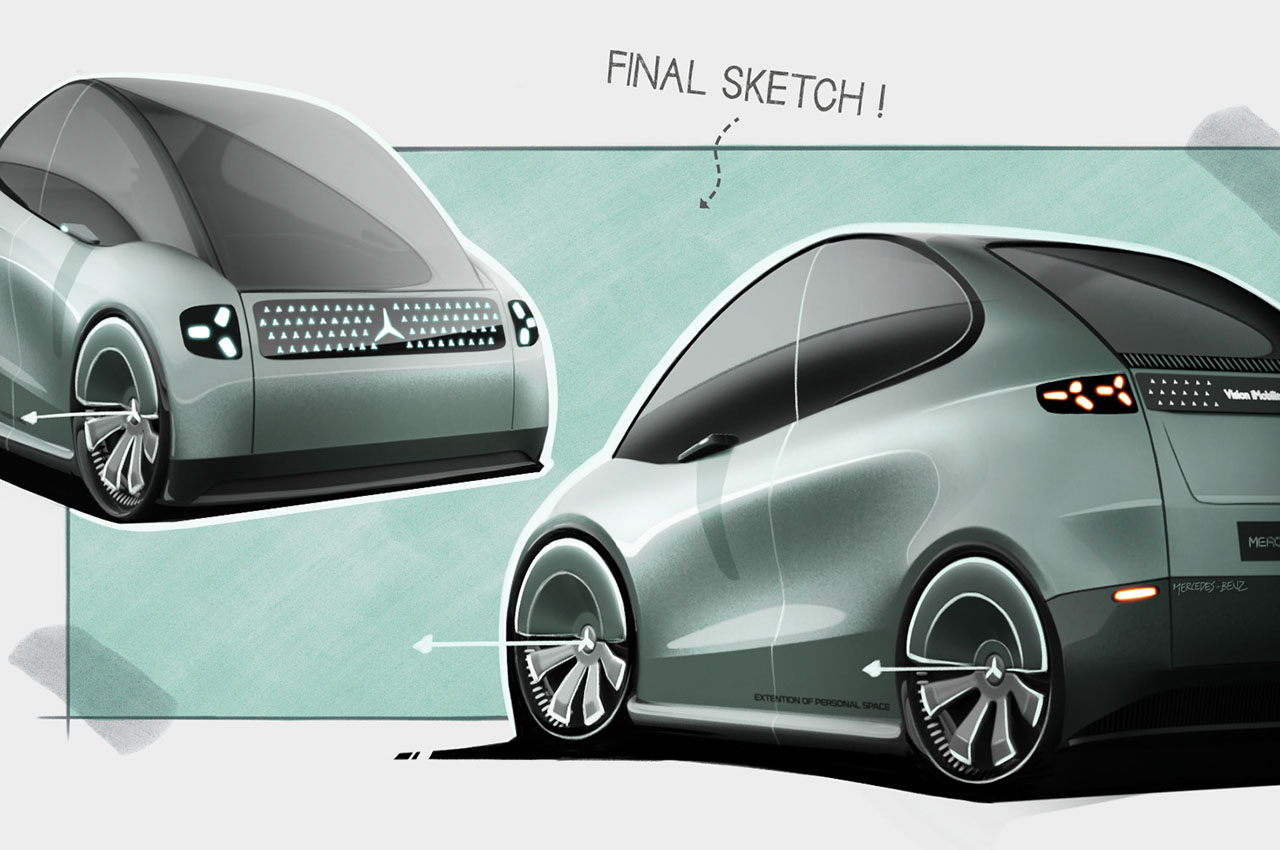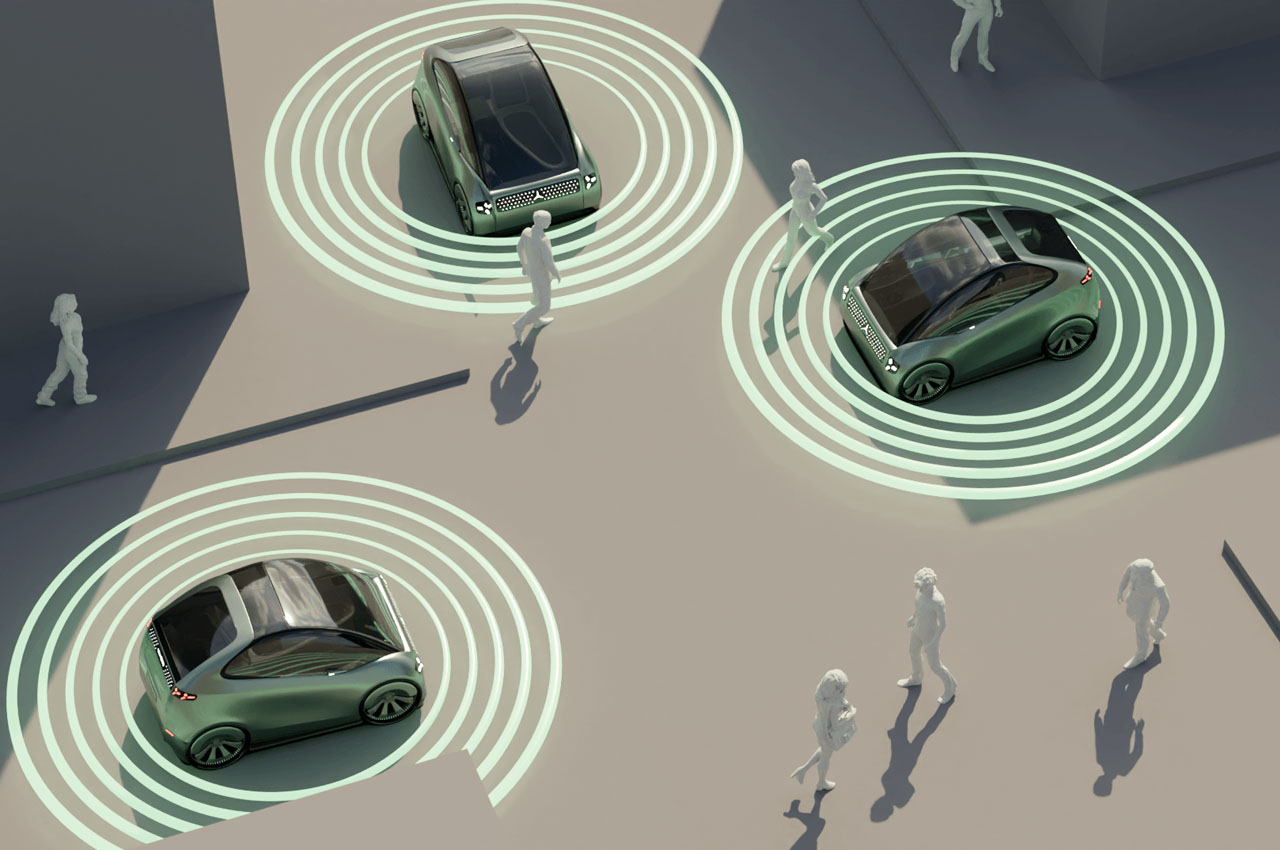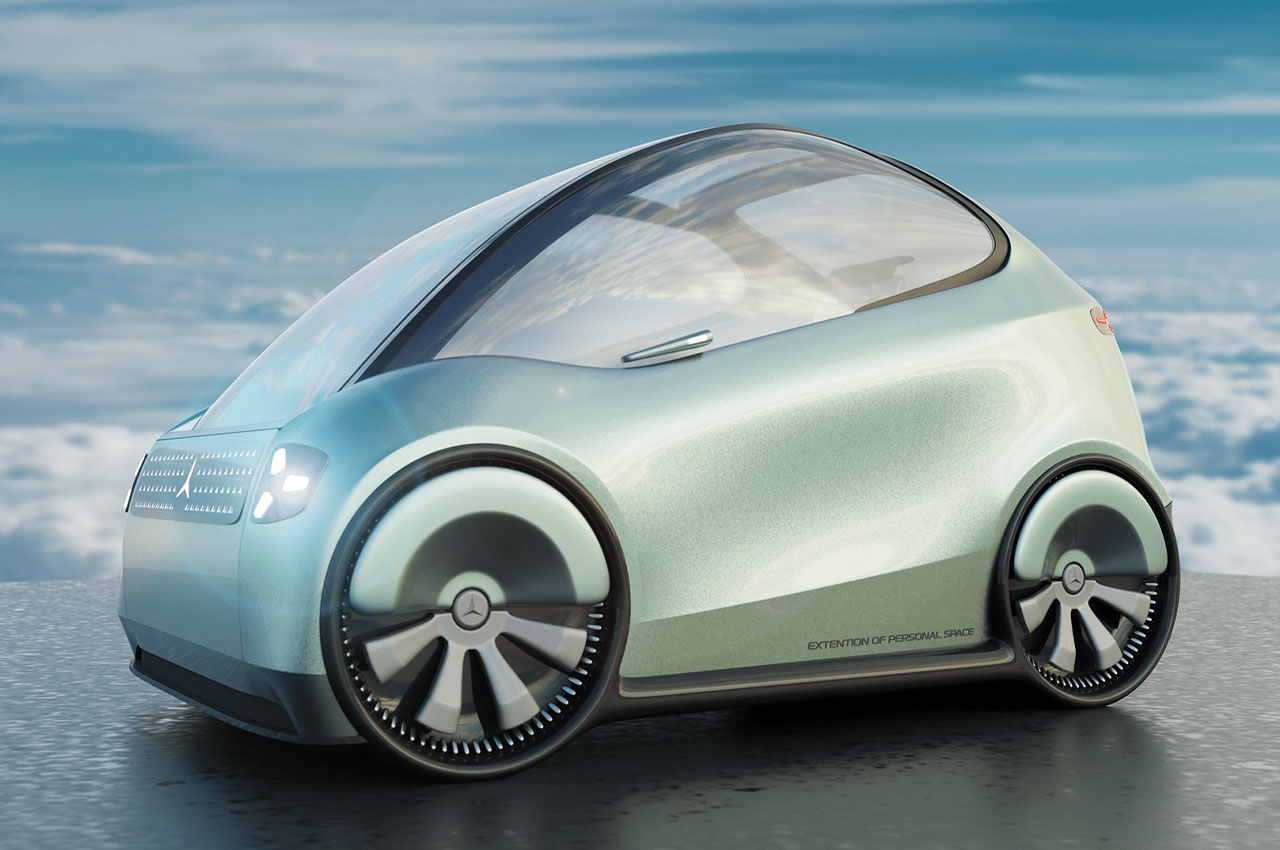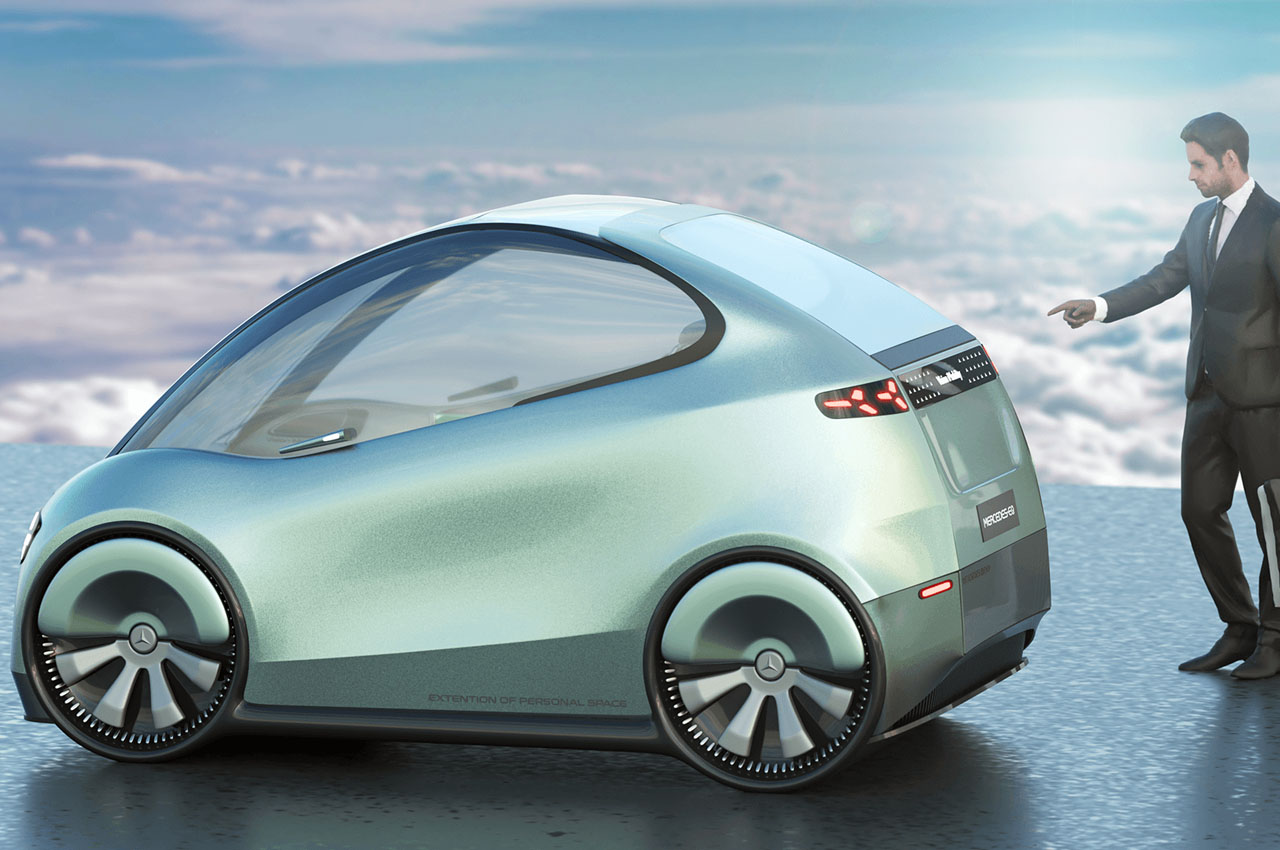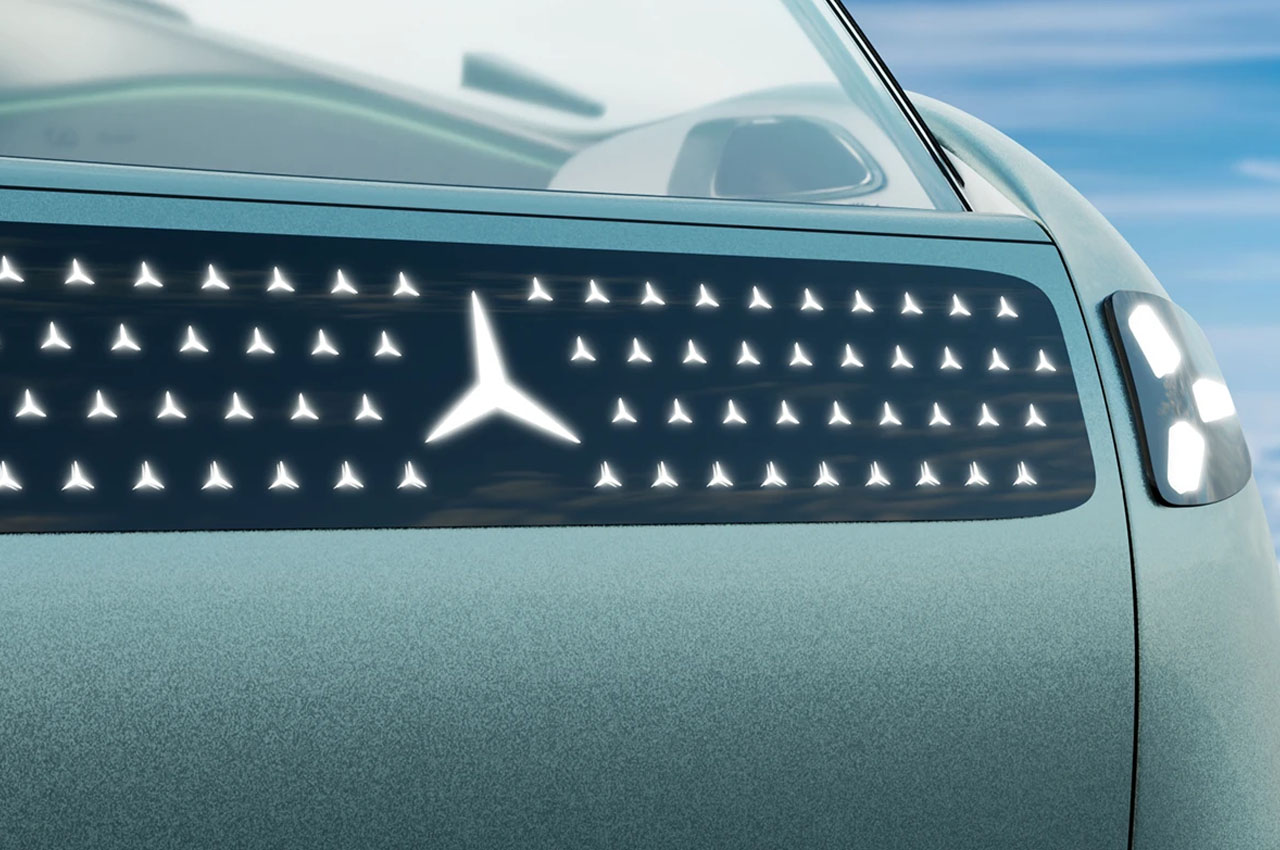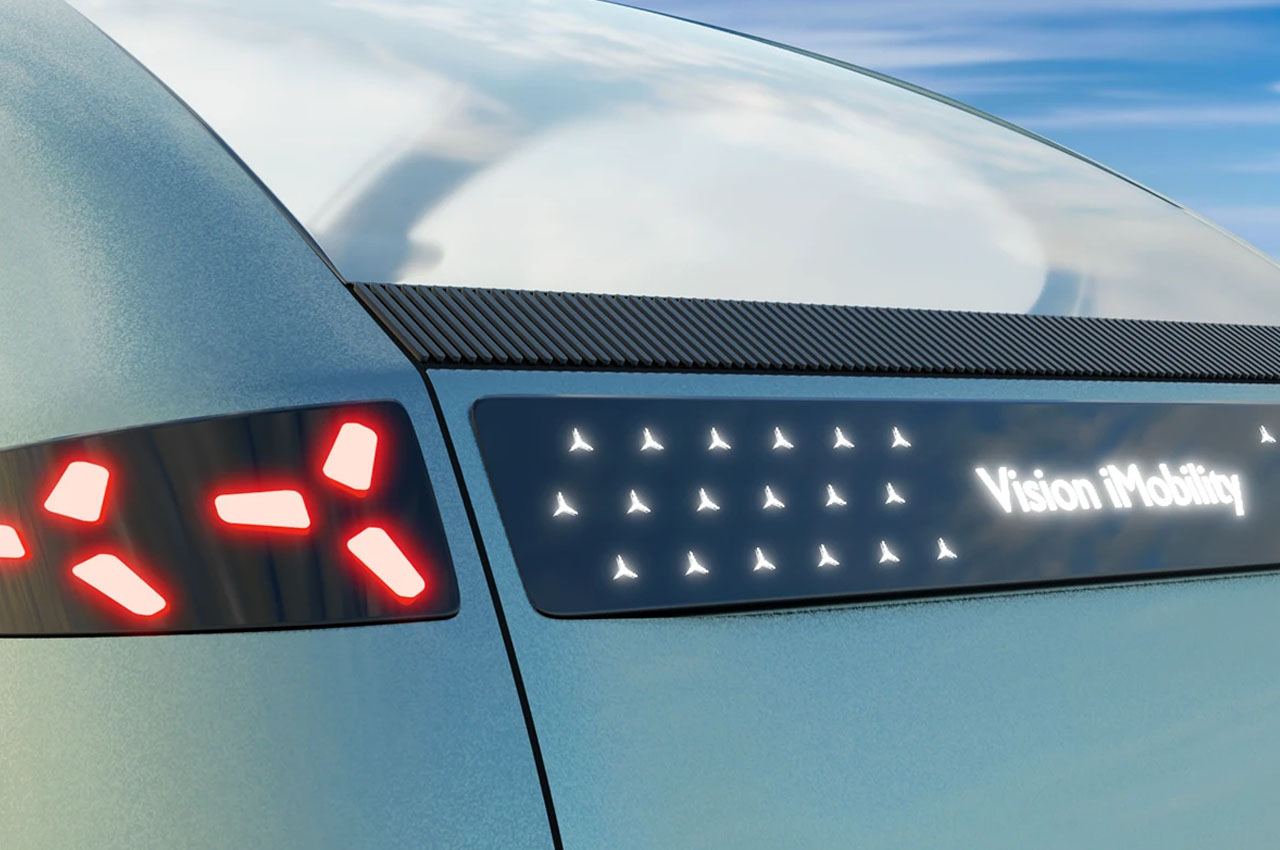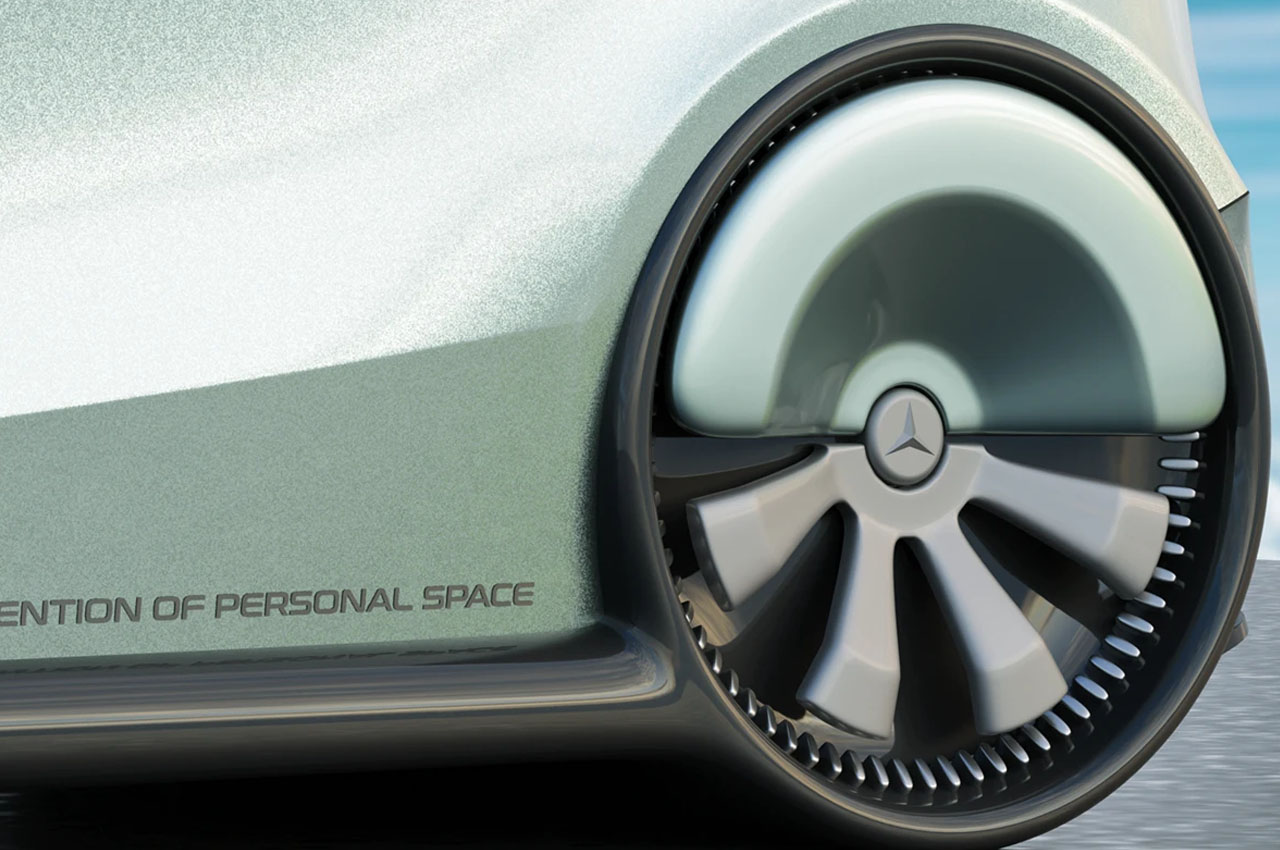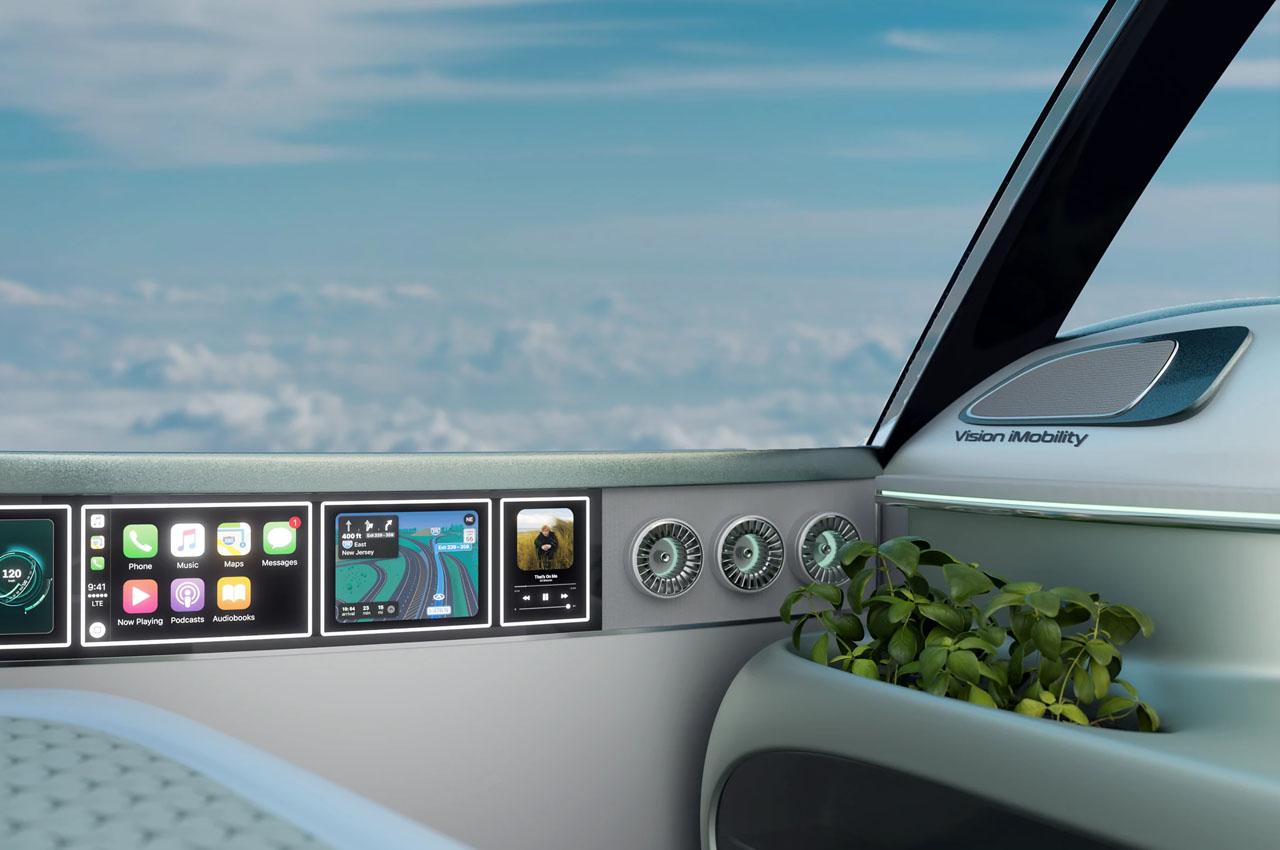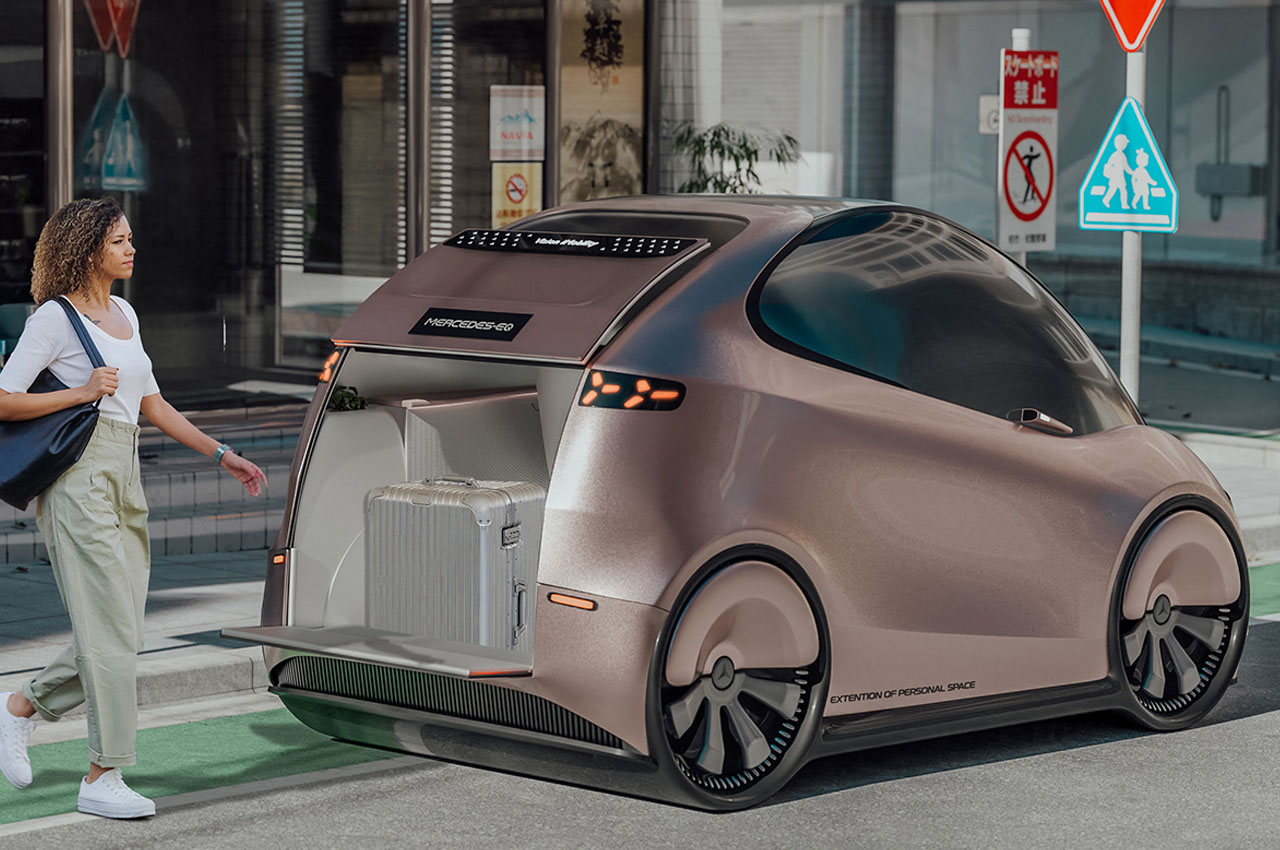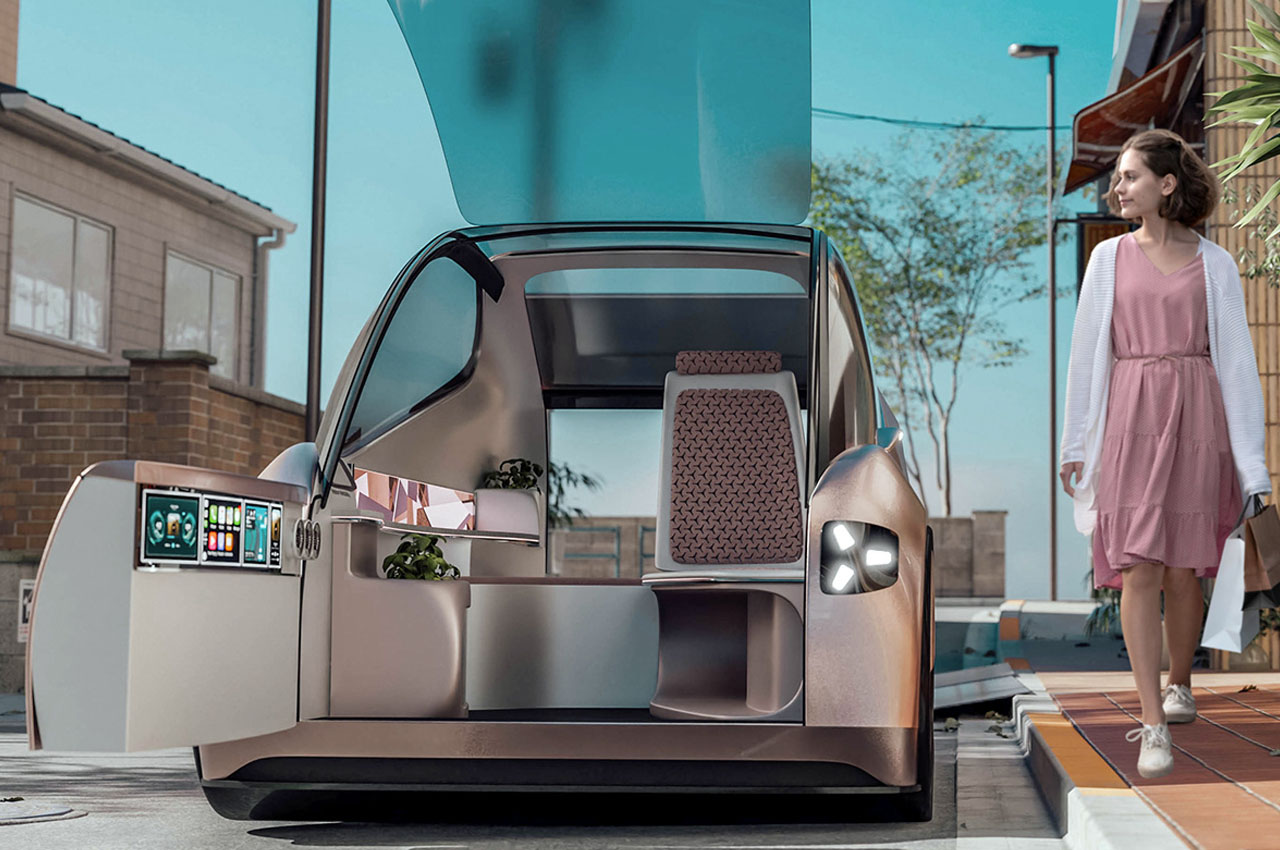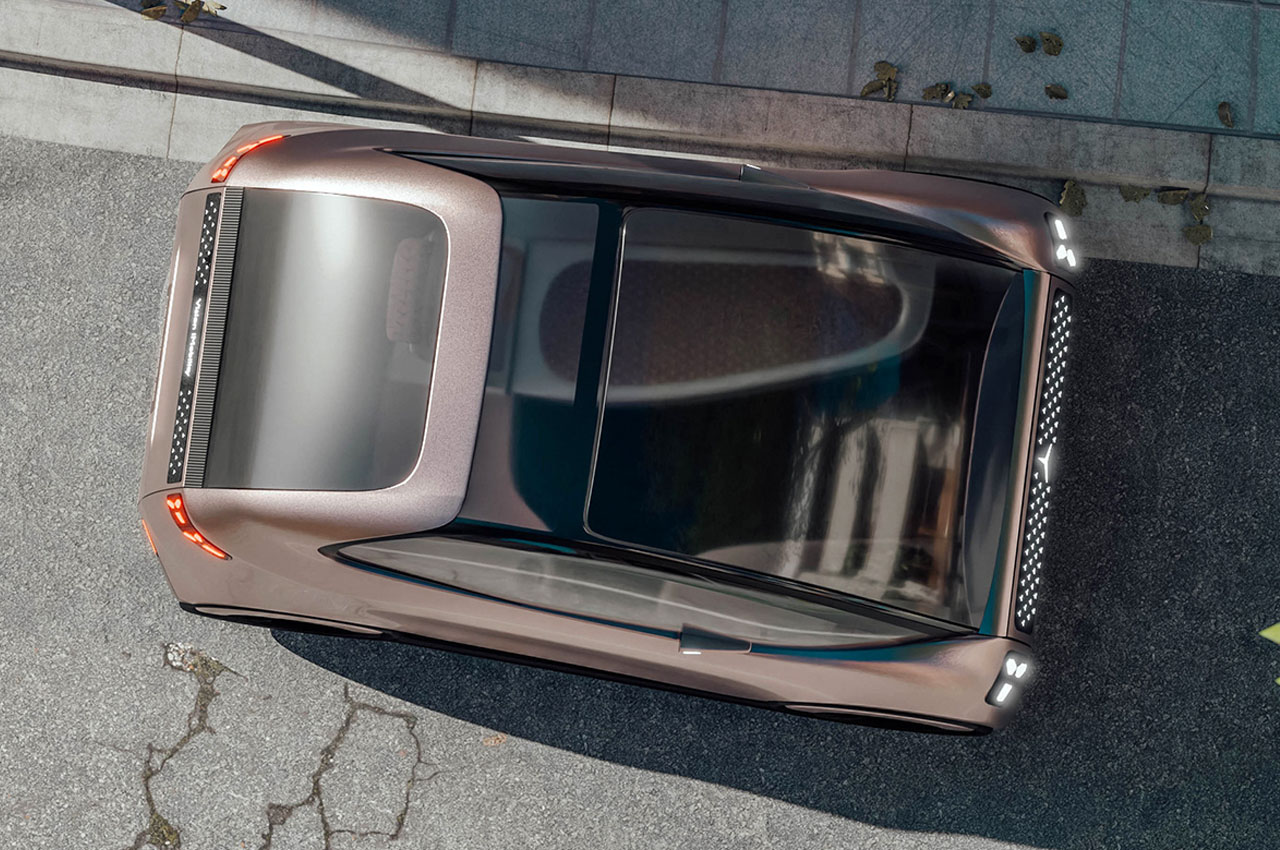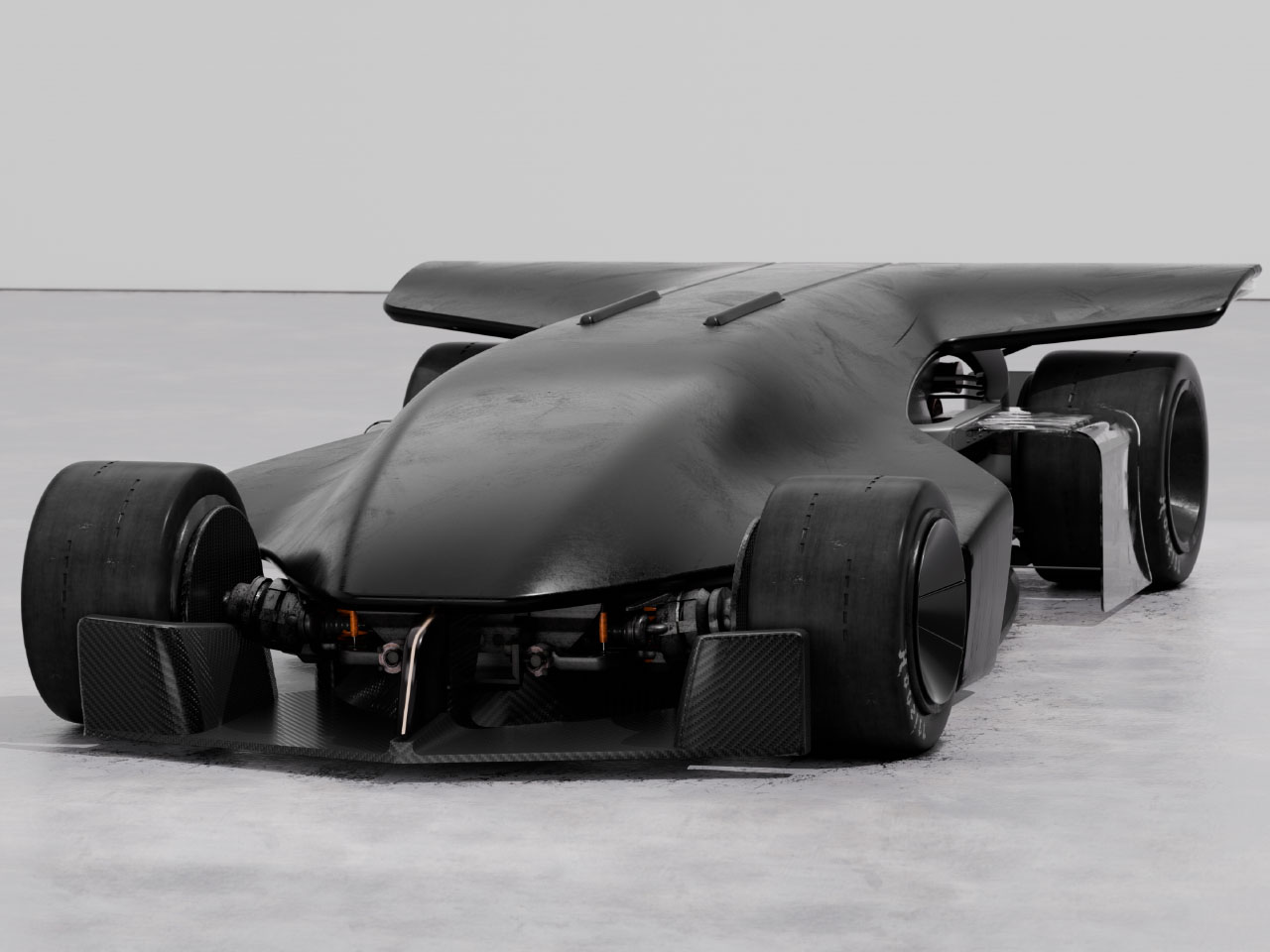
Having seen countless Batmobile designs all these years – whether concept or real ones – the buck stops at how intimidating the build is. The ride should have an Alpha presence when parked alongside other cars, no matter whether they are supercars, SUVs, or monster trucks.
If it’s a Batmobile it should be draped in dark hues of black, although matte is preferred to continue the dark theme. This car is designed for racing given its low riding position, almost glued to the tarmac just like a Formula racer.
Designer: Fabien Guilloux
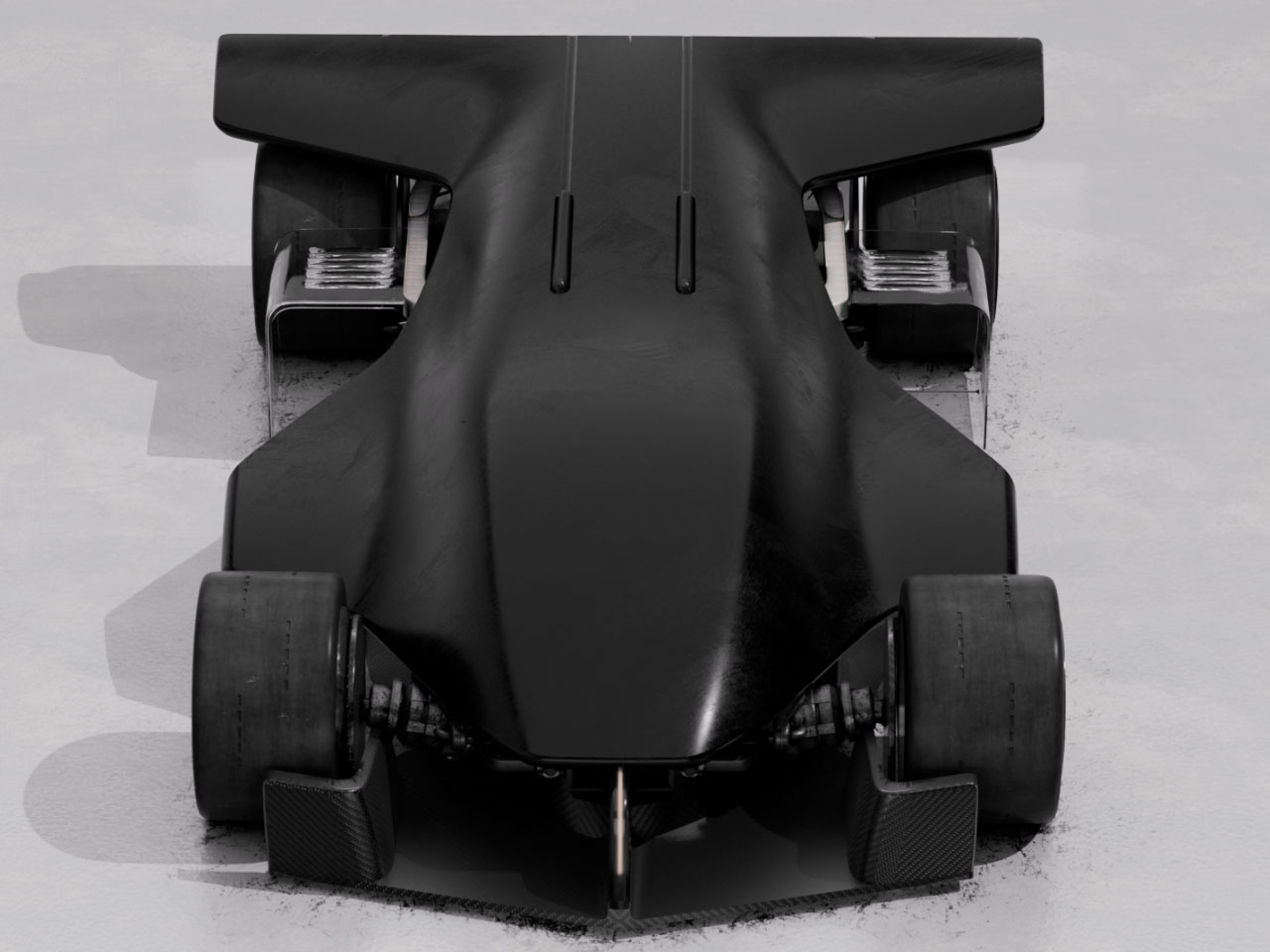
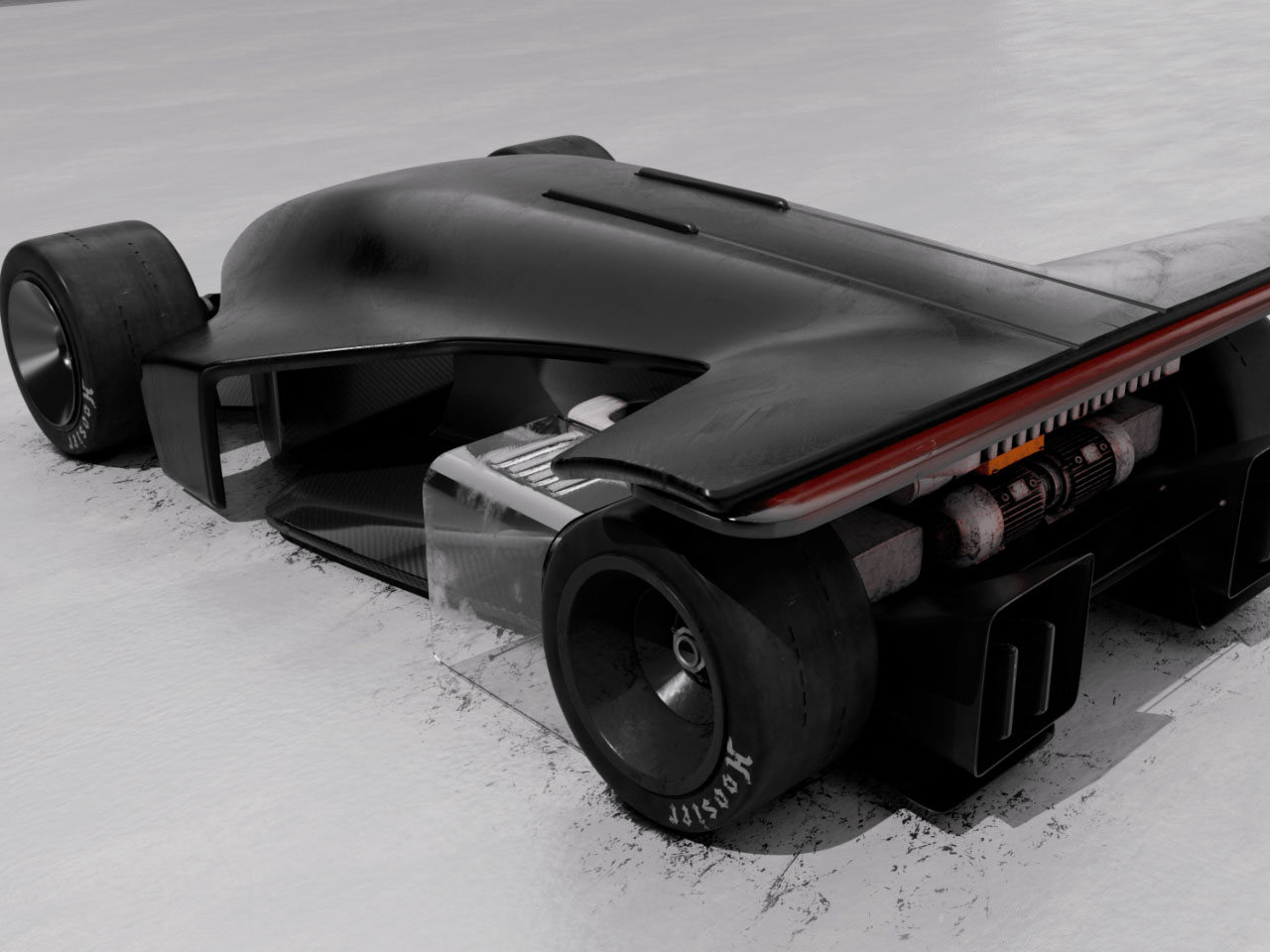
RobotRacer BBA is a racing vehicle that has Brutal, Black and Autonomous in its DNA. Being a modern take on Batmobile this concept has raw mechanical appeal with the exposed components. Those big front and rear axles, suspension and air intakes take me back to the early 2000s when F1 racing cars had a similar exterior. The dark theme overpowers the sleek lines and curves of the car, however, it does give off a very cool racing vibe. Having a second look at the hover cam view, it looks like a love child of a stealth aircraft and an F1 racer.
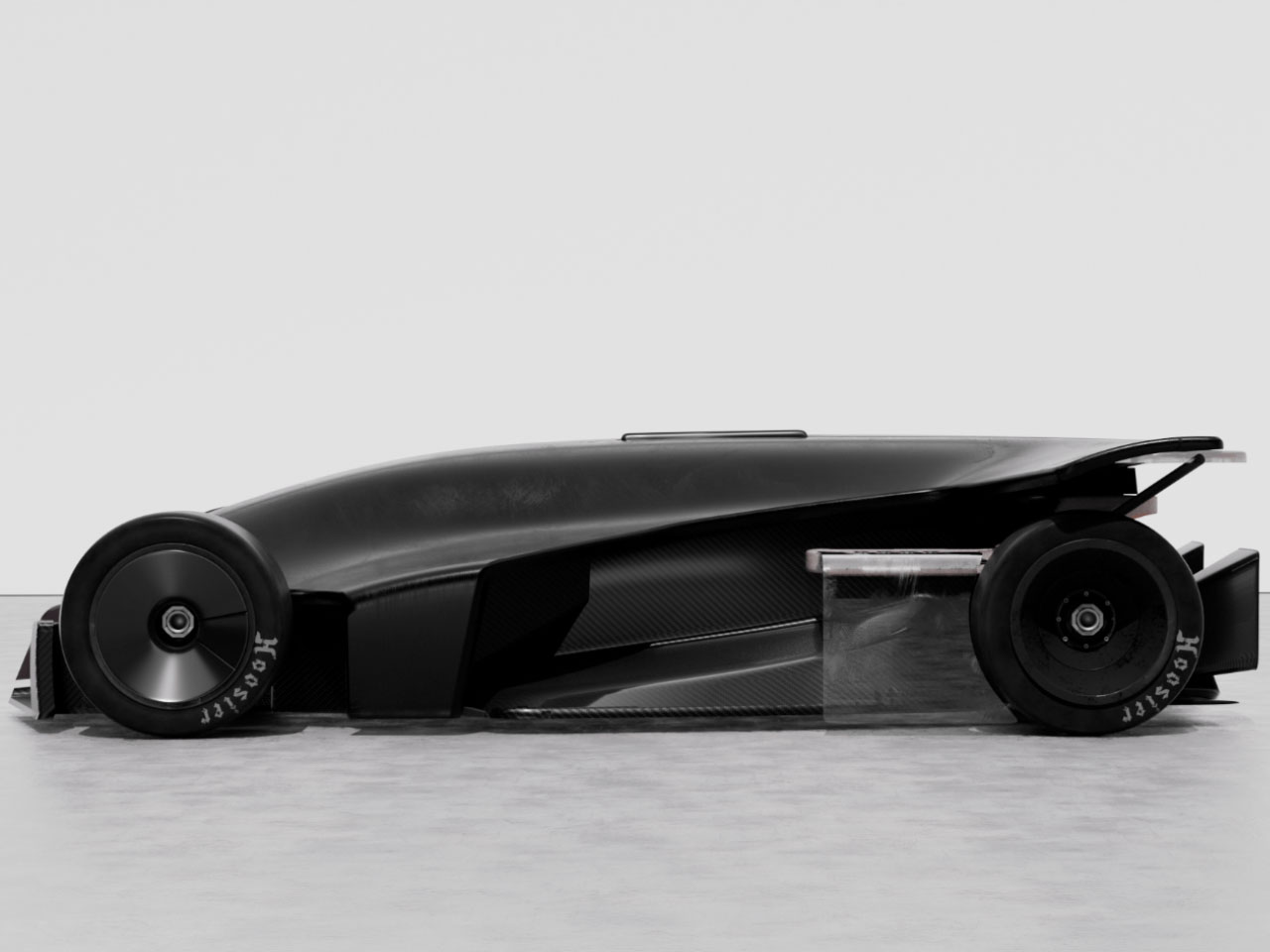
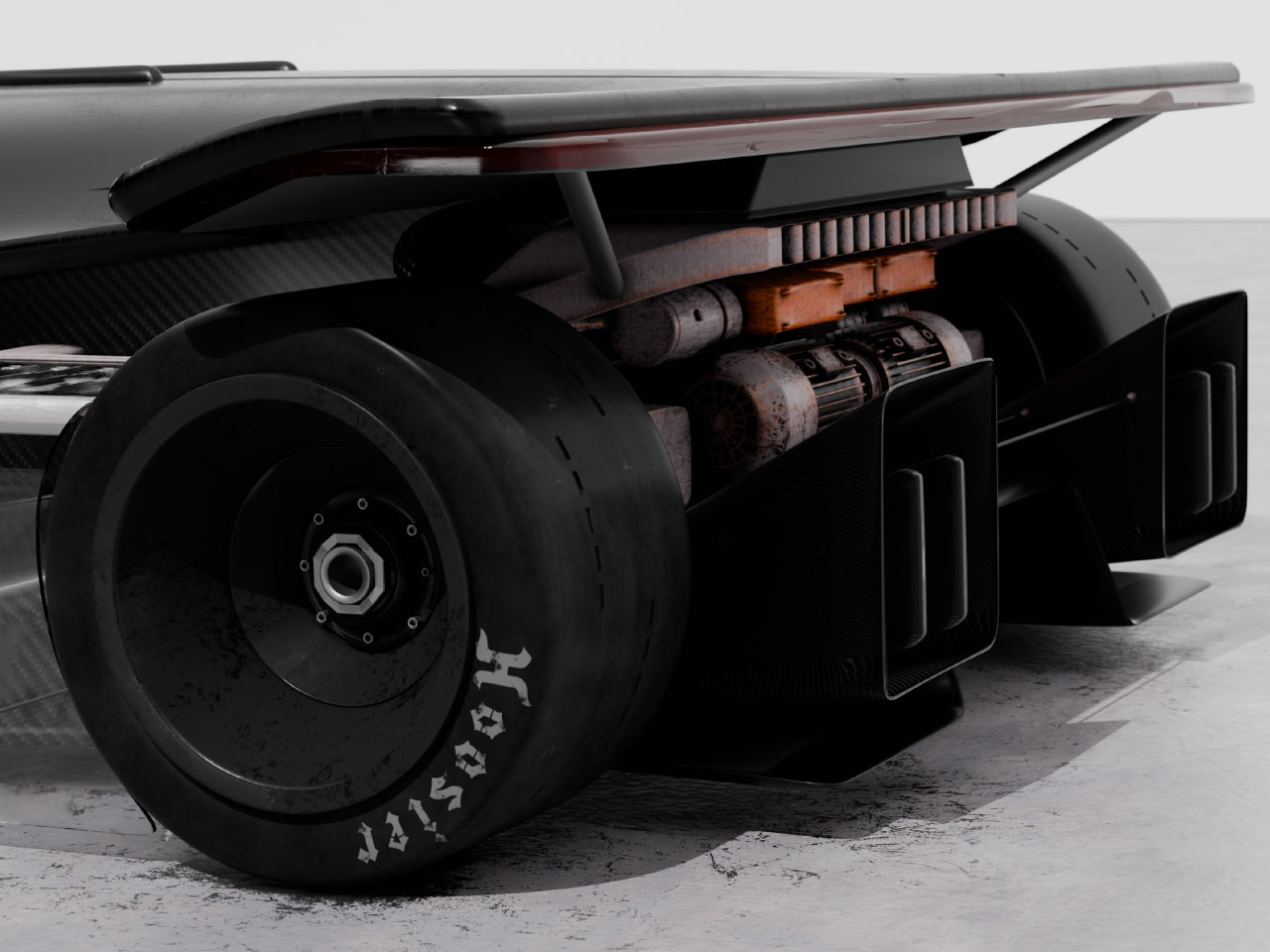
The all-wheel drive vehicle has an electric powertrain ready to deliver all the torque to the front and rear wheels. Being completely autonomous gives the designer complete freedom to make it ultra-aerodynamic with the least possible drag coefficient. The side air intake pods are quite large but for electric transmission, they serve no purpose, just for aesthetics they are good. Those wheel rims are draped in matte black color to carry the theme. The only things that cannot have the dark hue are the movable metal components.
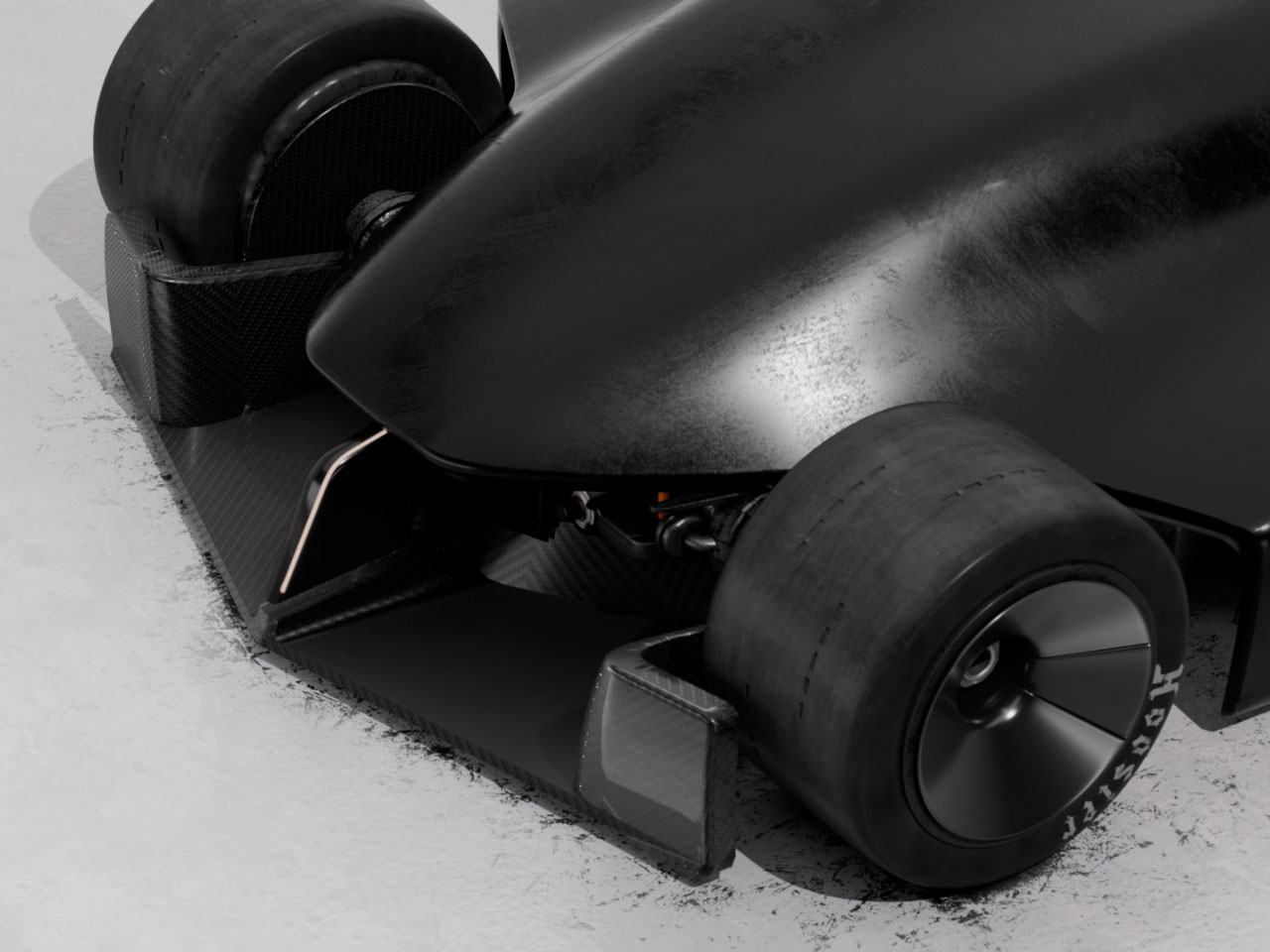
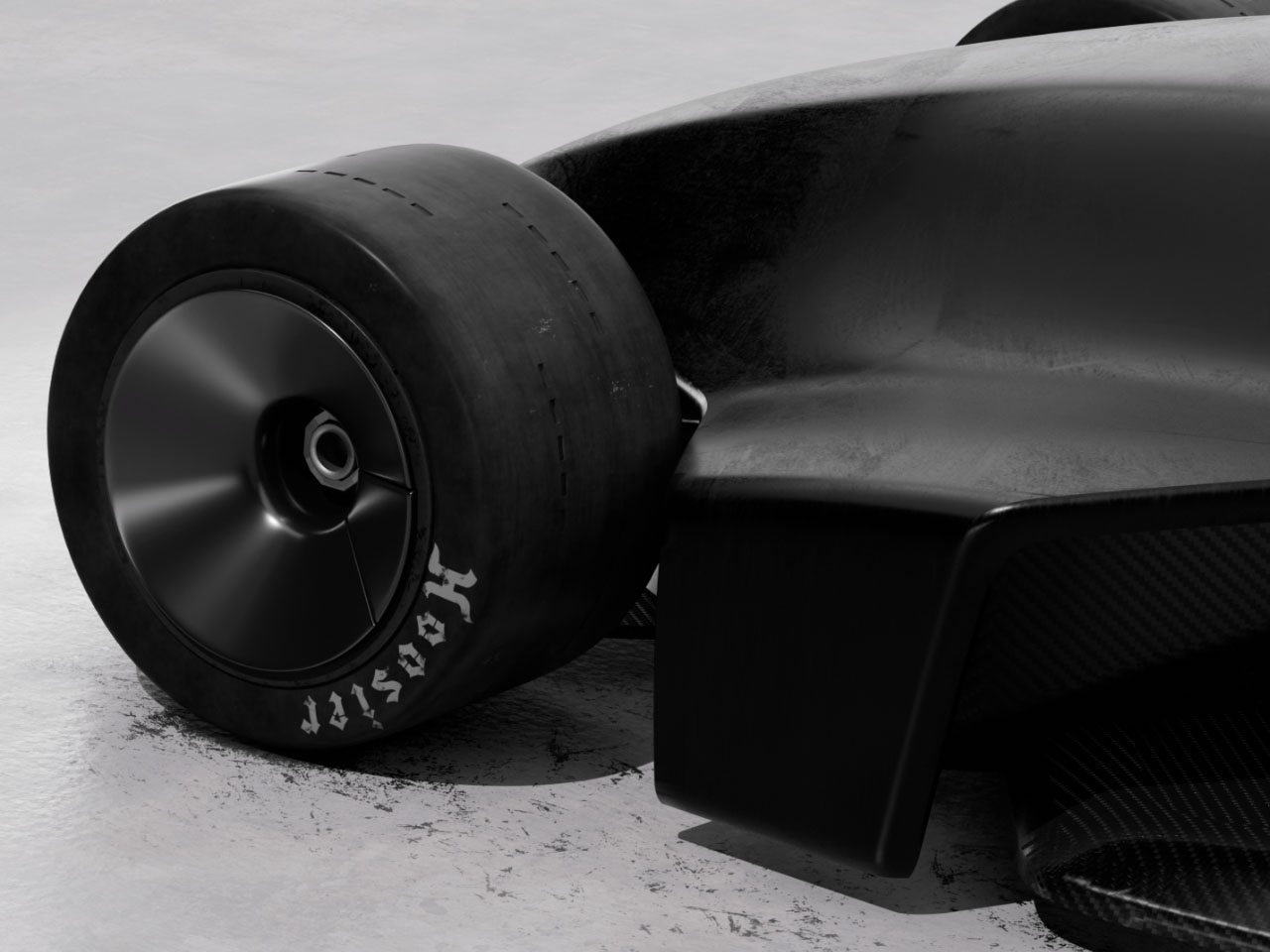
This concept design hit me as a futuristic Batmobile right from the time I first laid my eyes on it. However, being autonomous means Batman will never ride it given there’s no seating space on the inside. Crime fighting will be this car’s sole objective though on a lighter note.
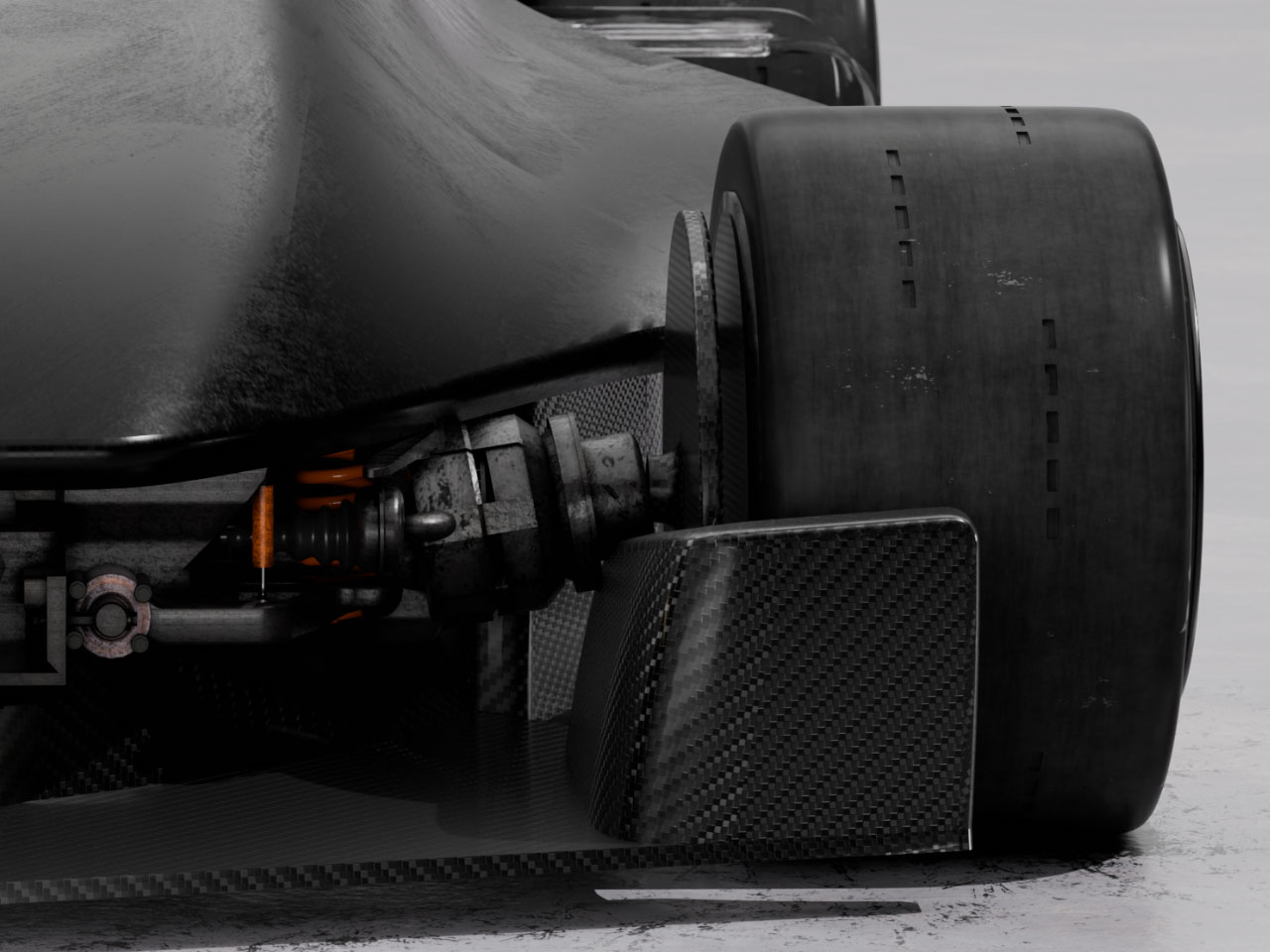
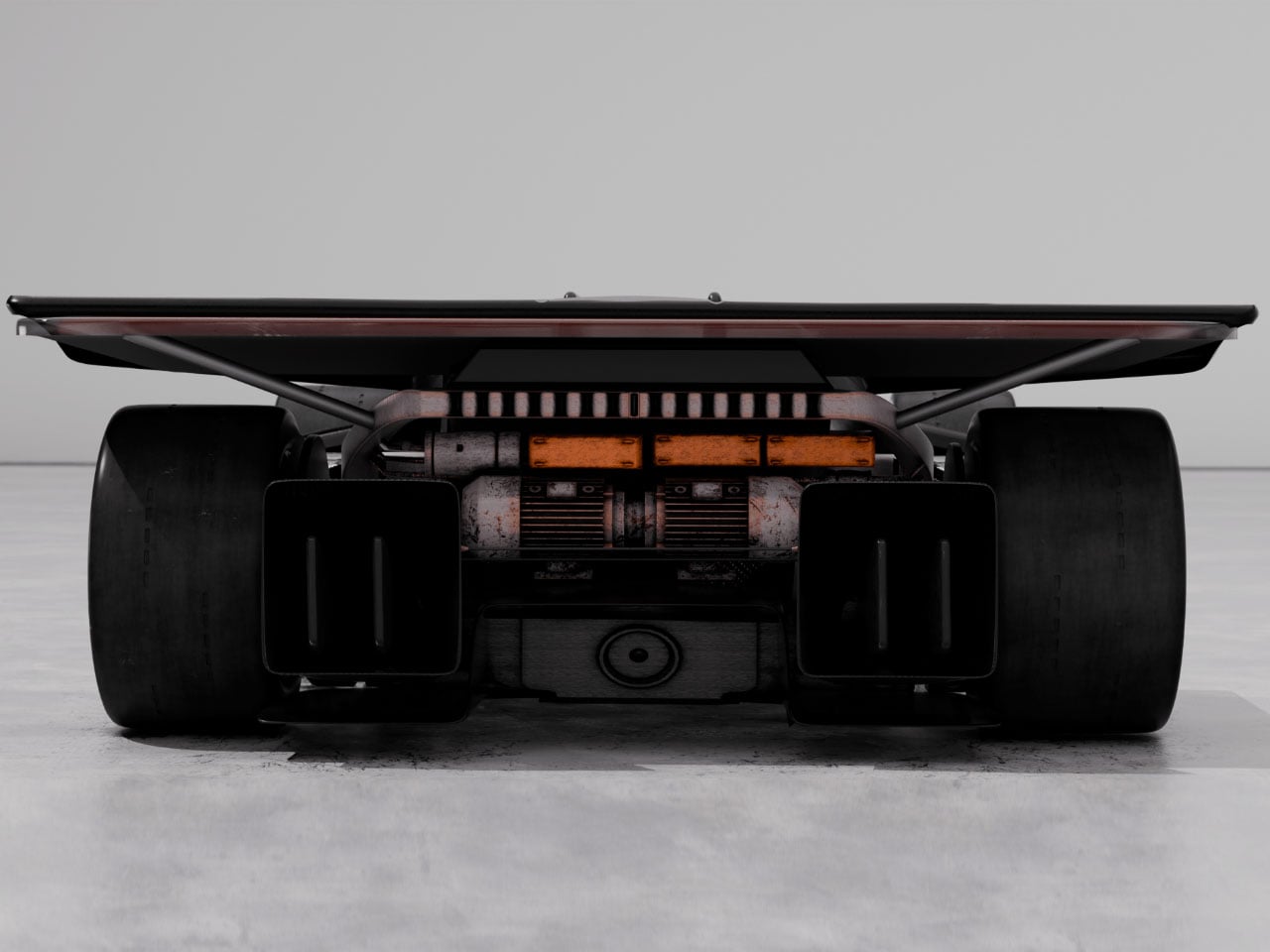
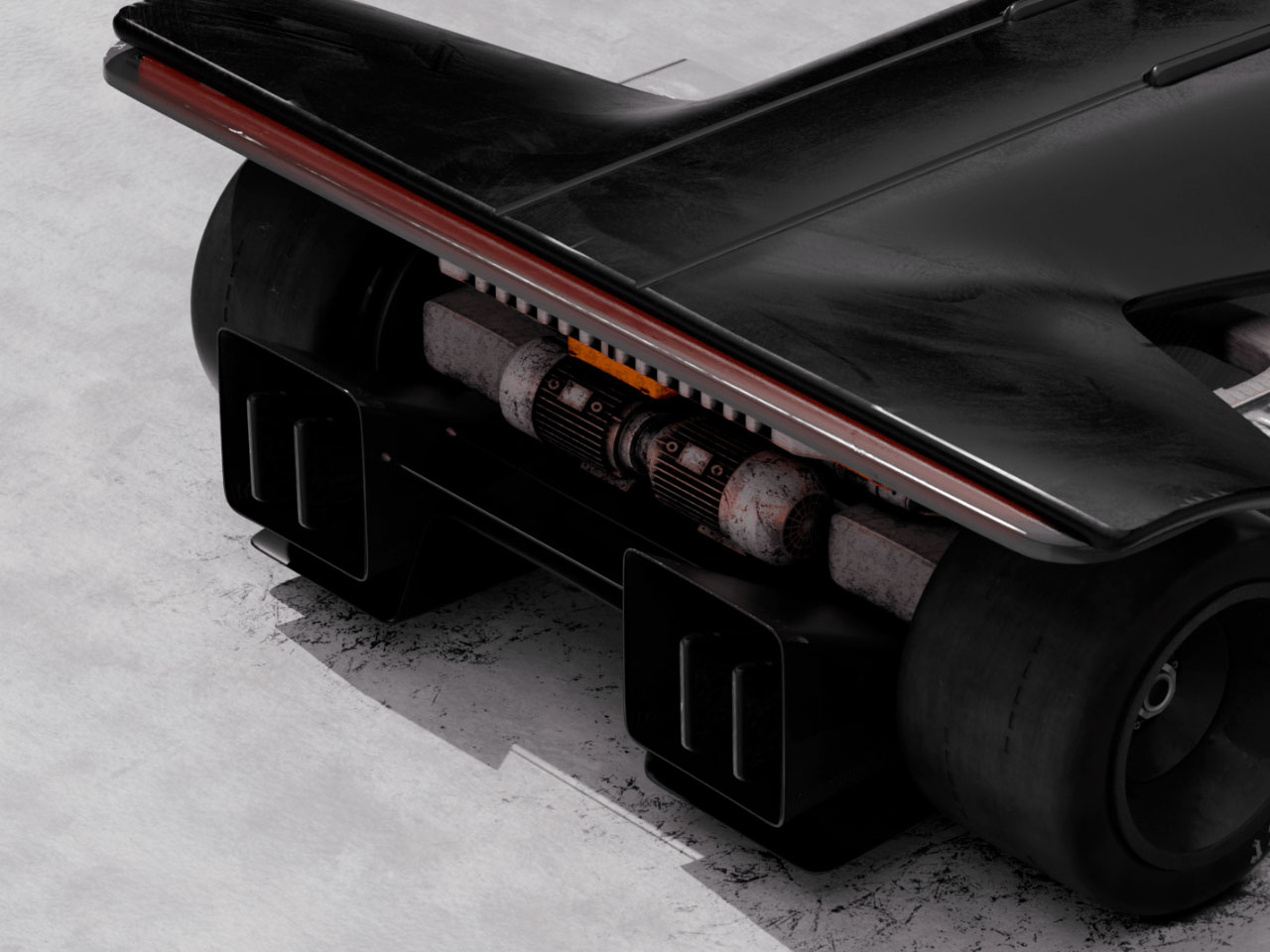
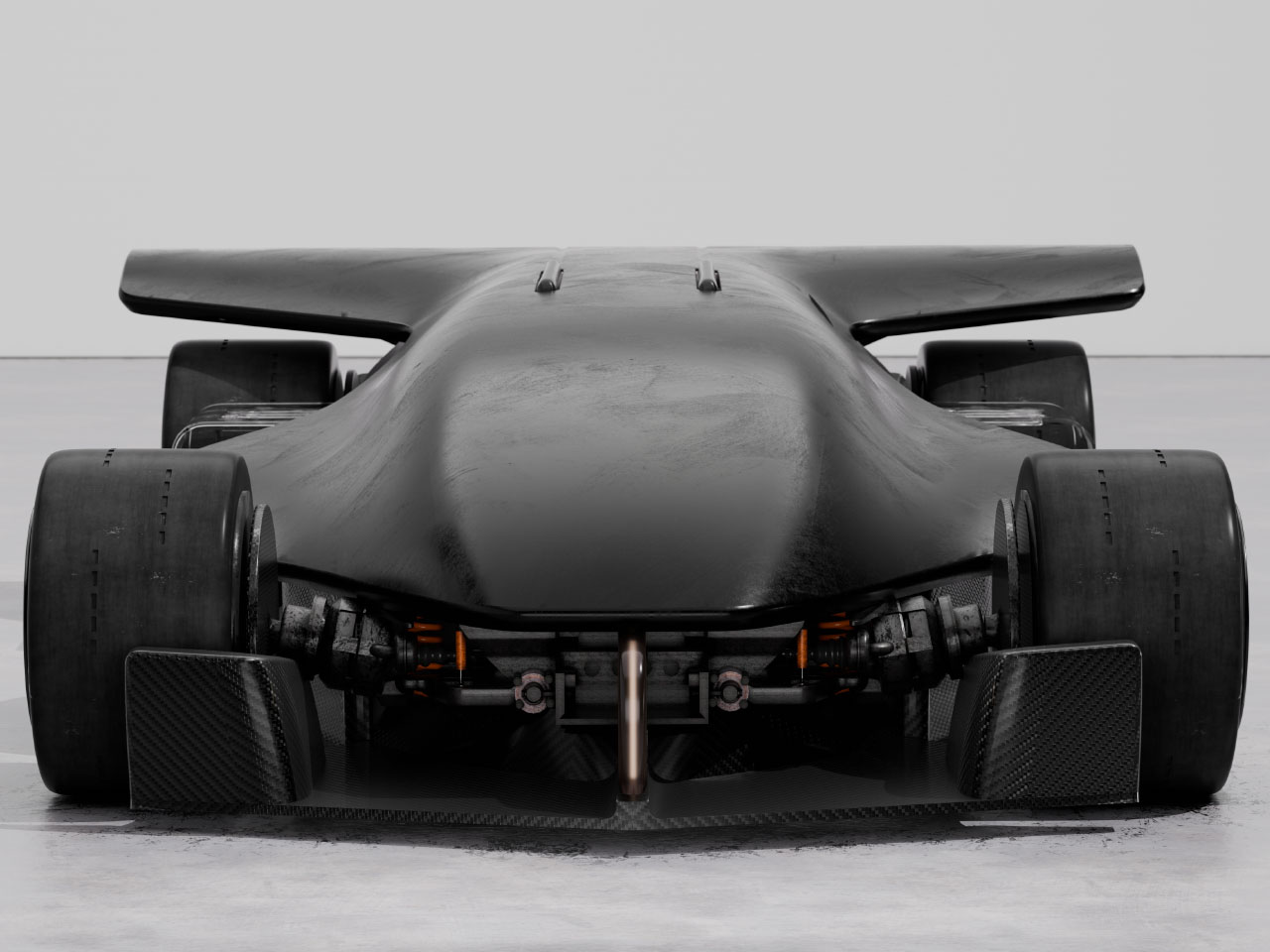
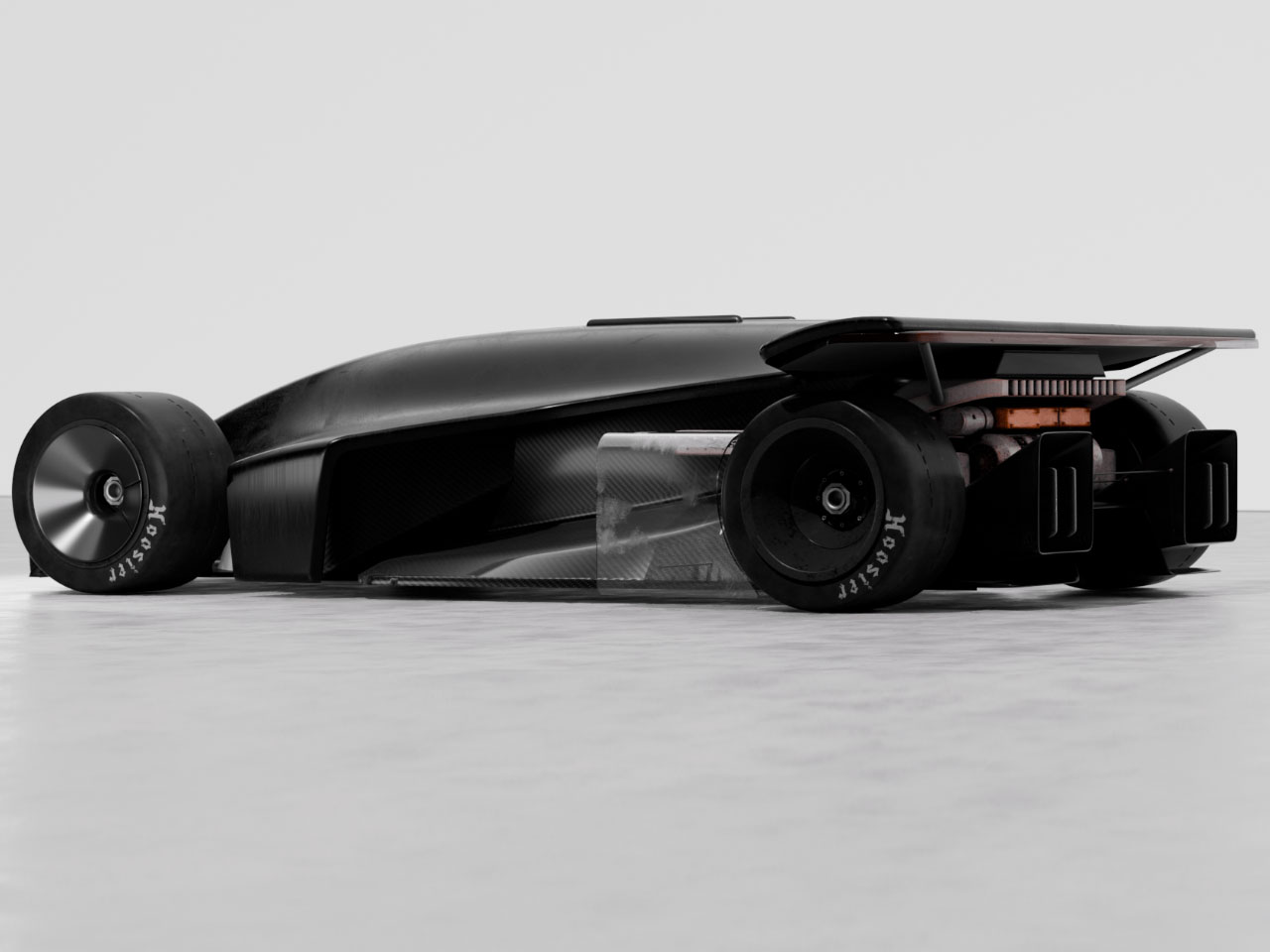
The post Batmobile of the future readies for autonomous racing on the streets first appeared on Yanko Design.
